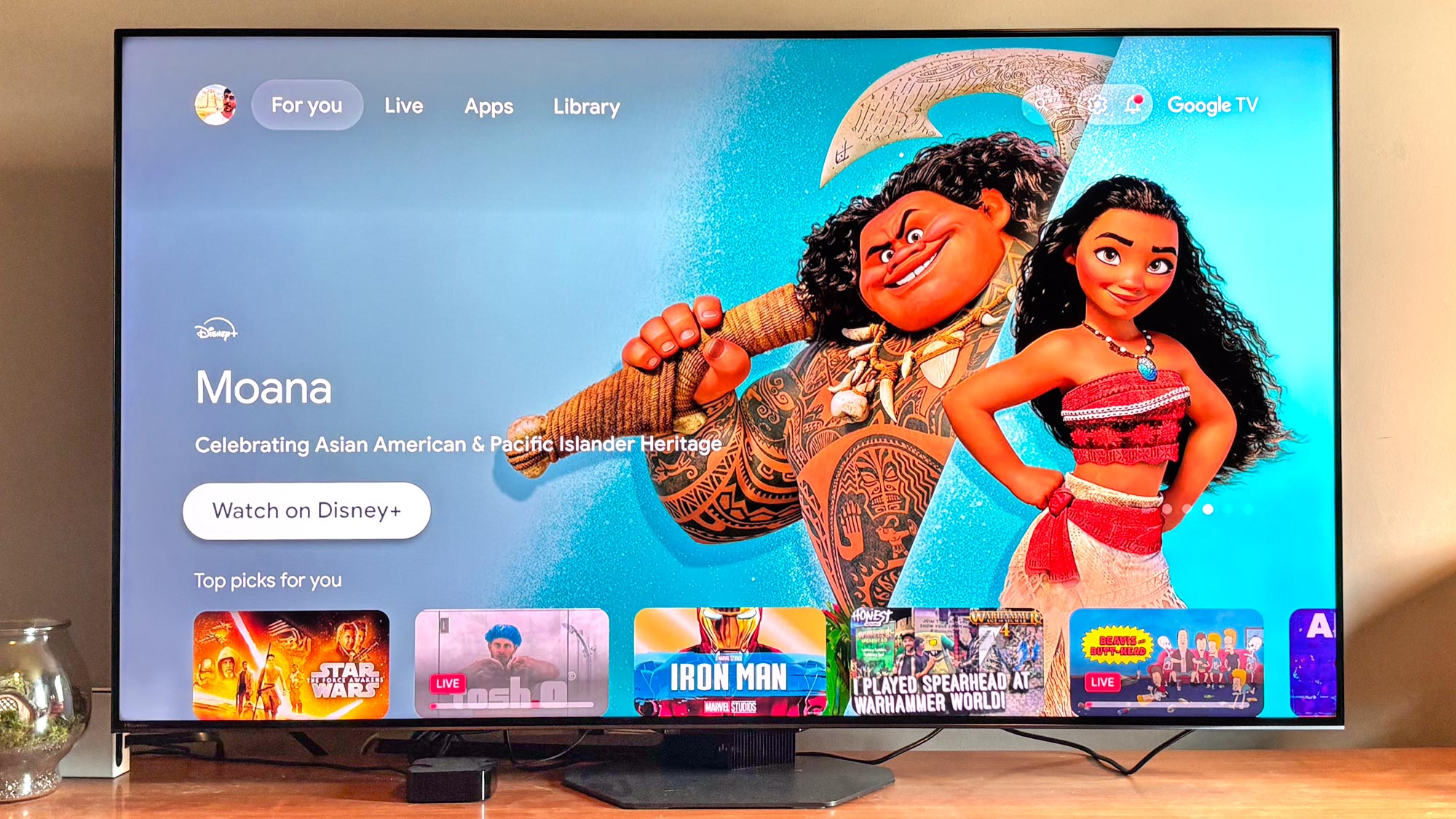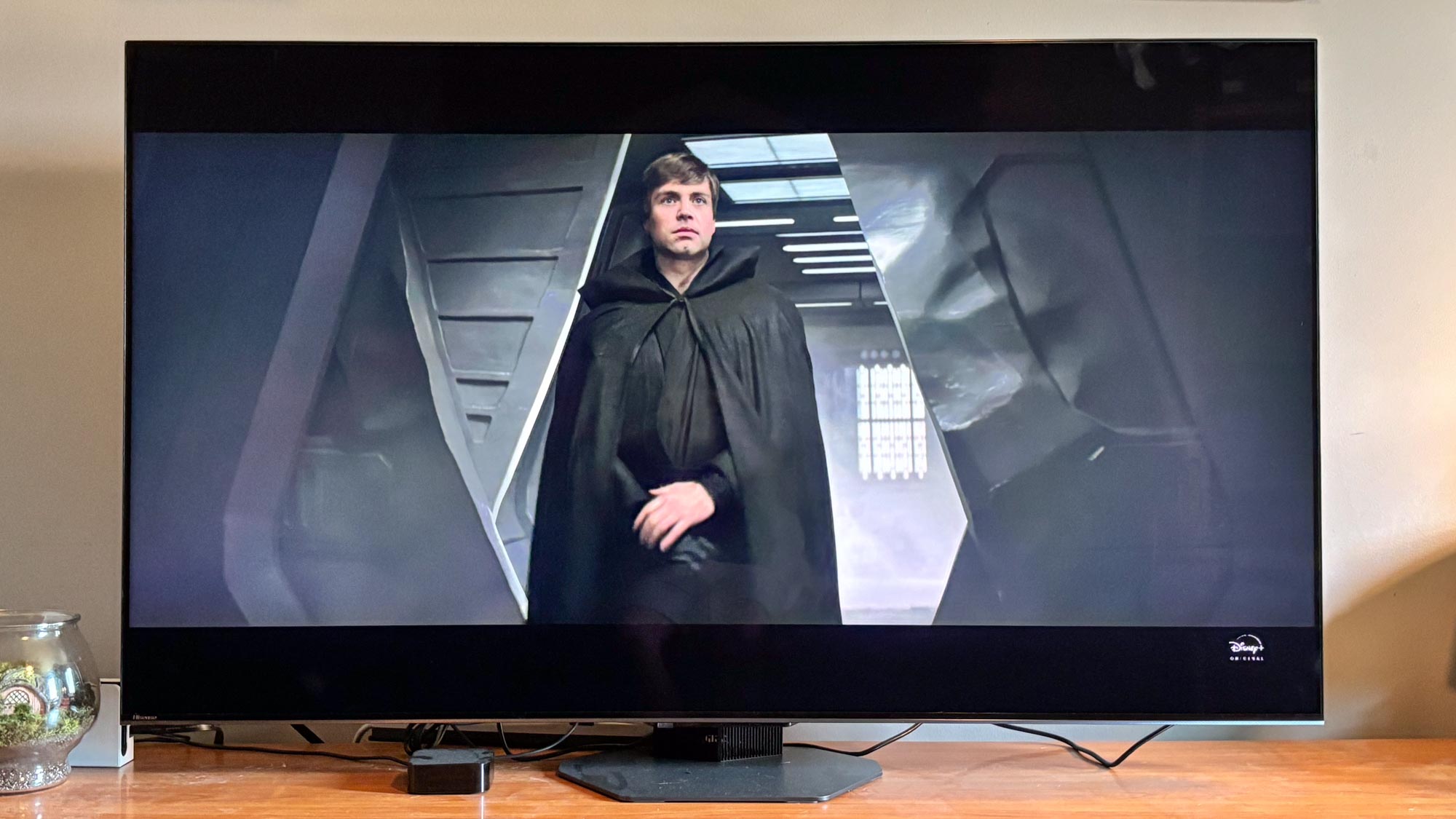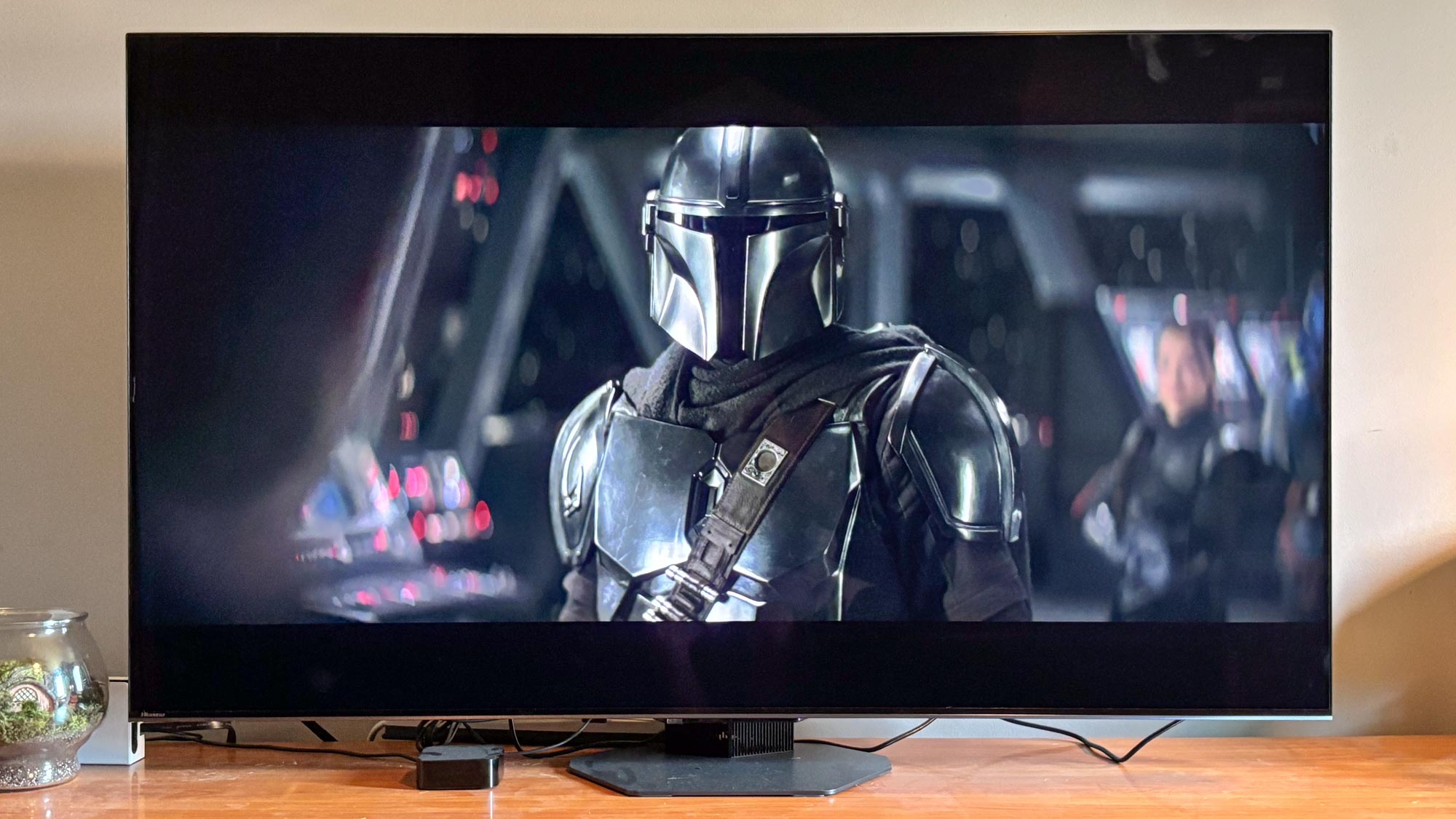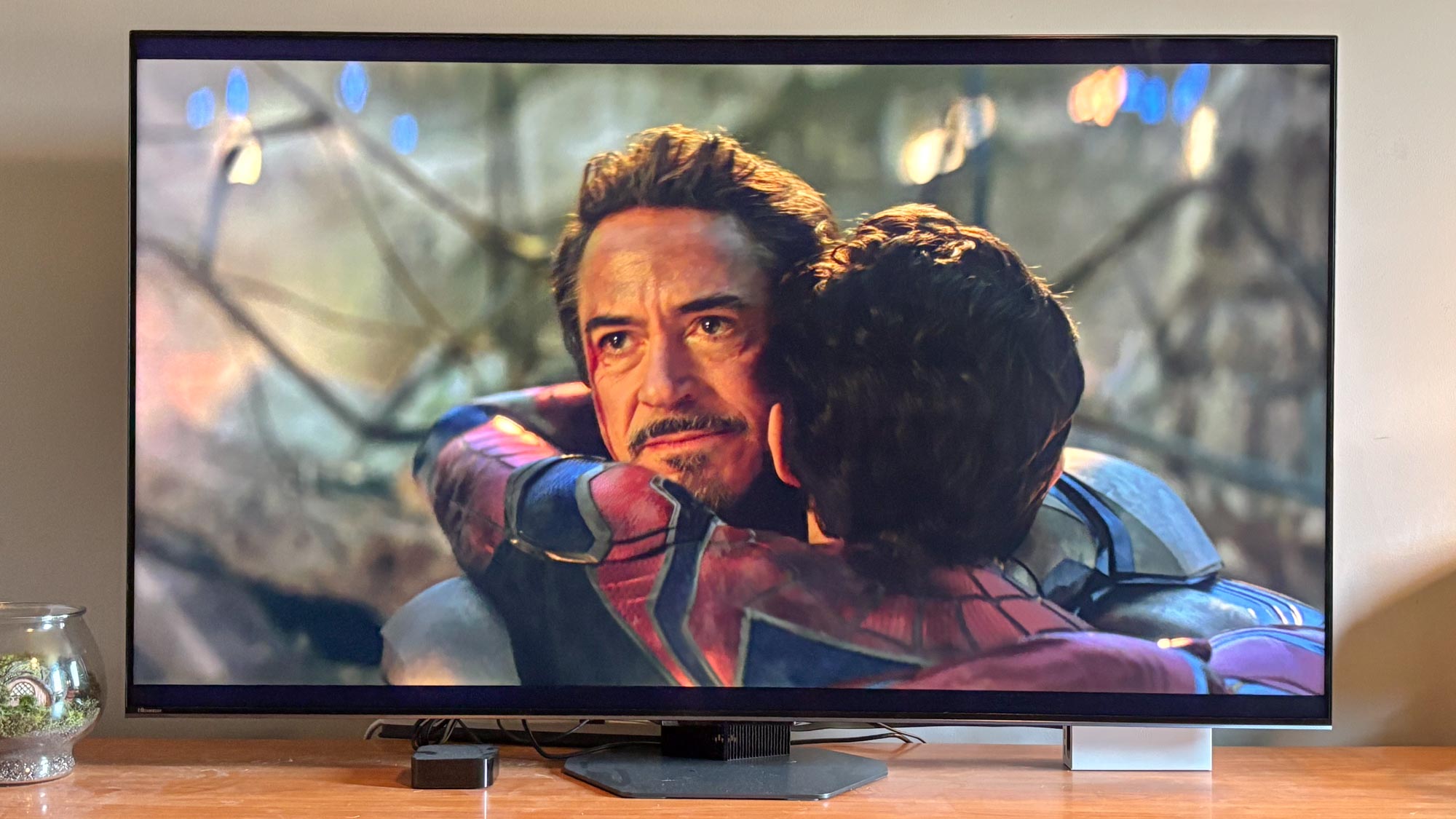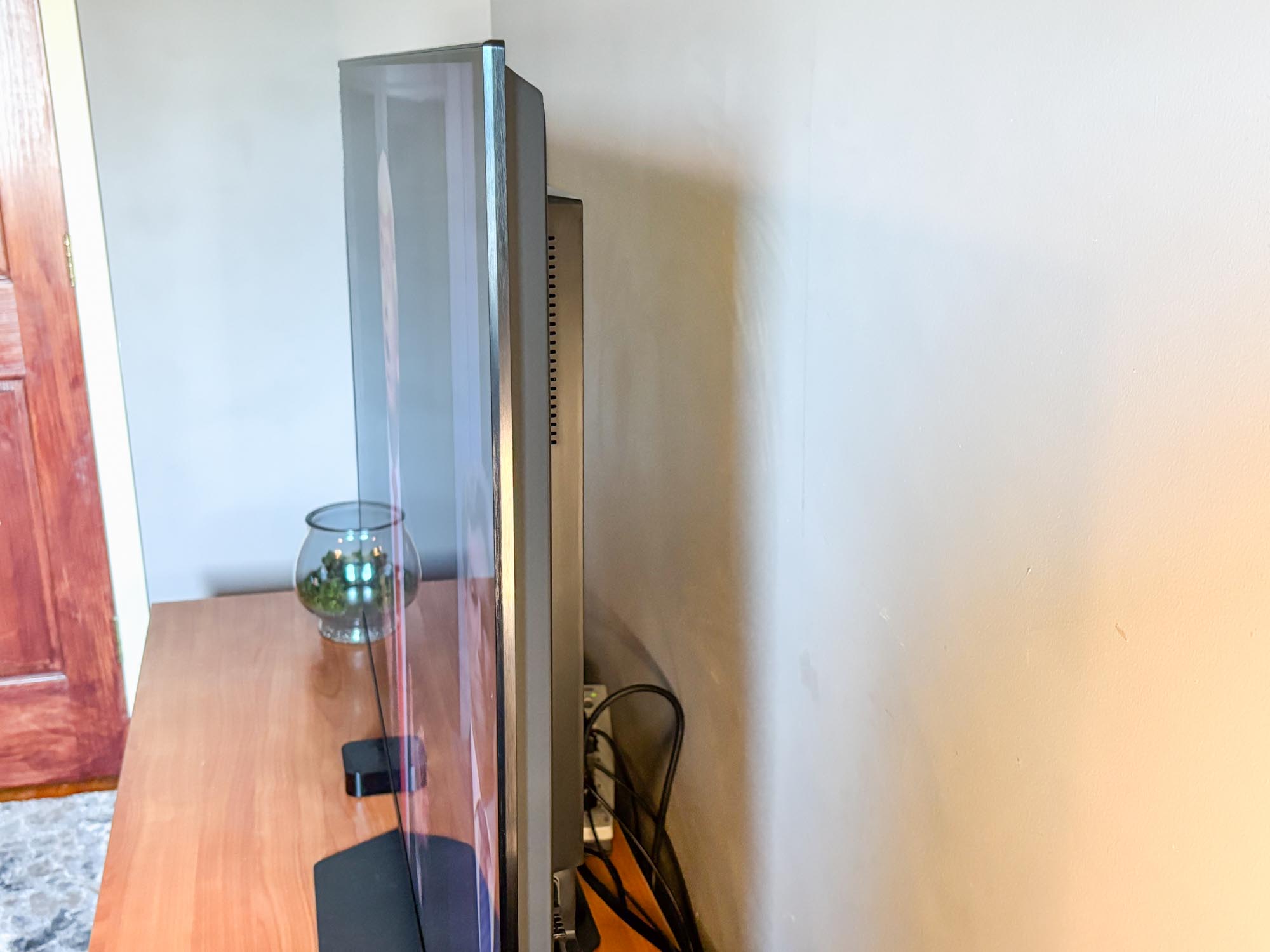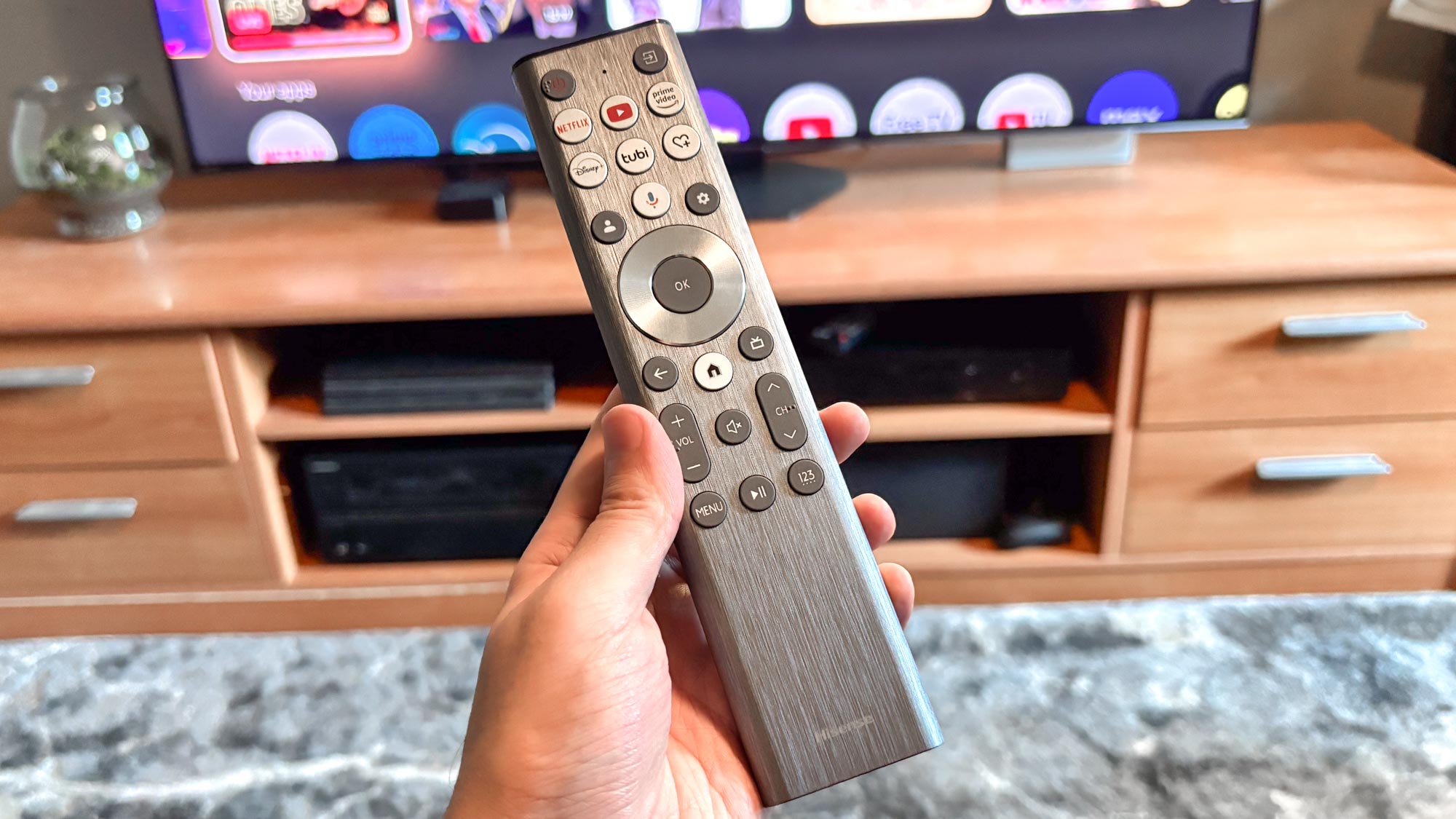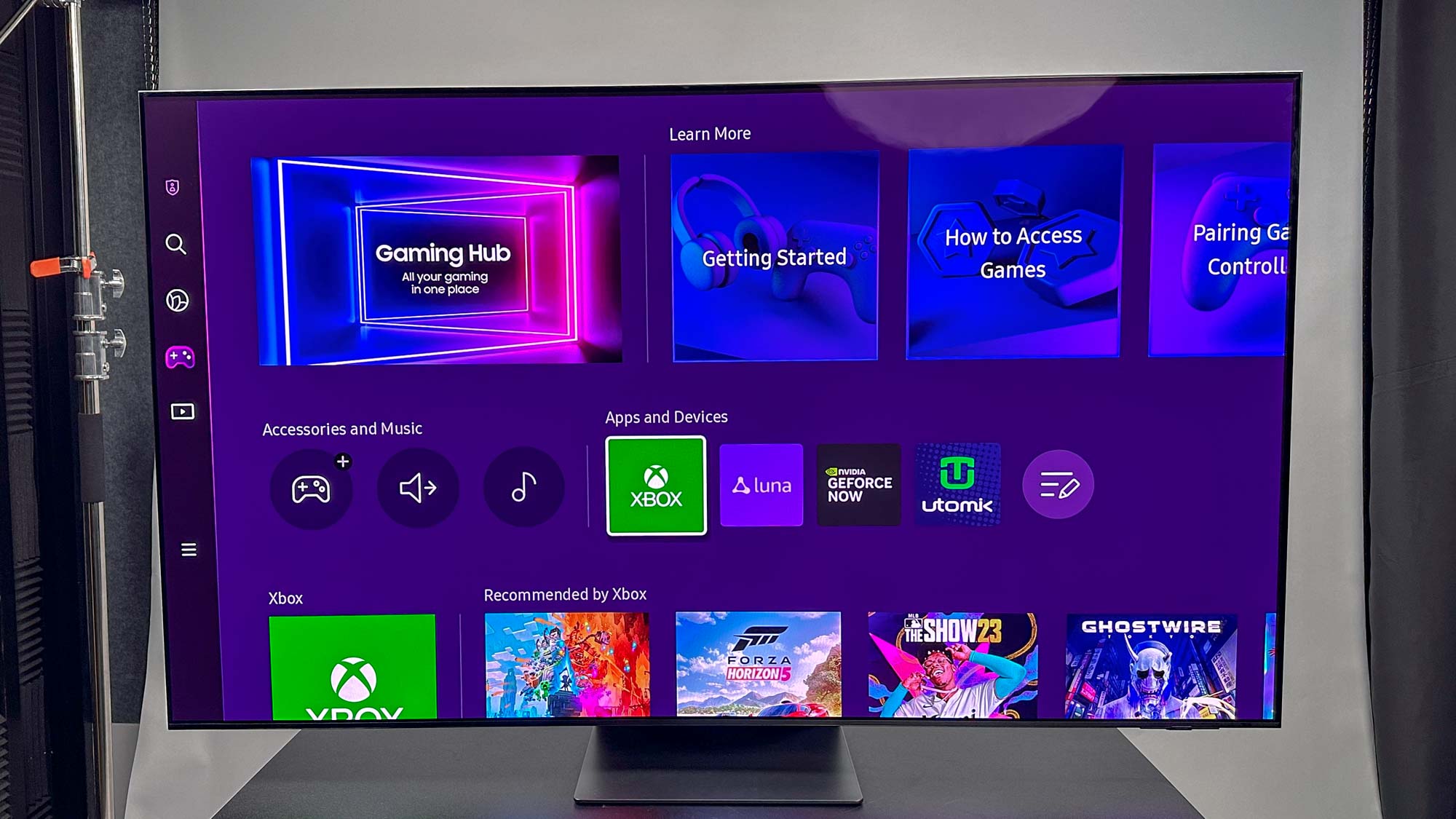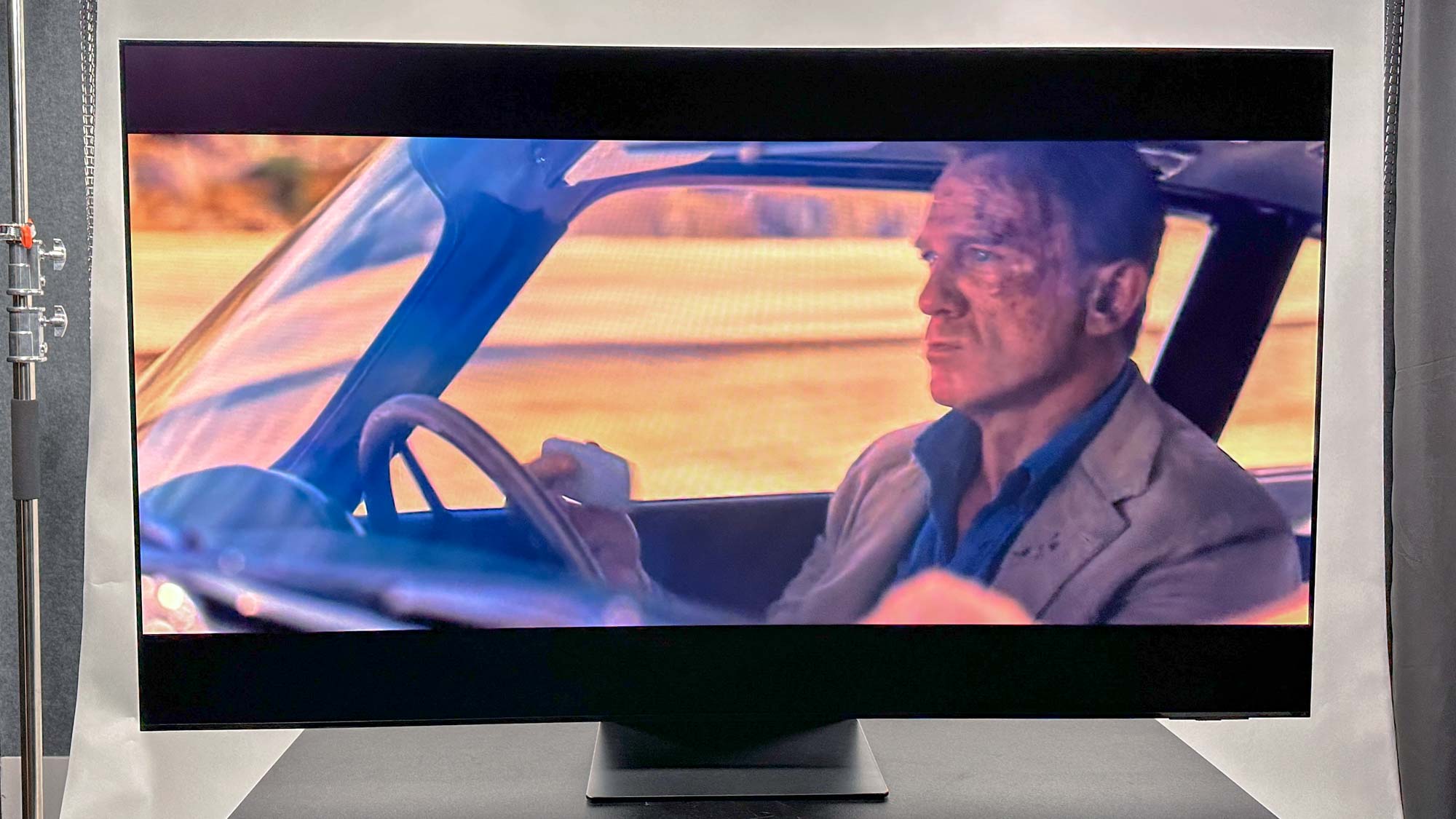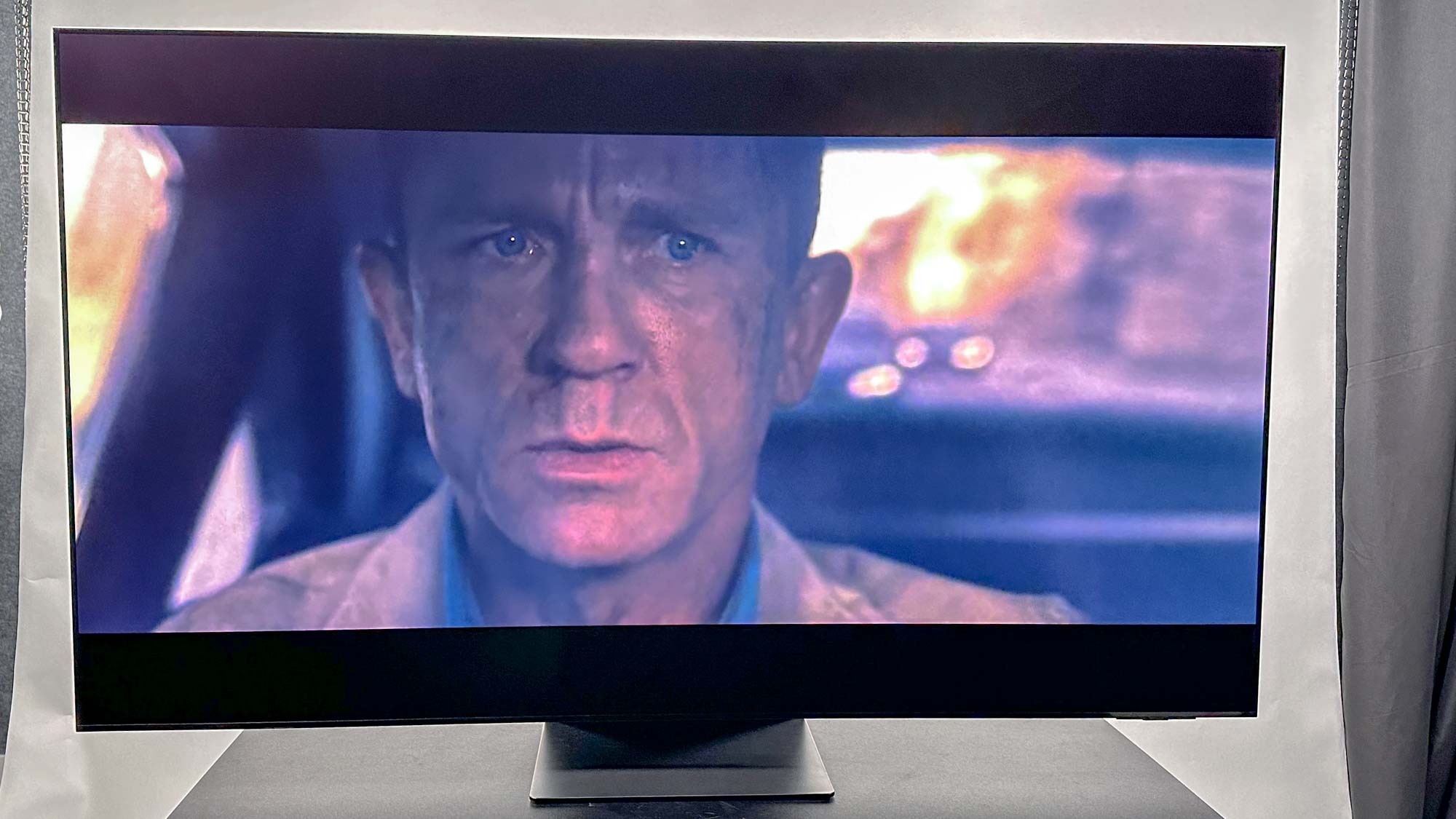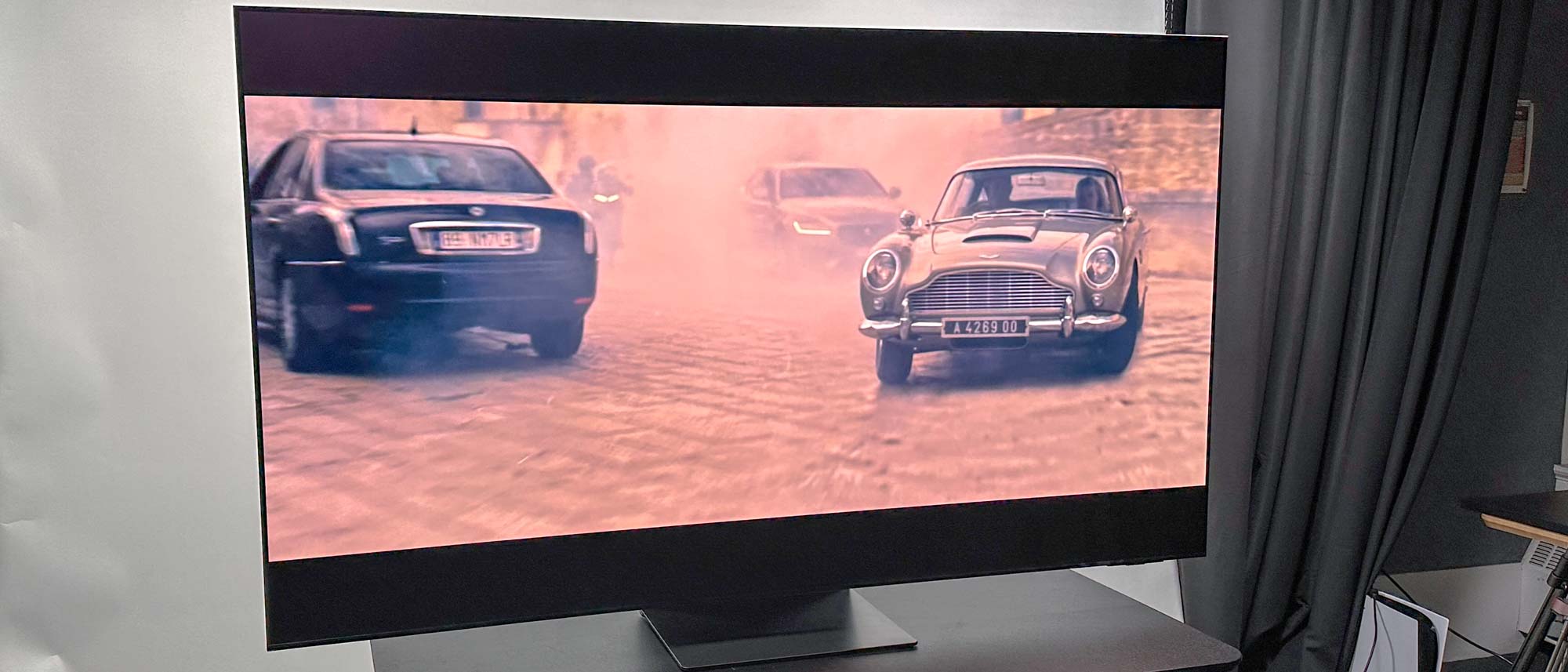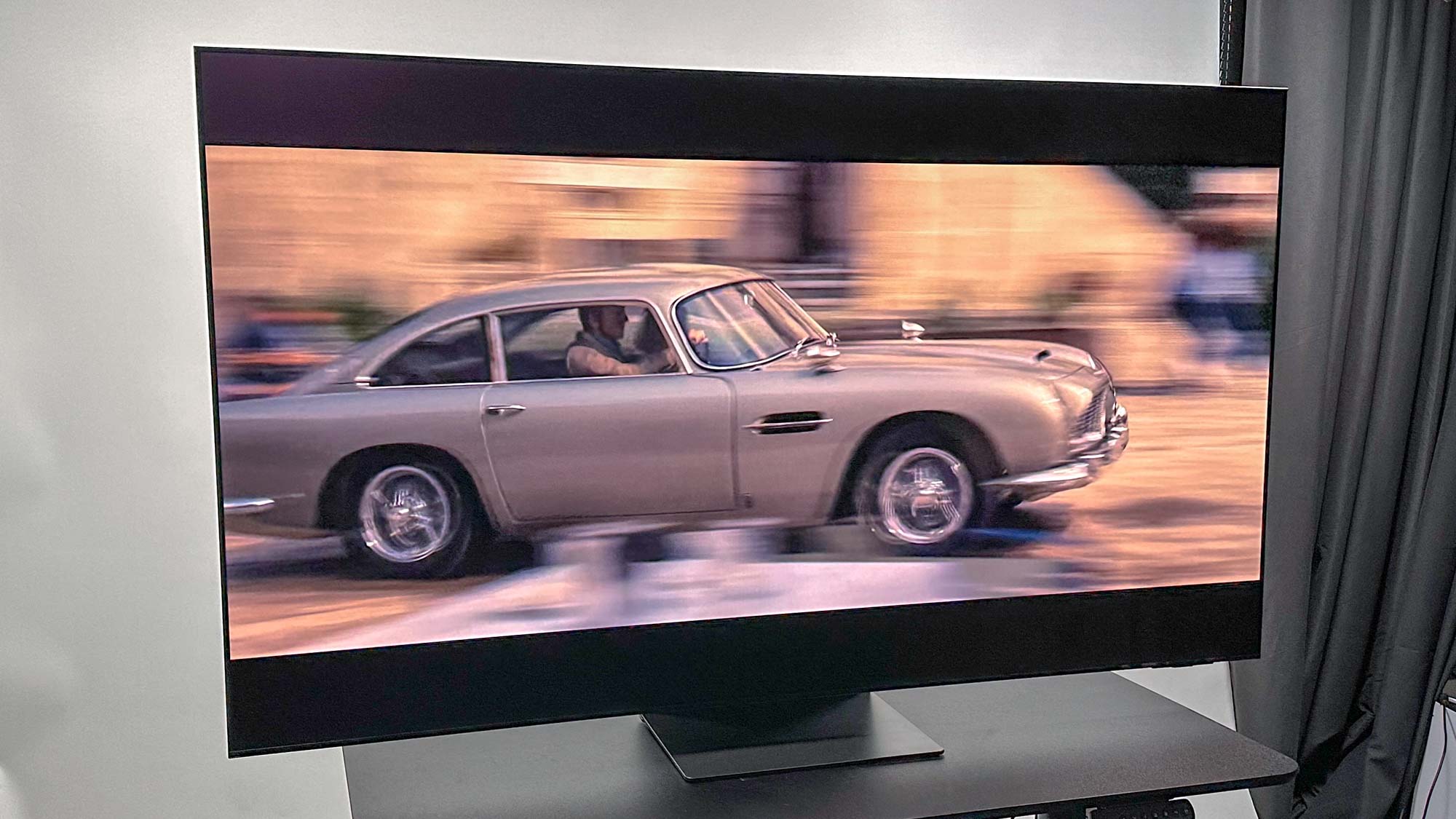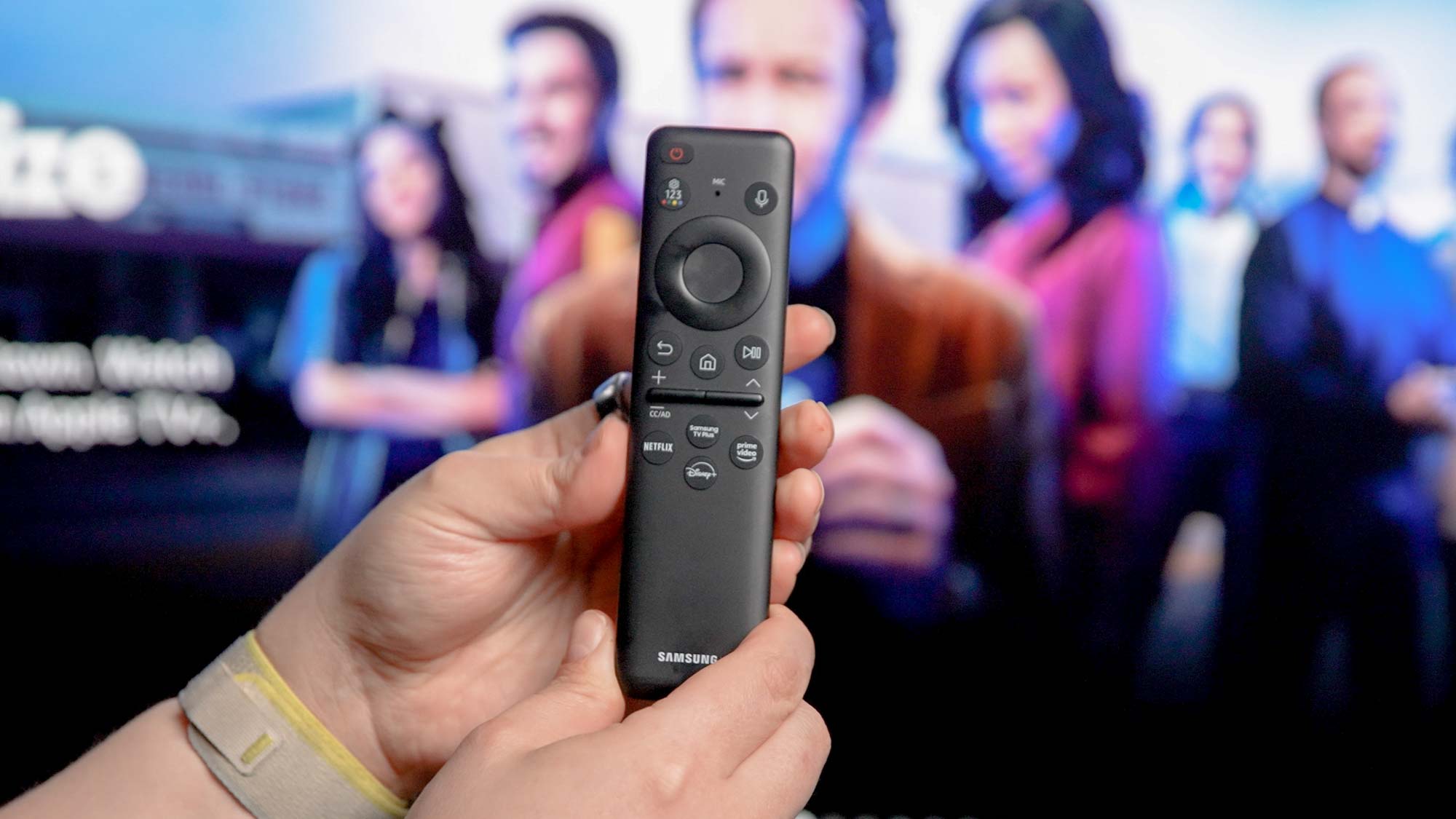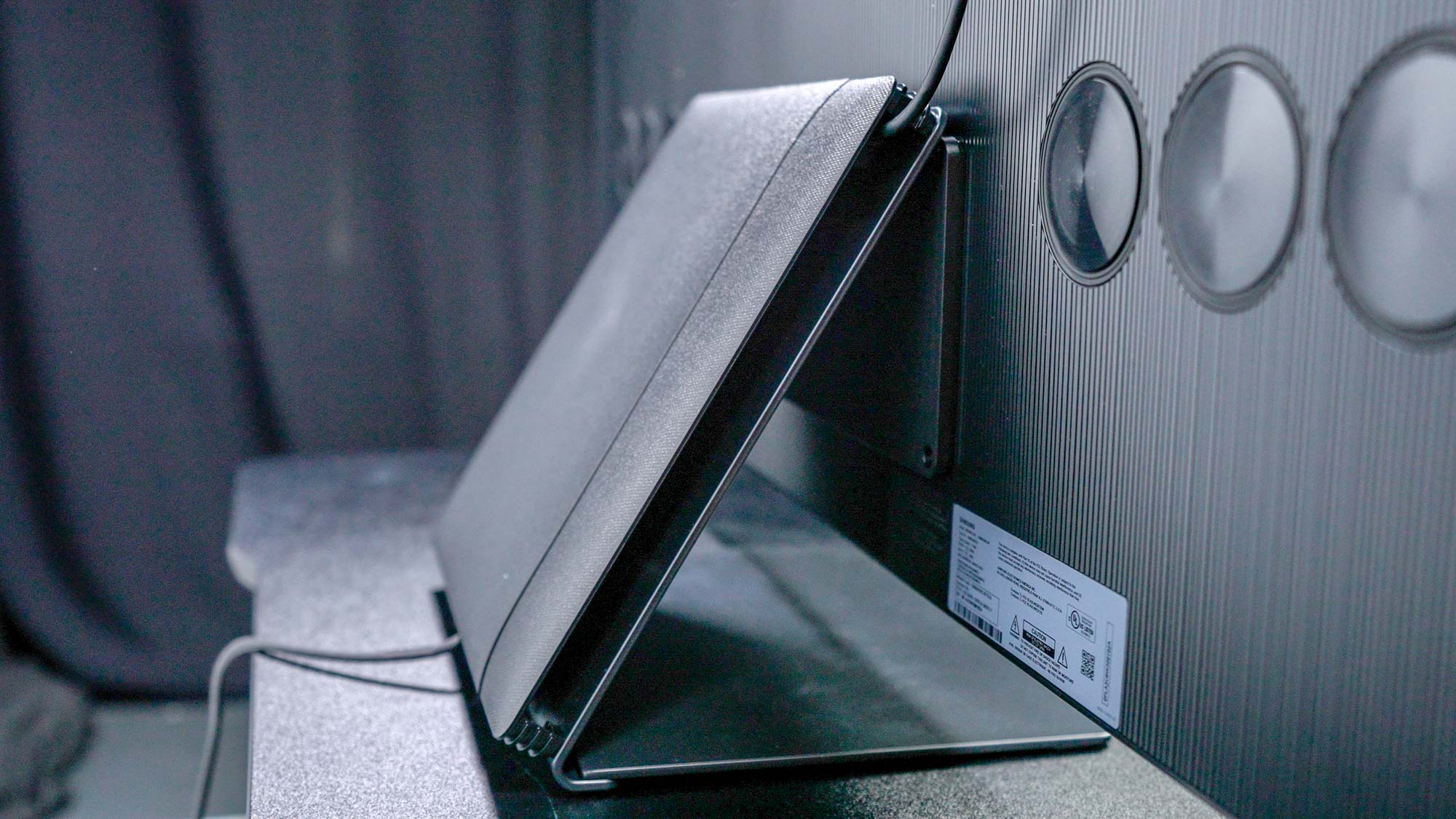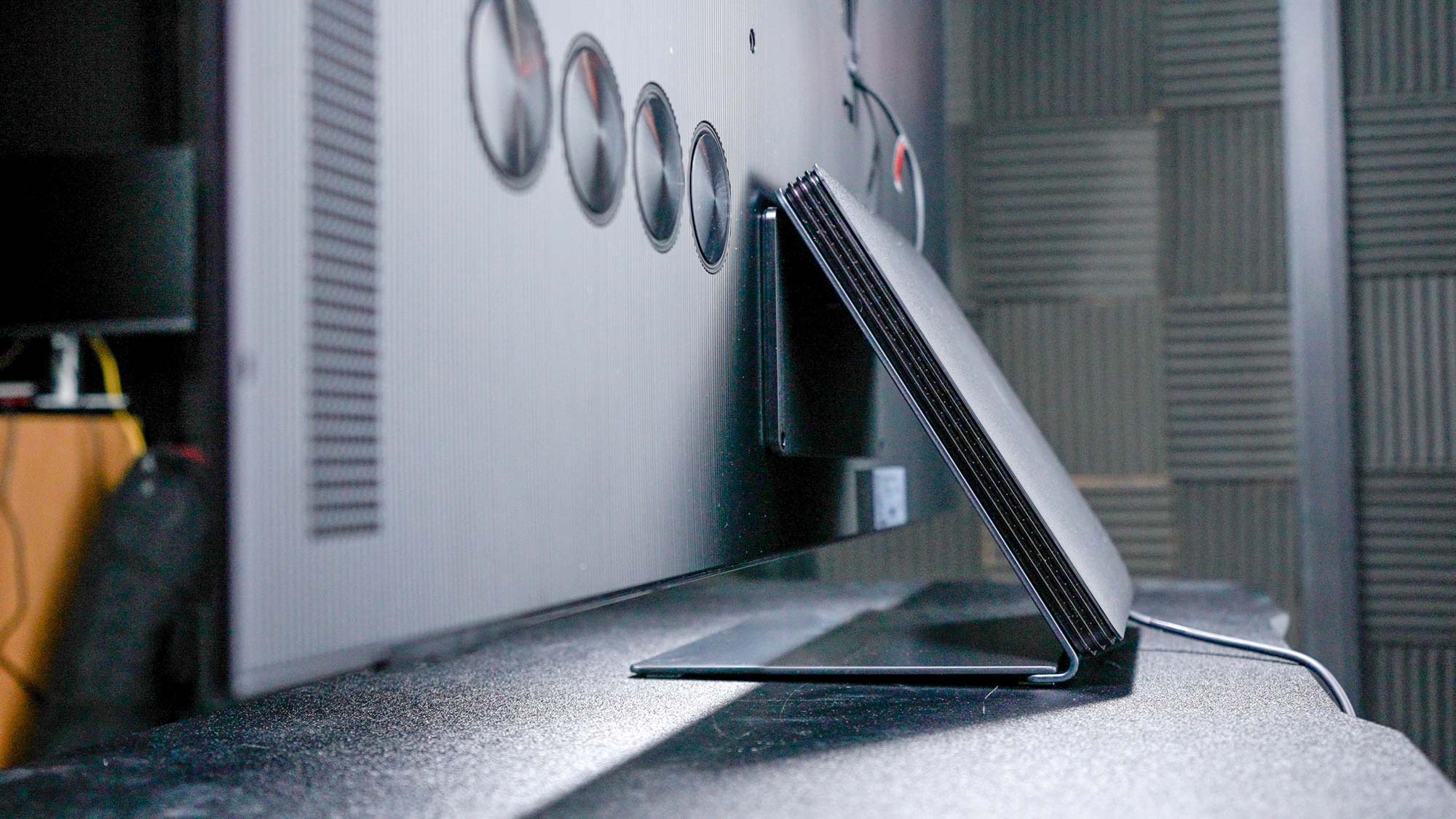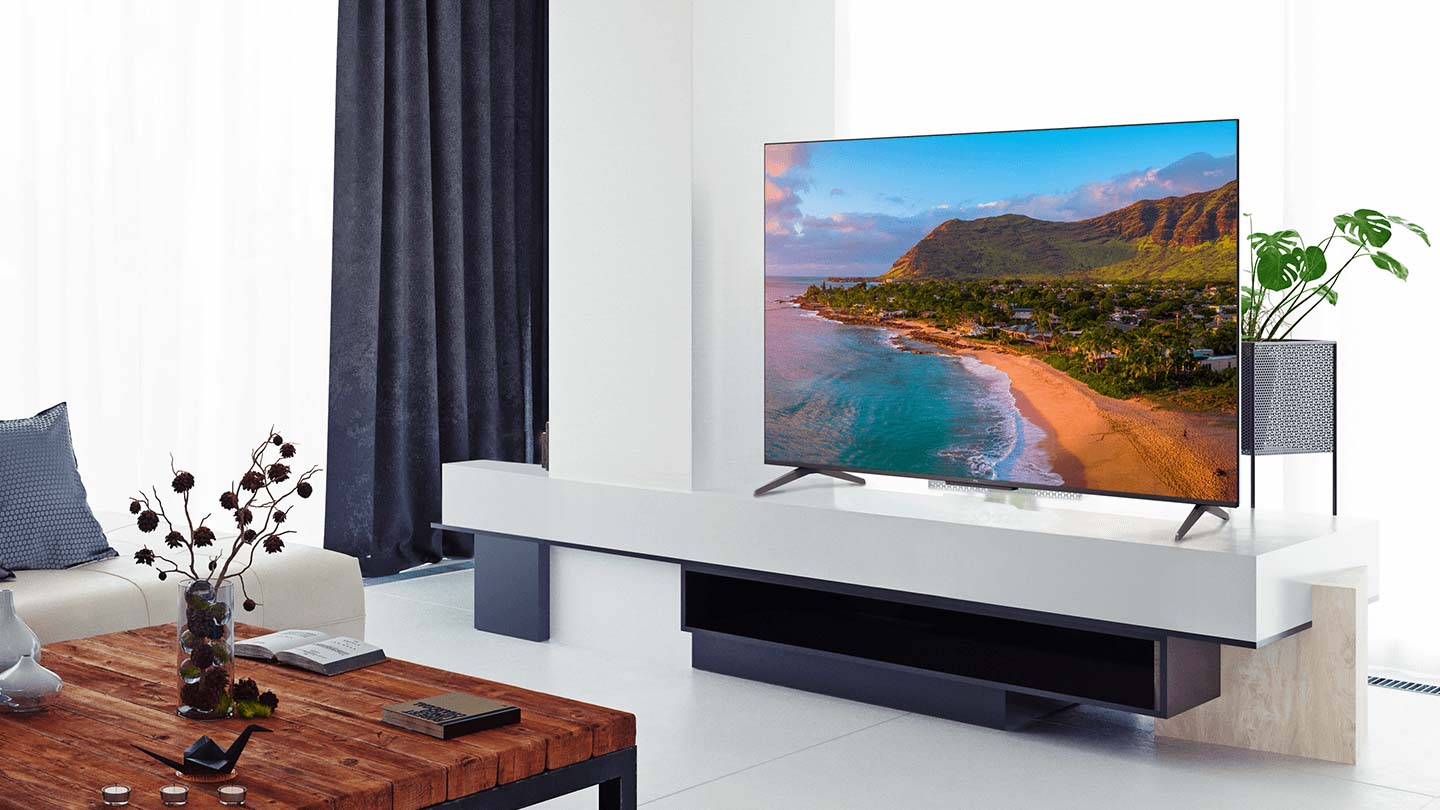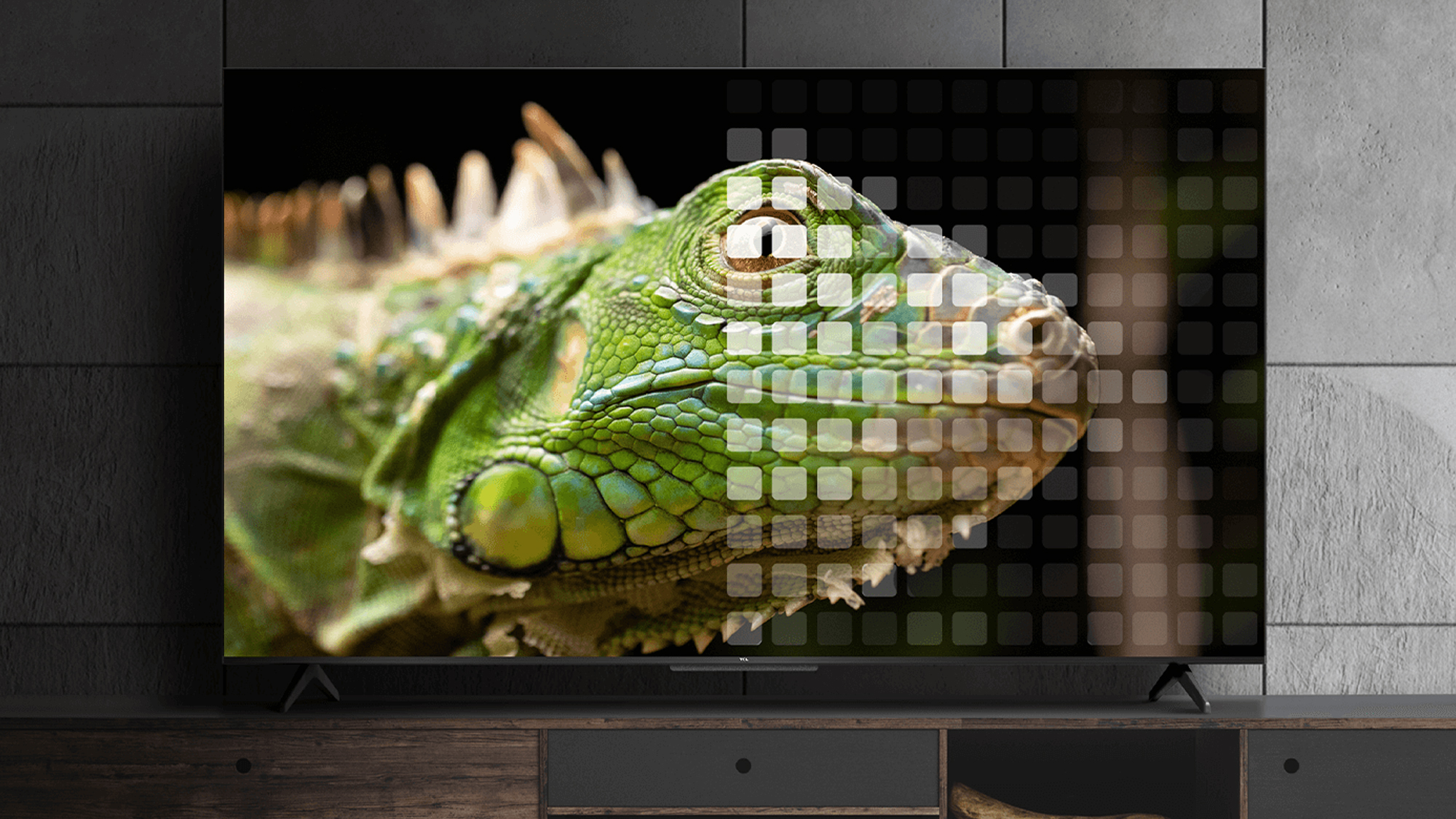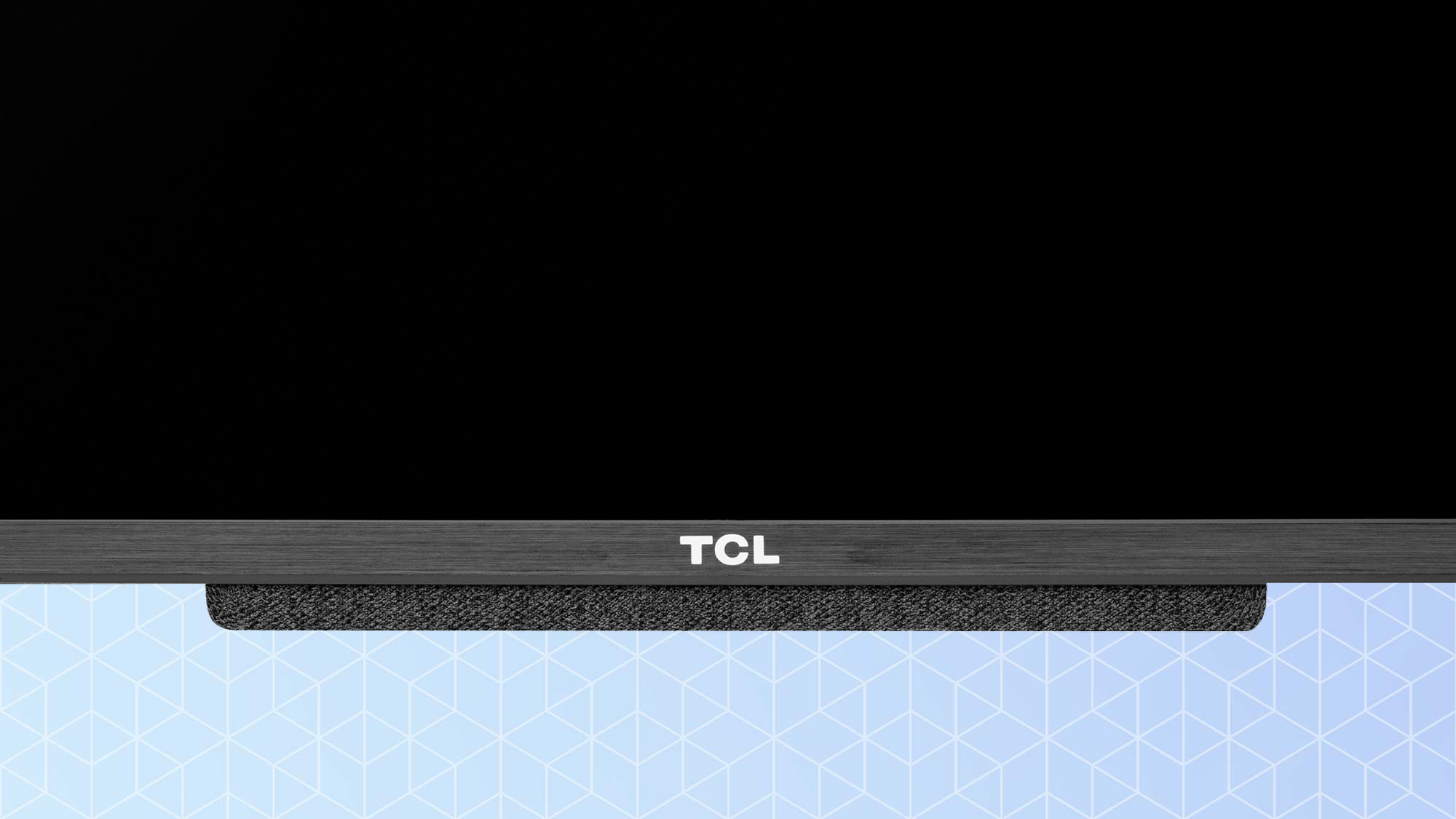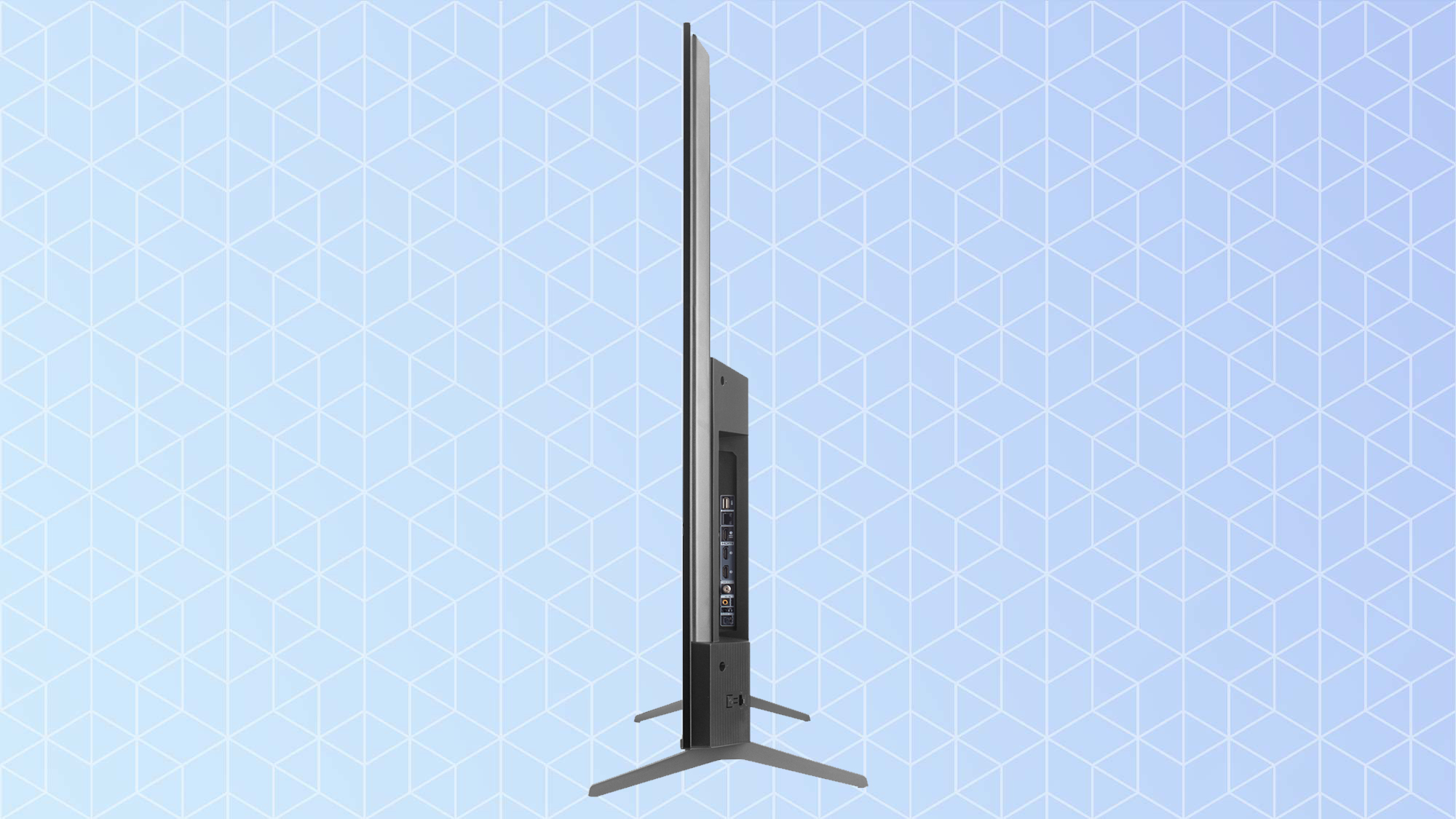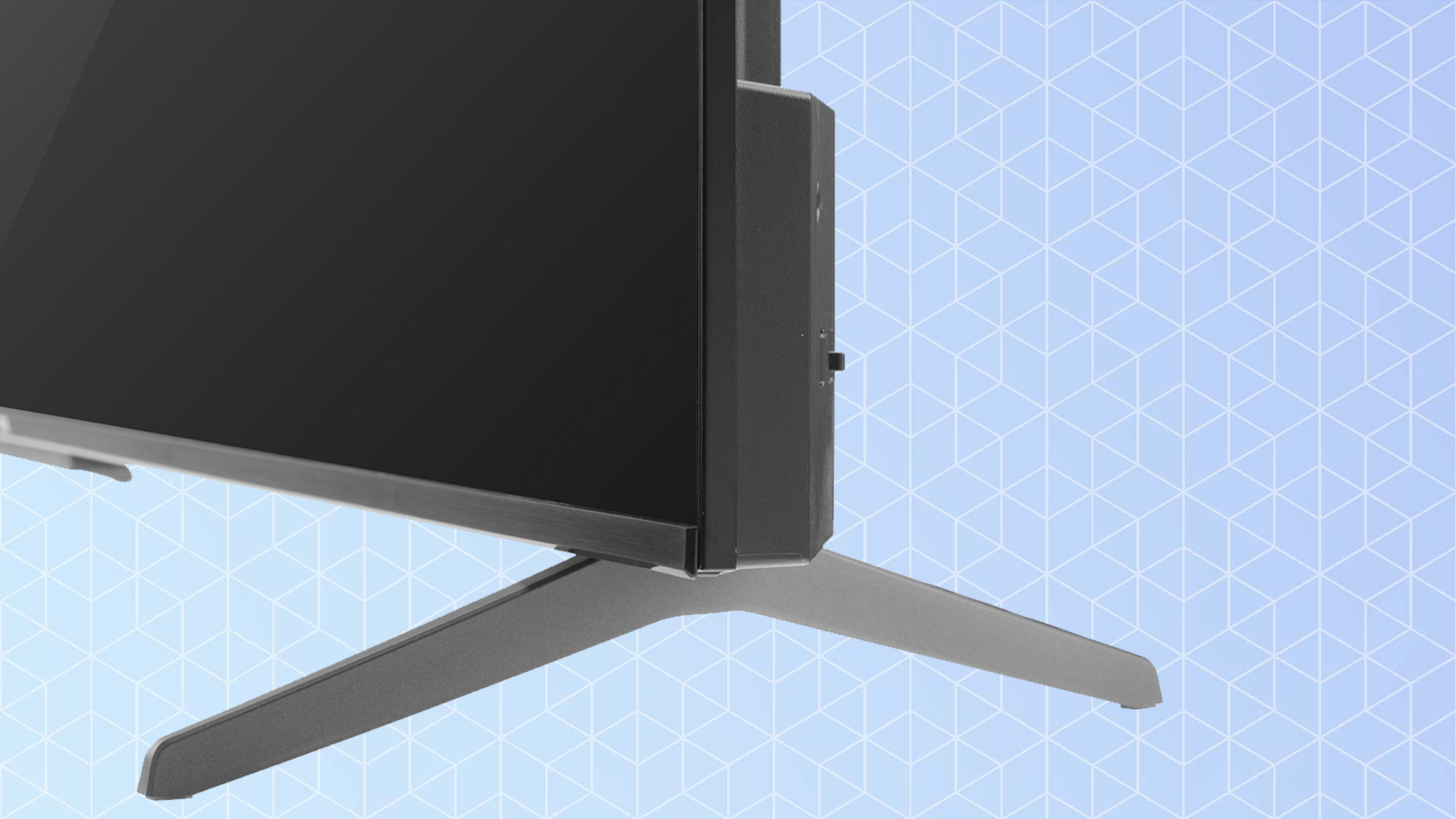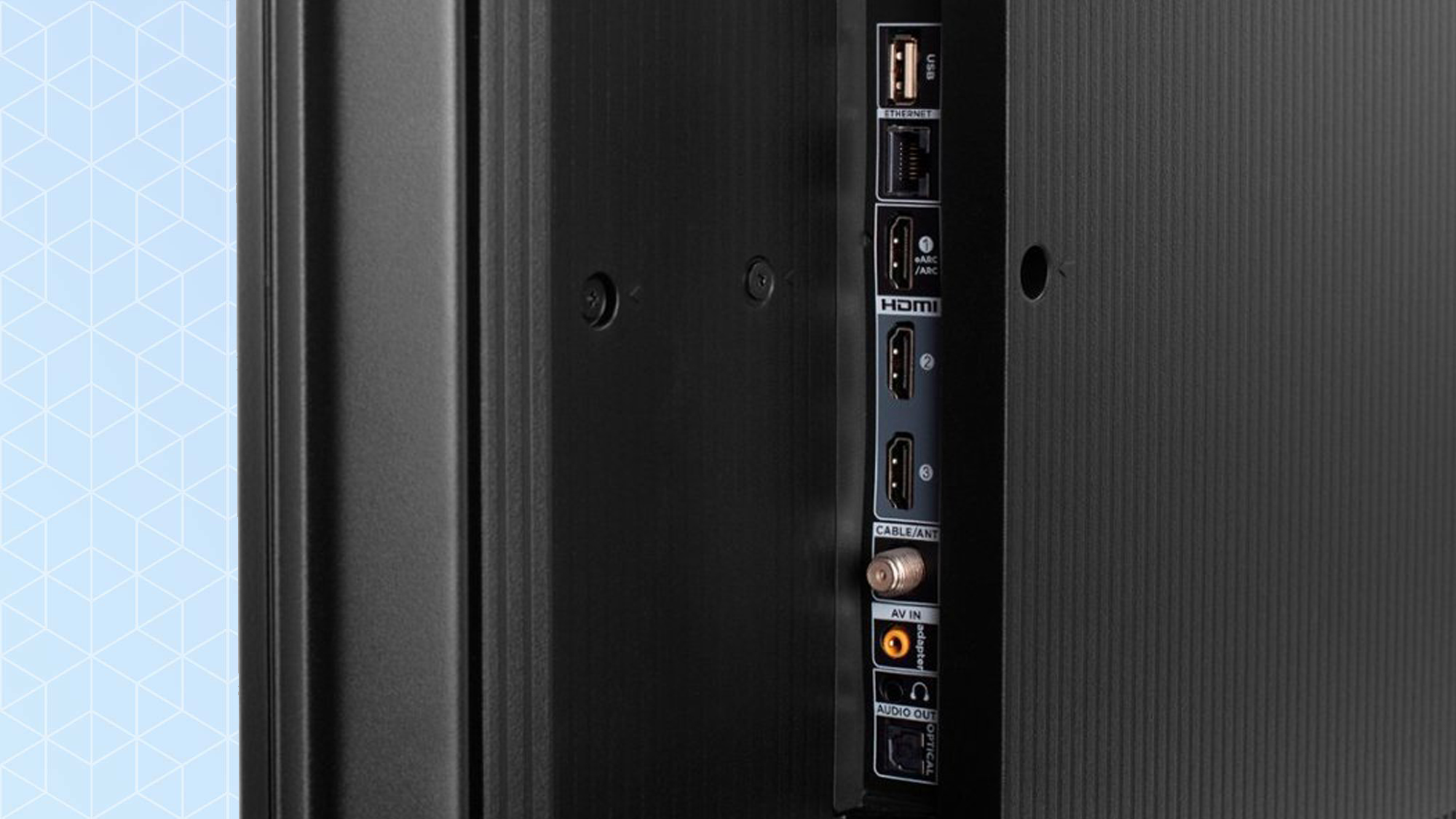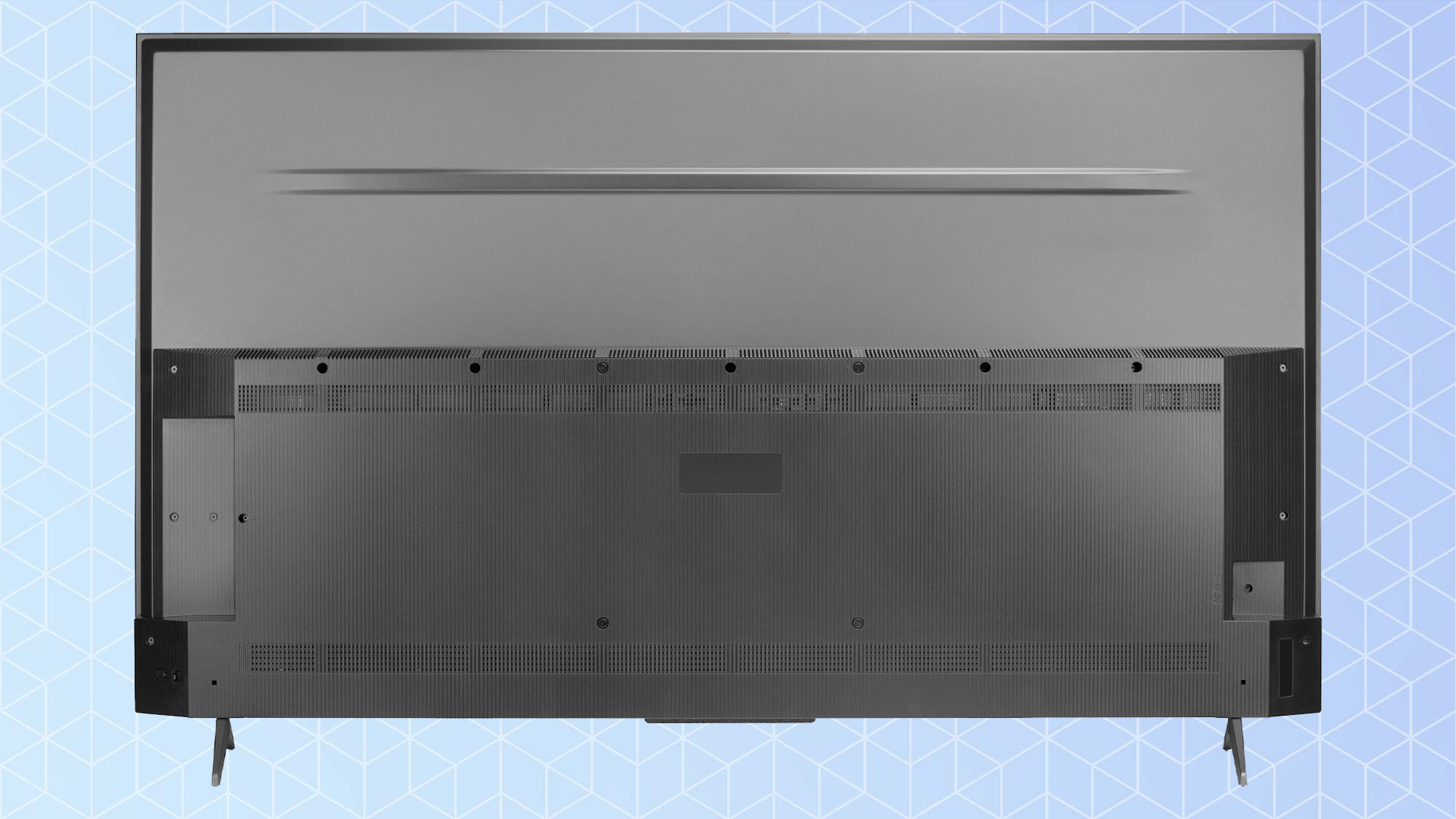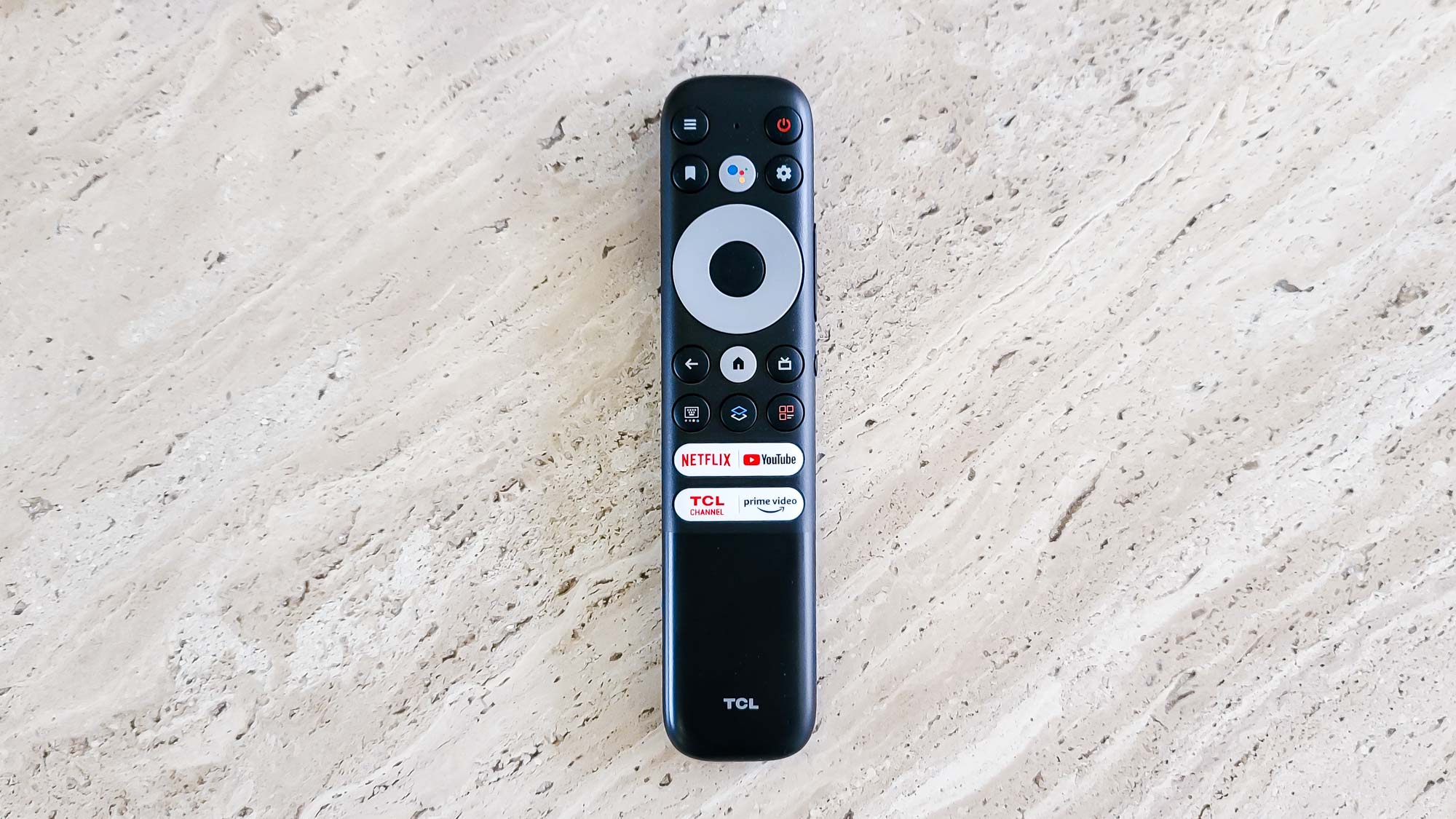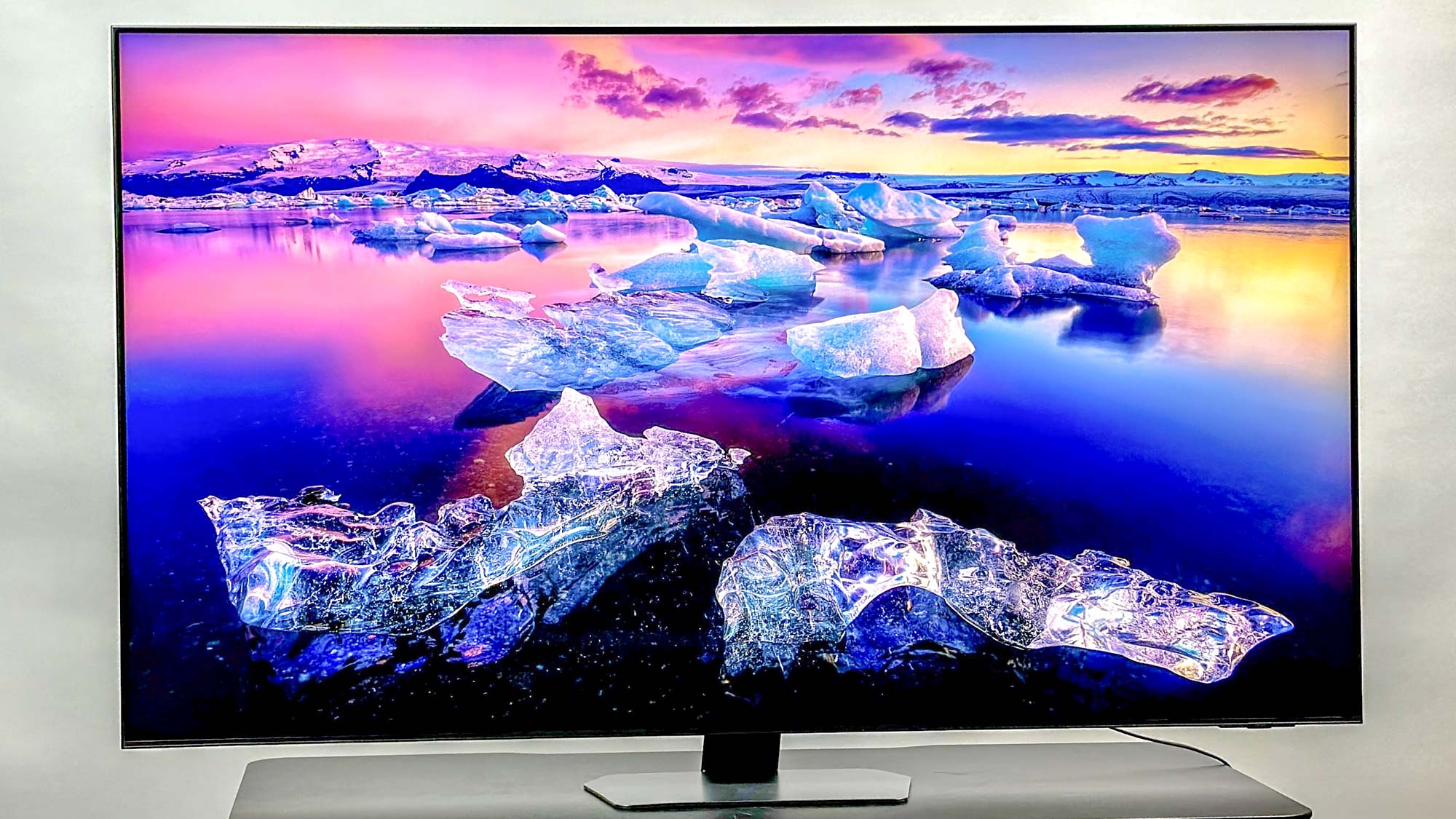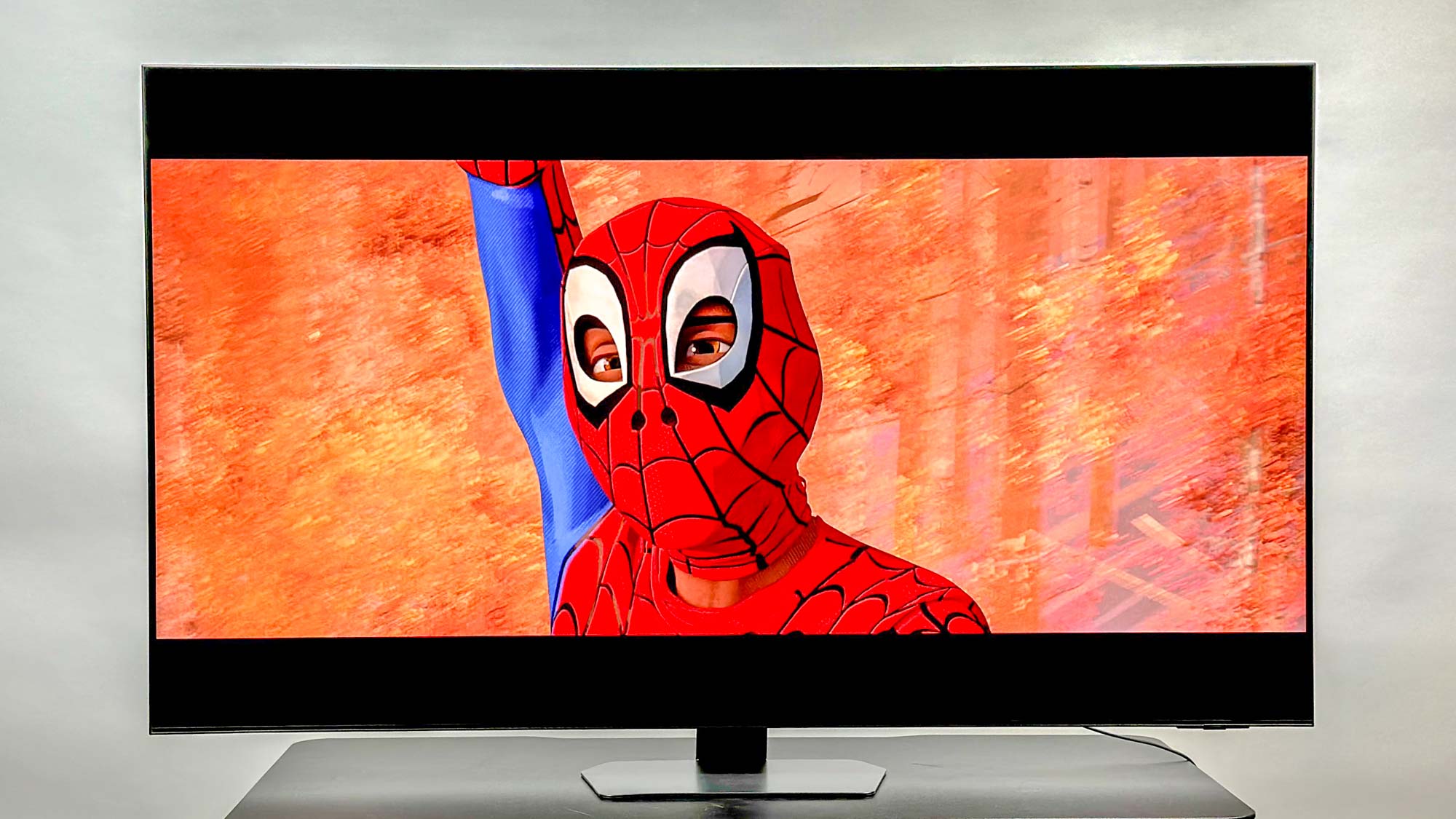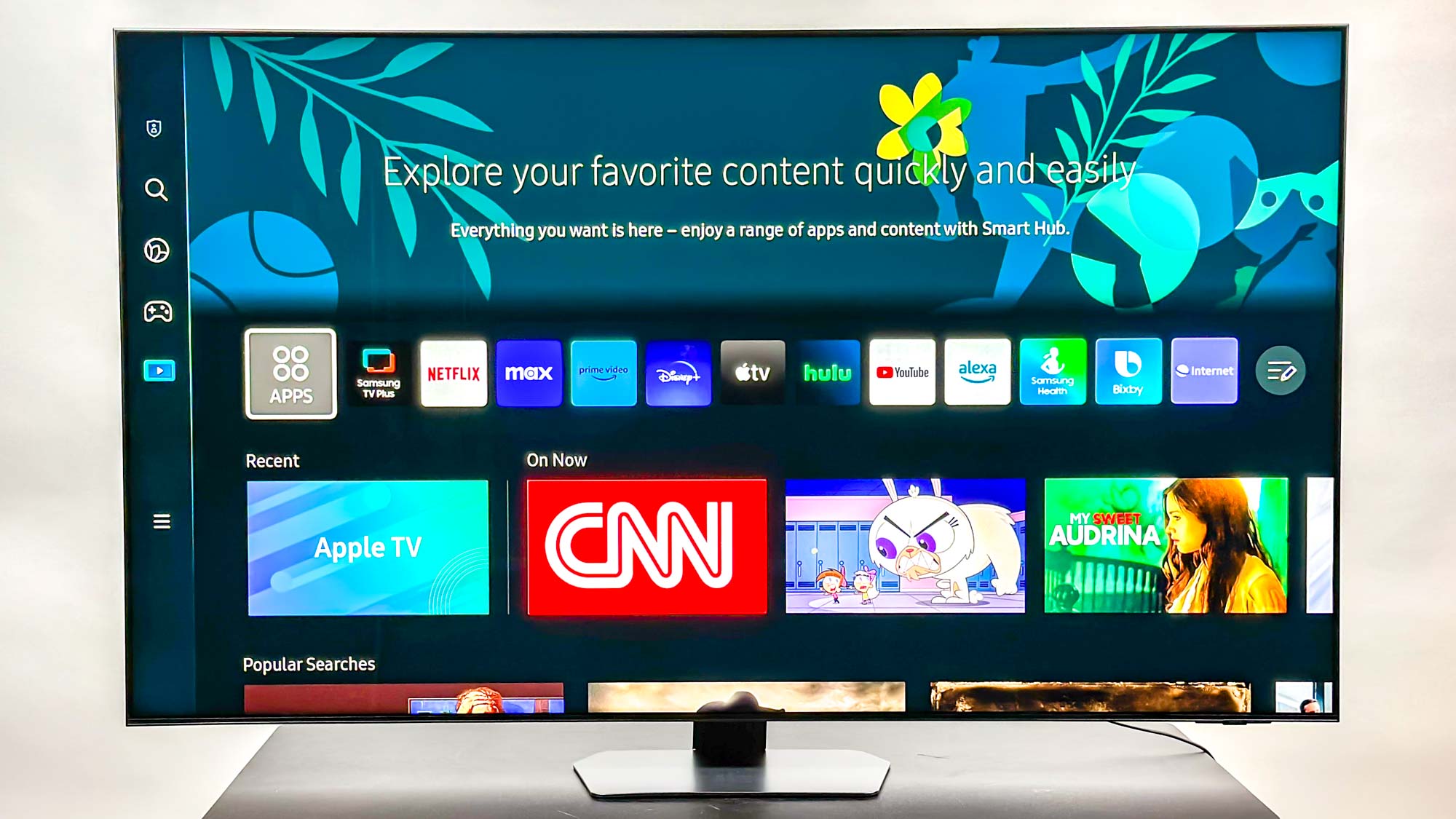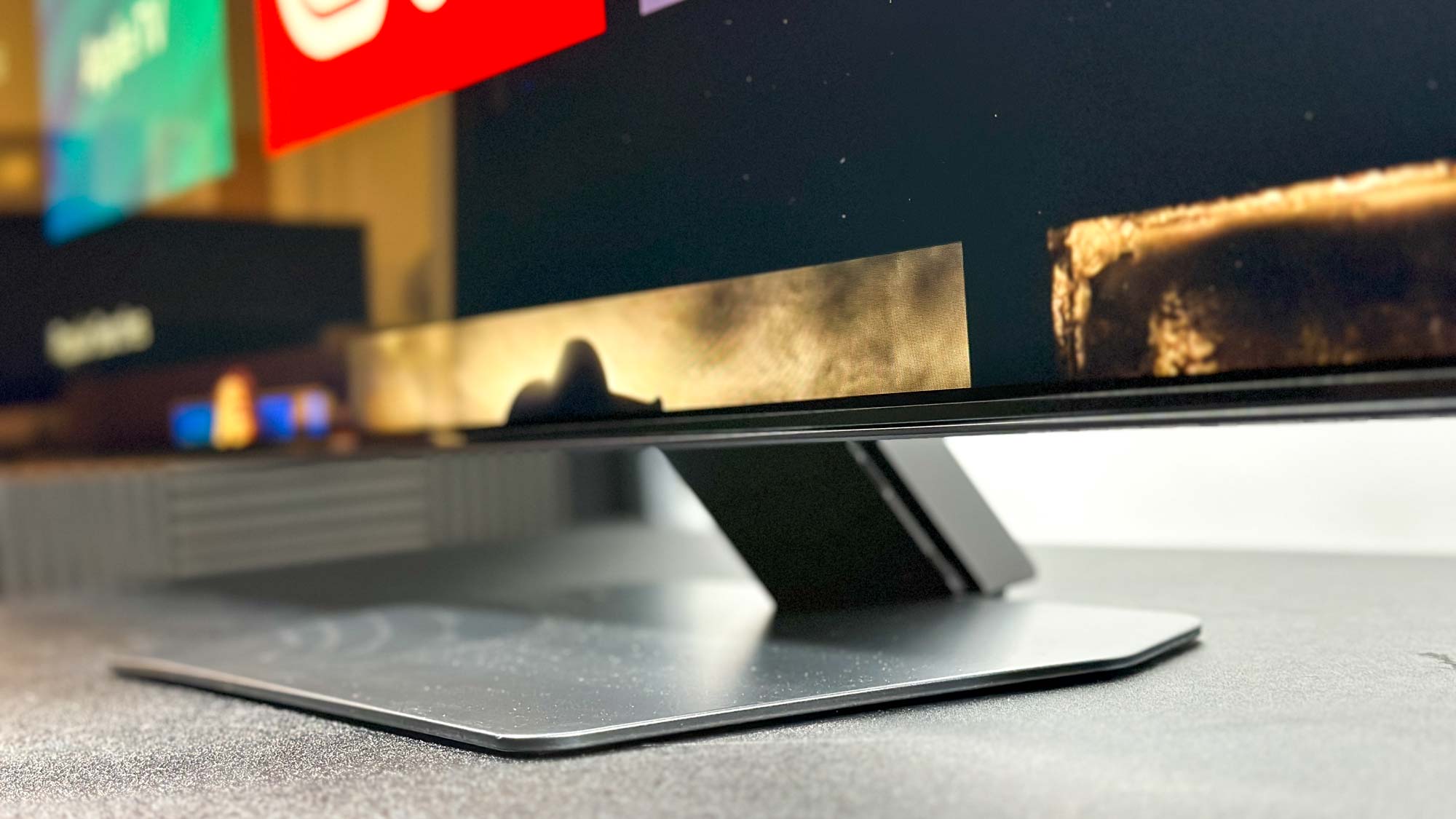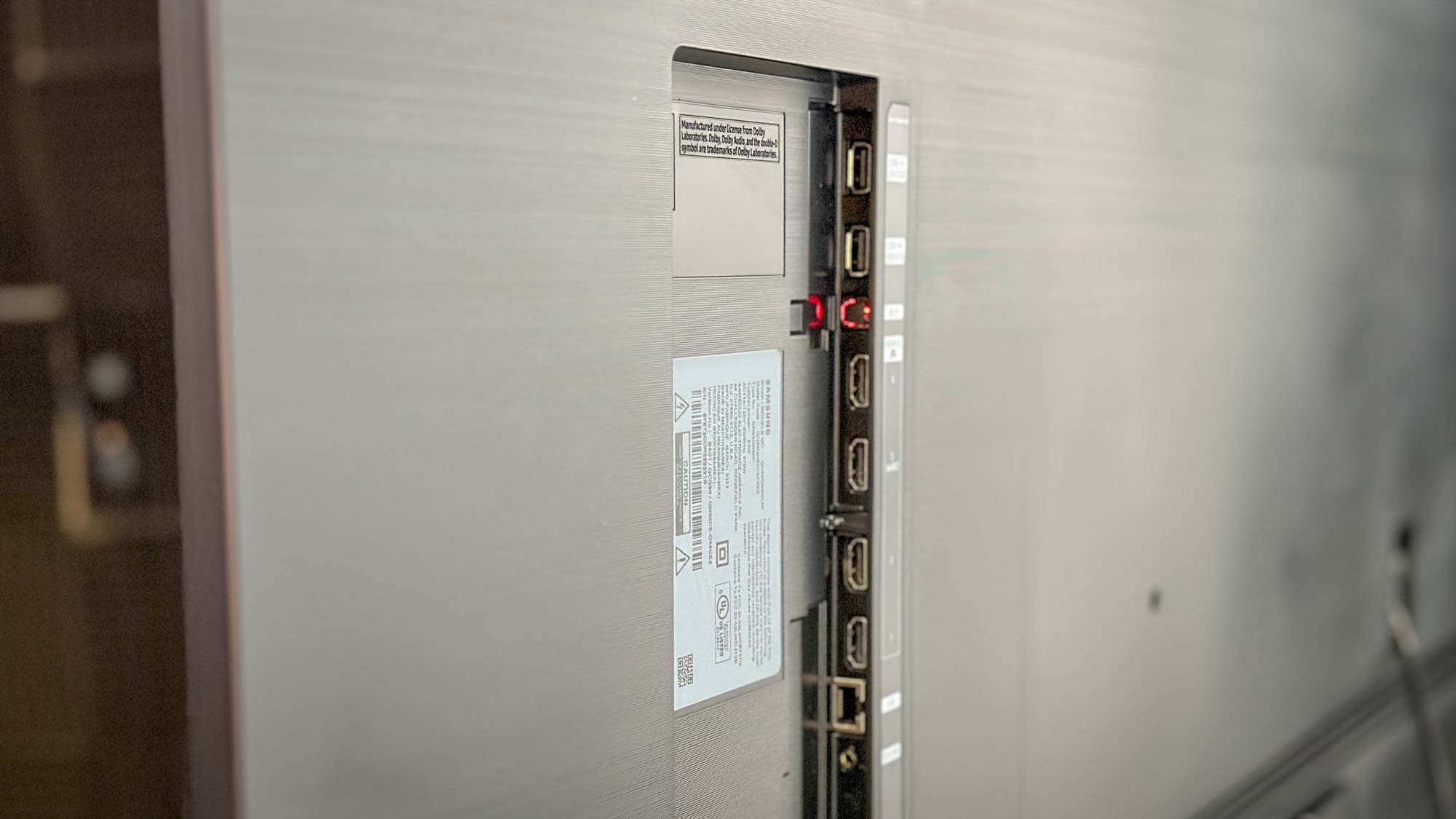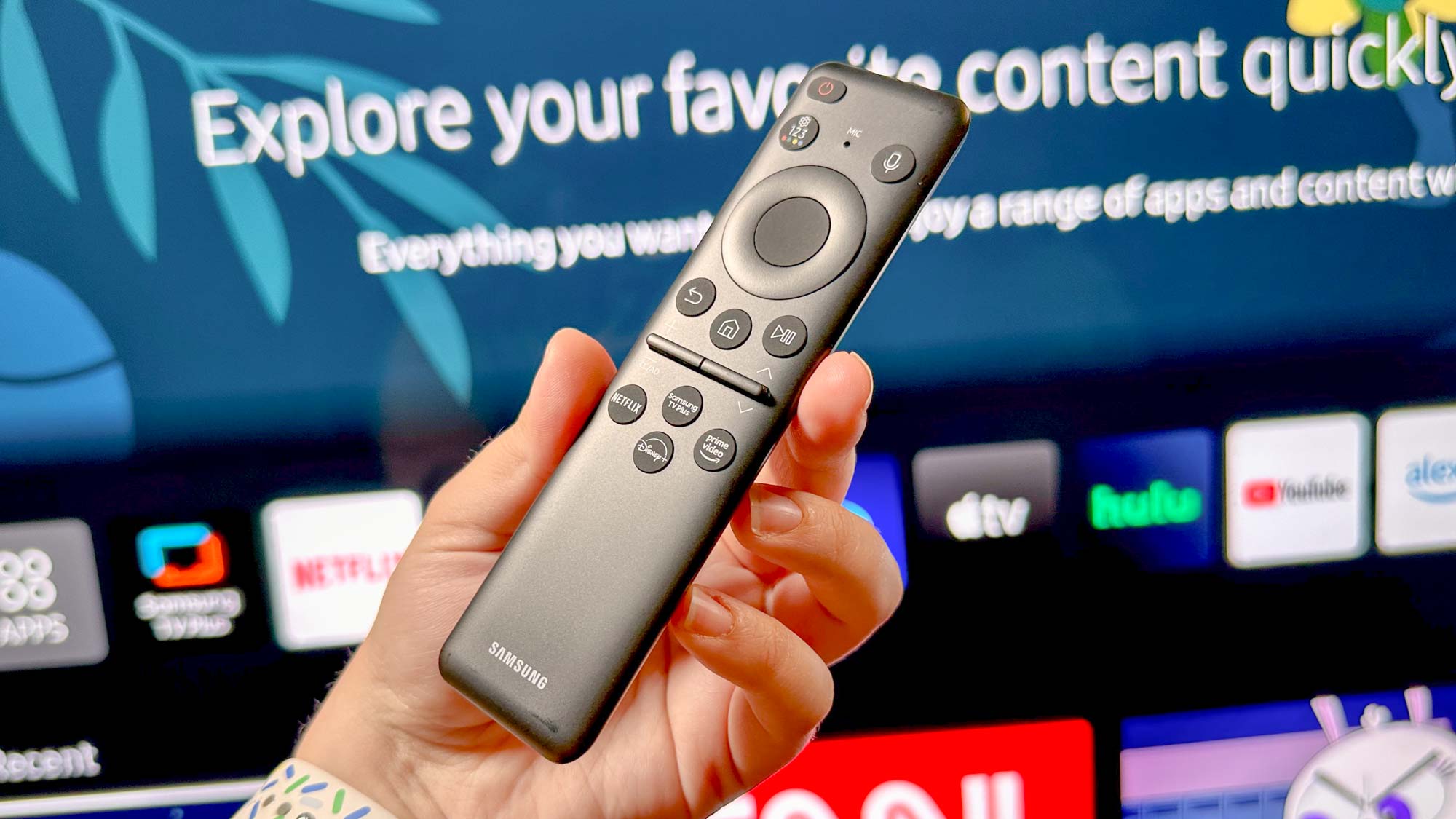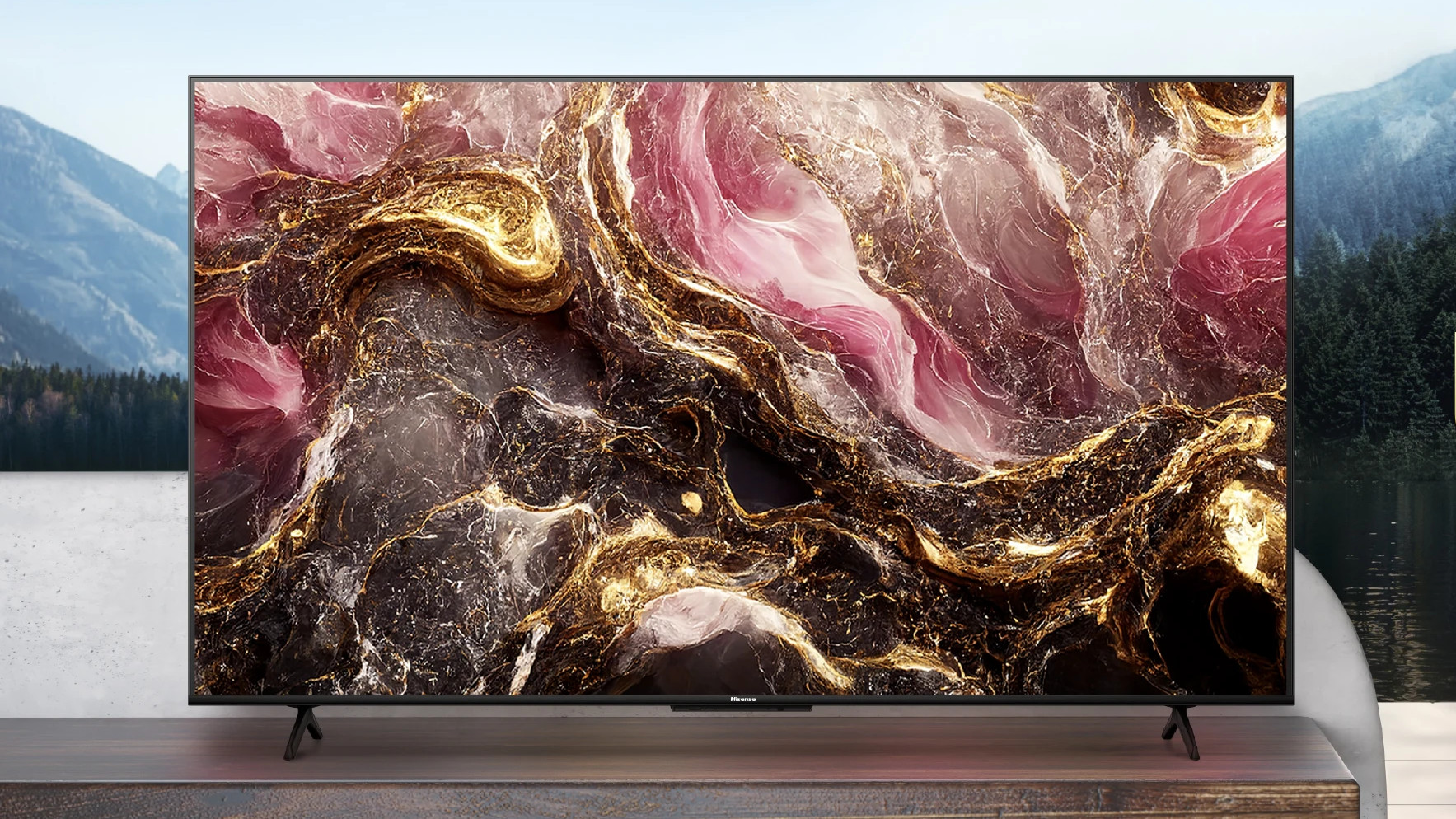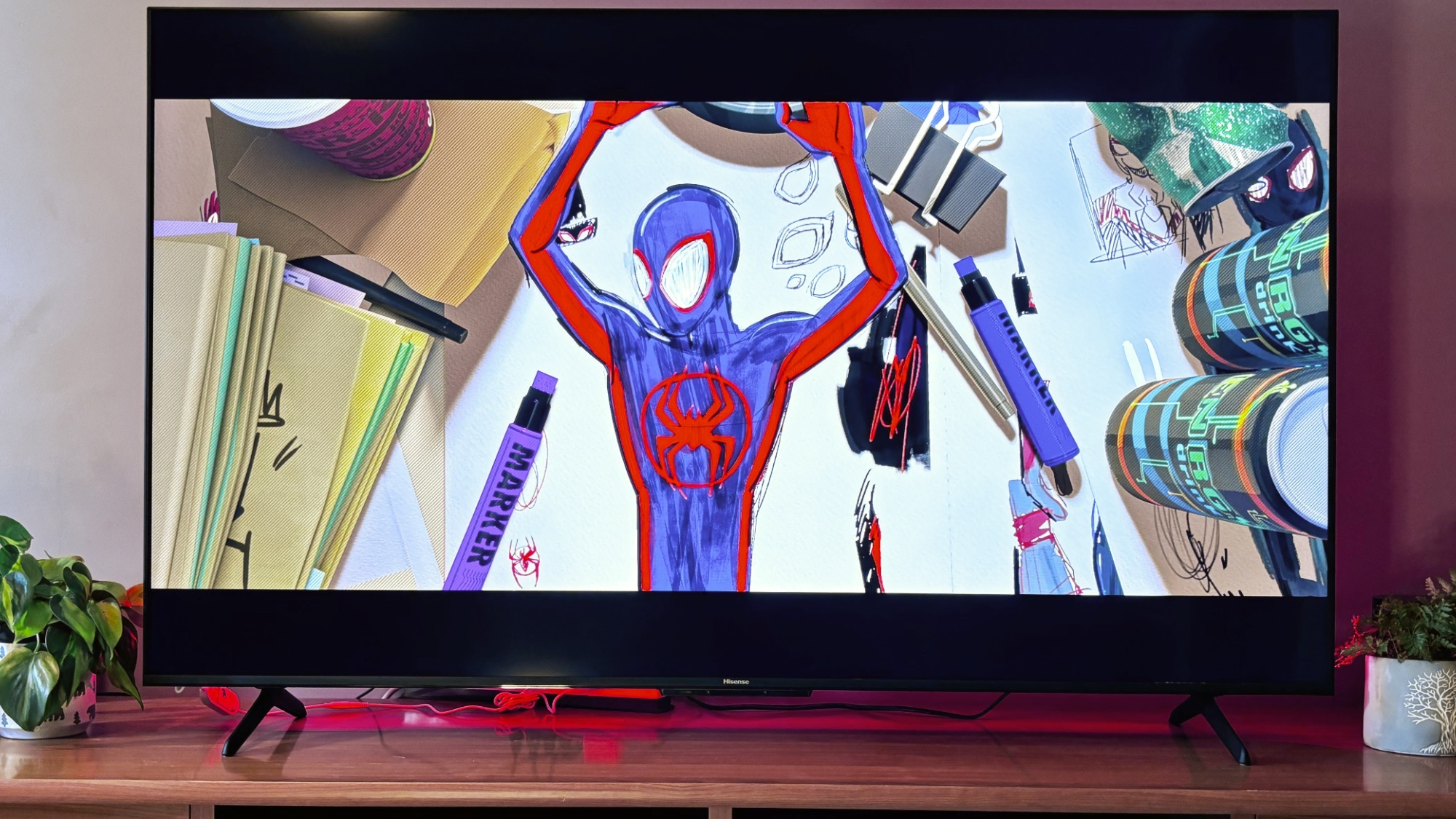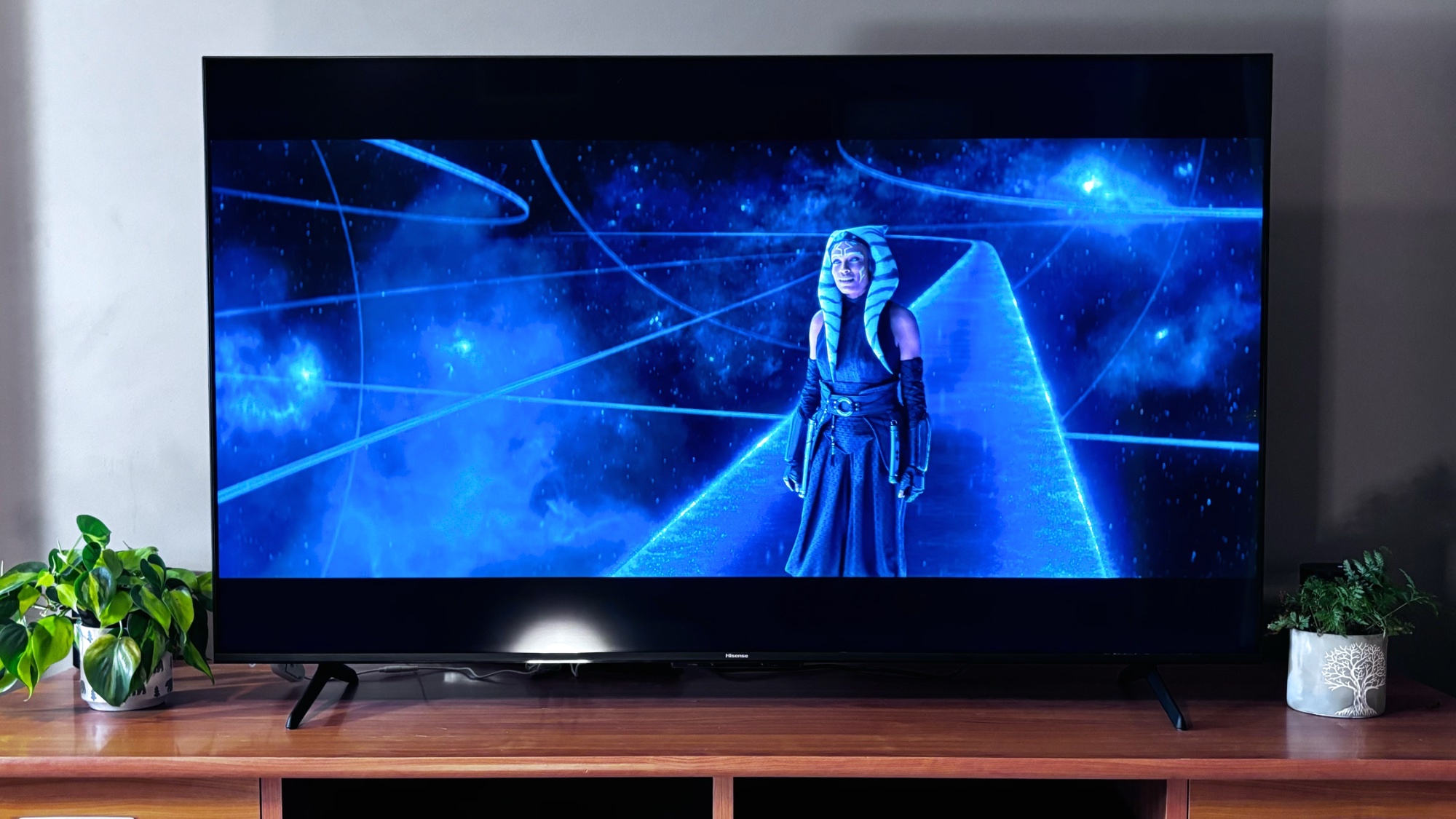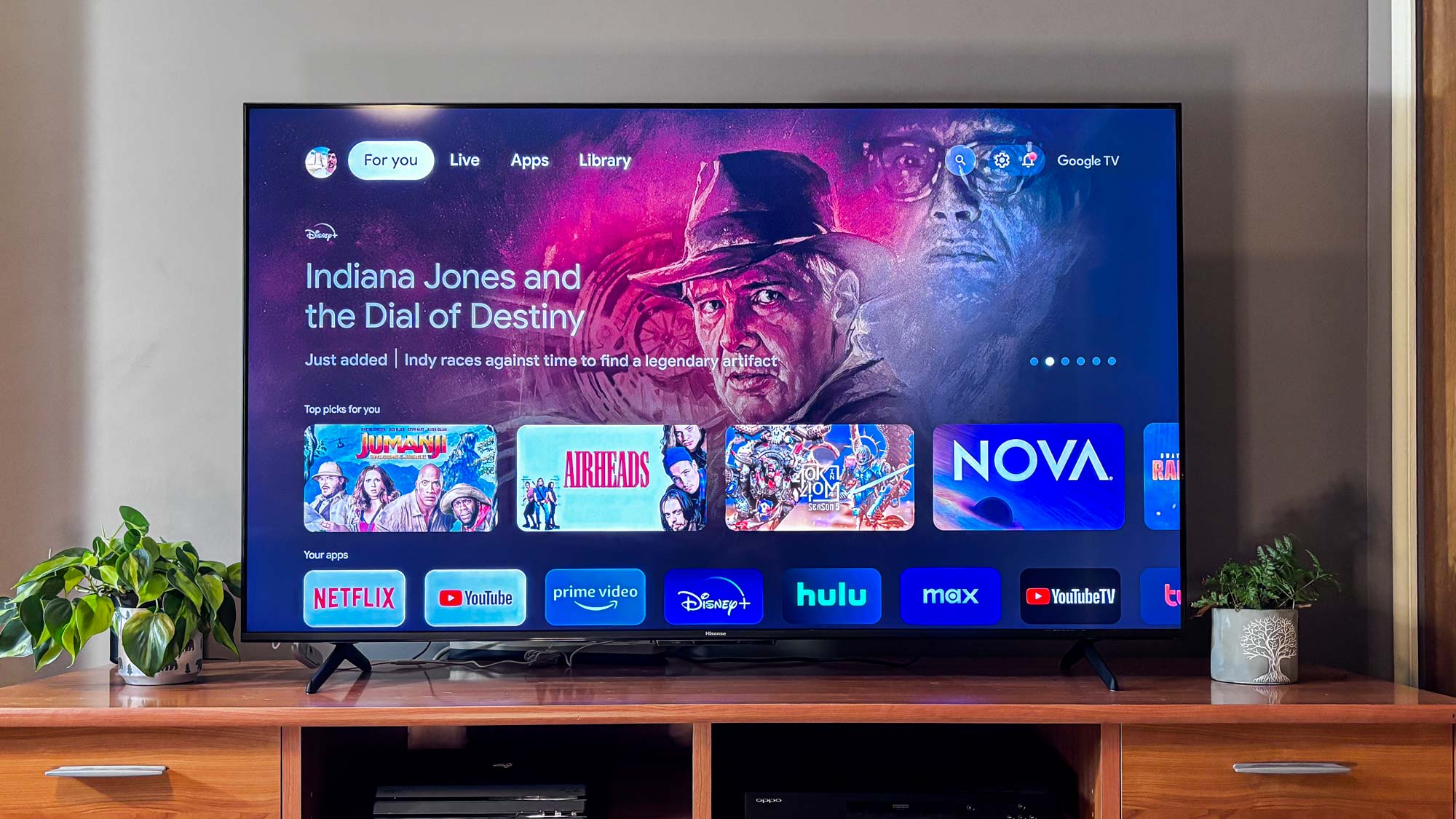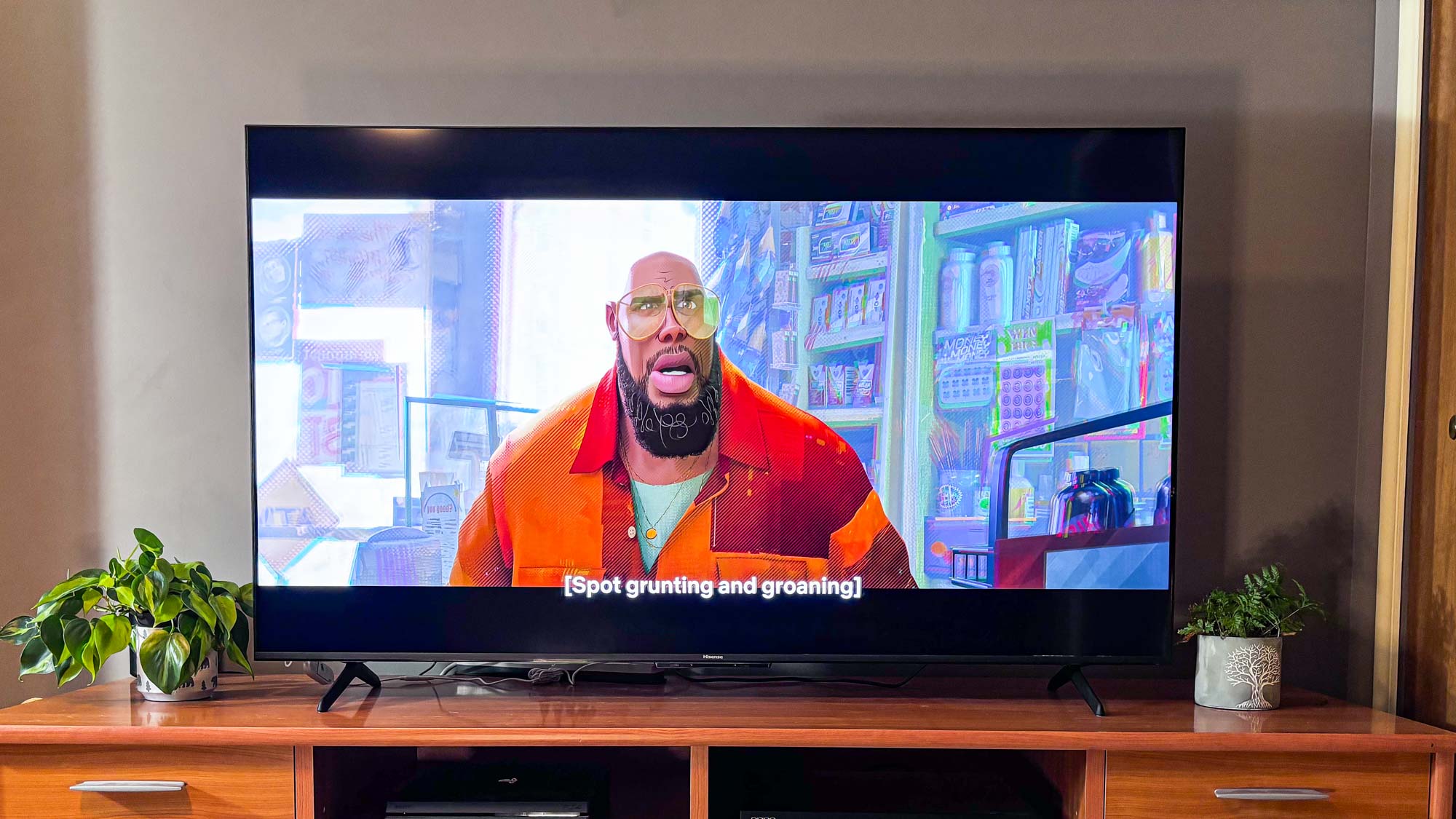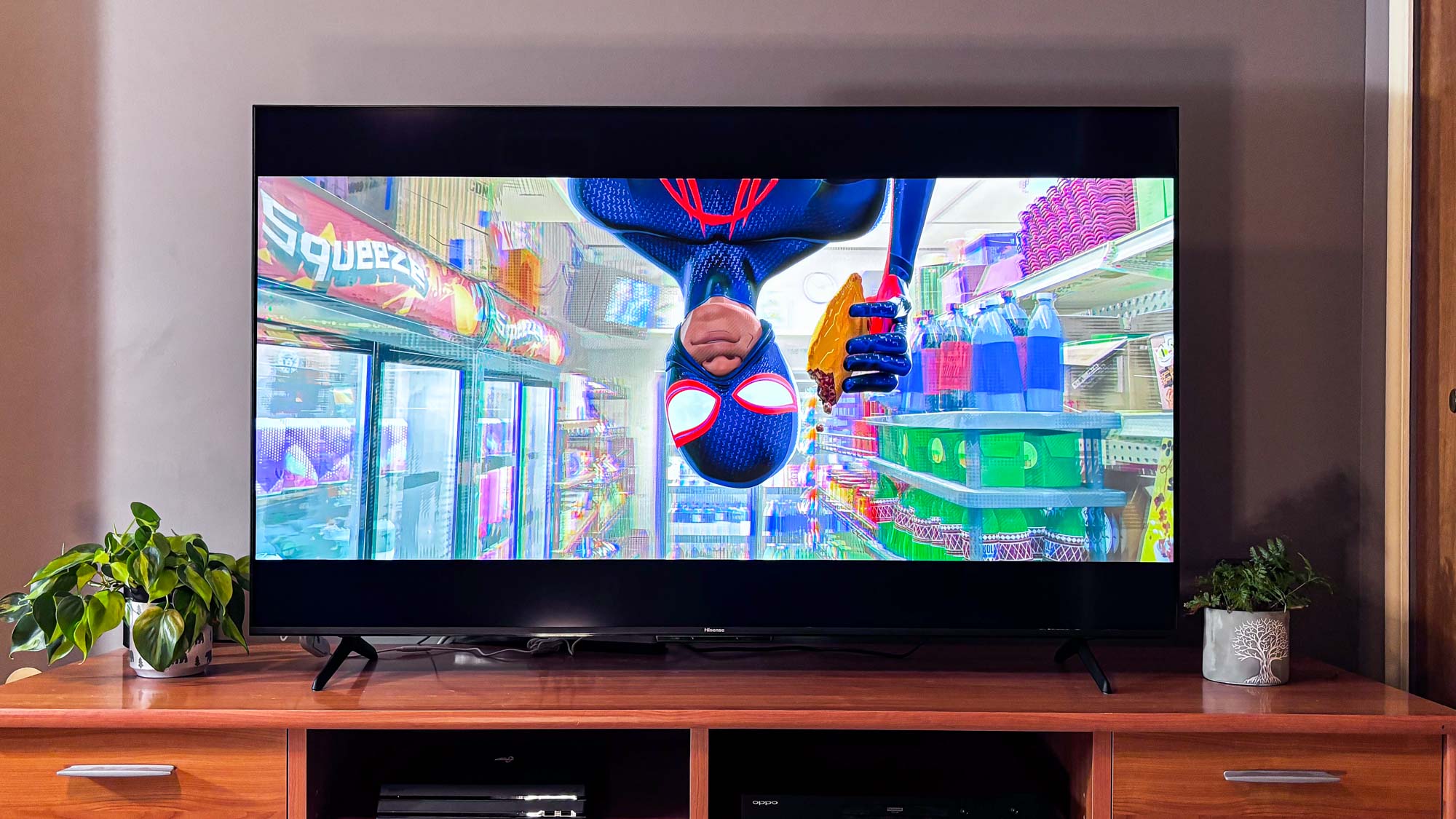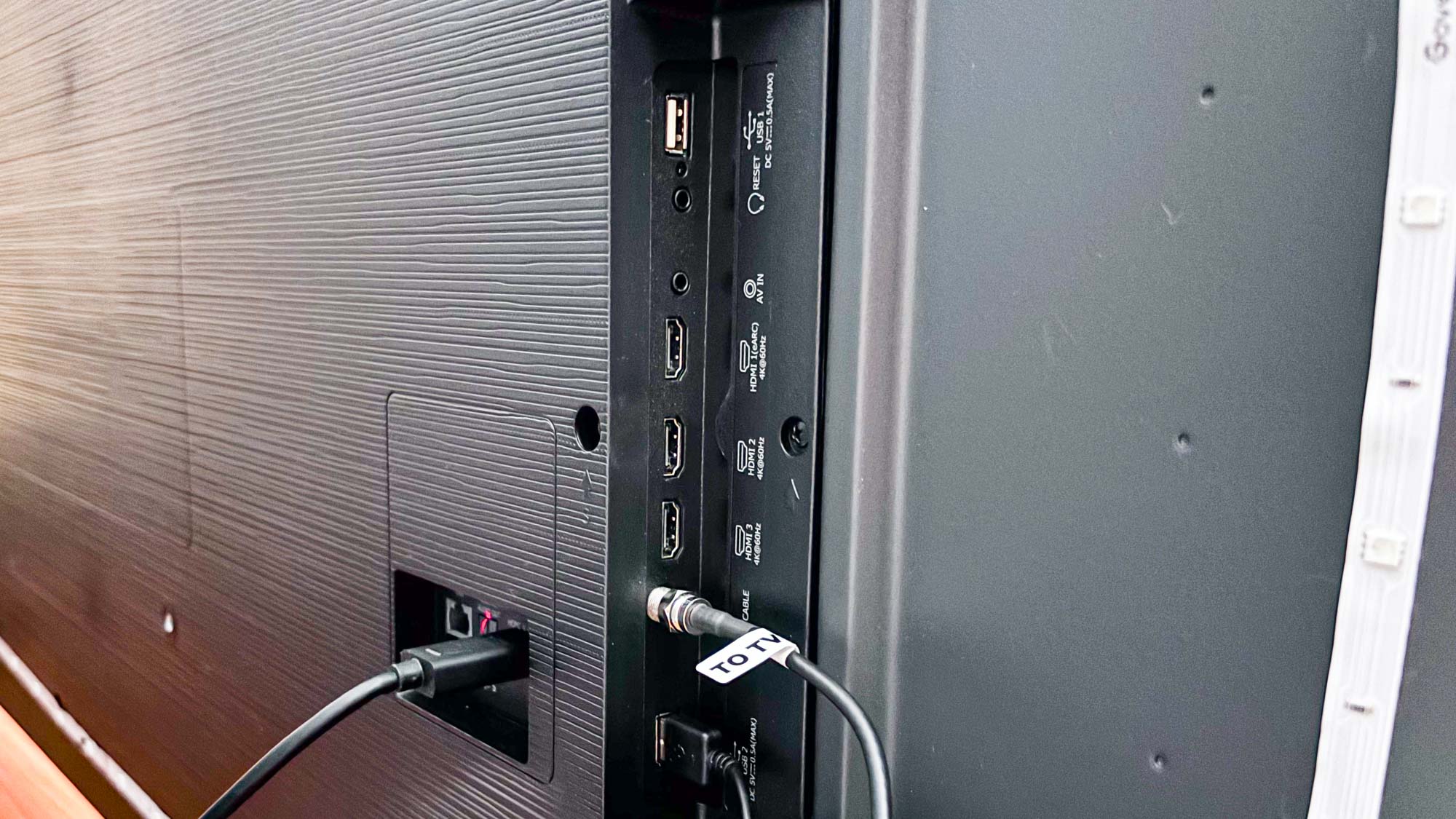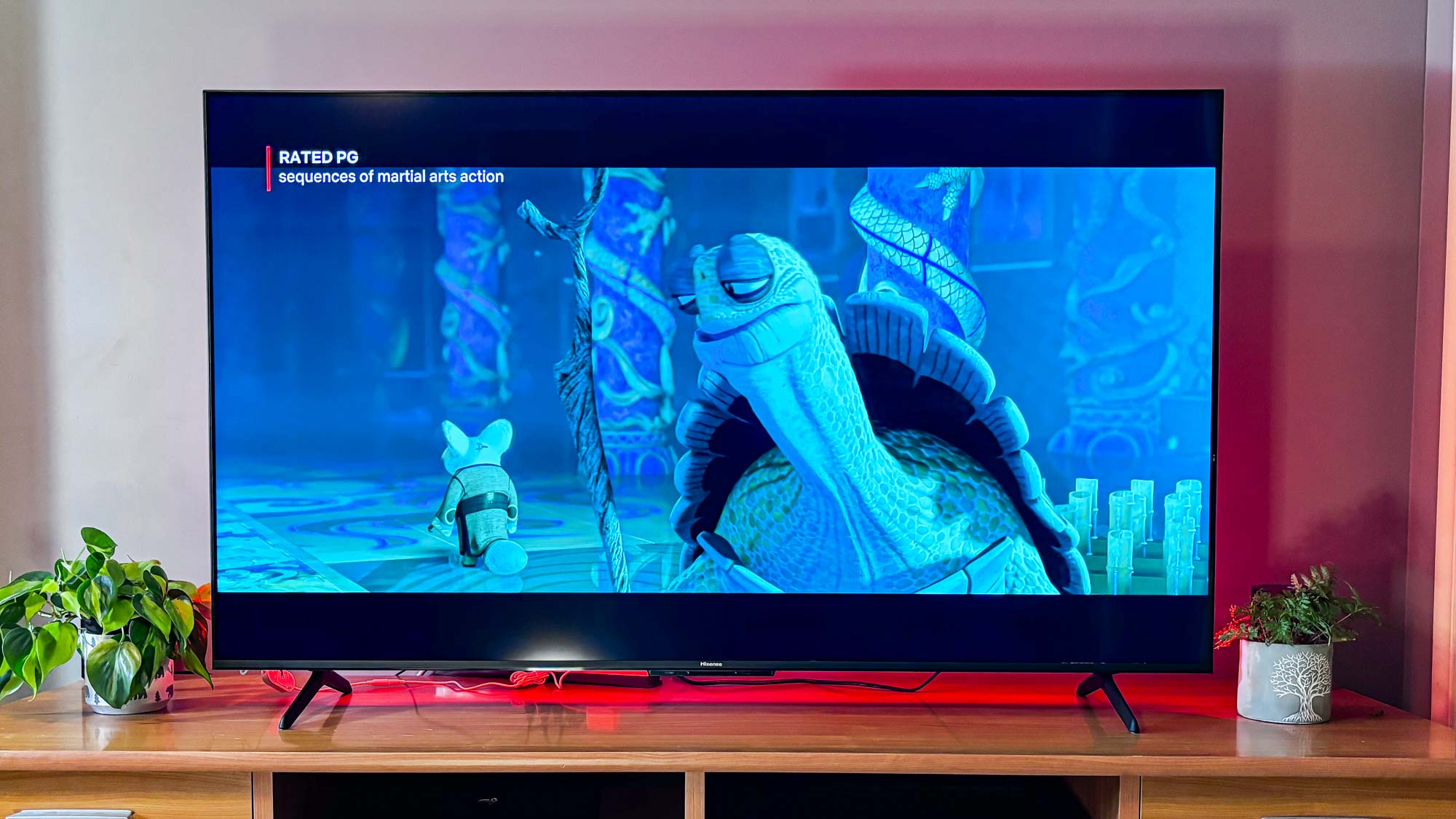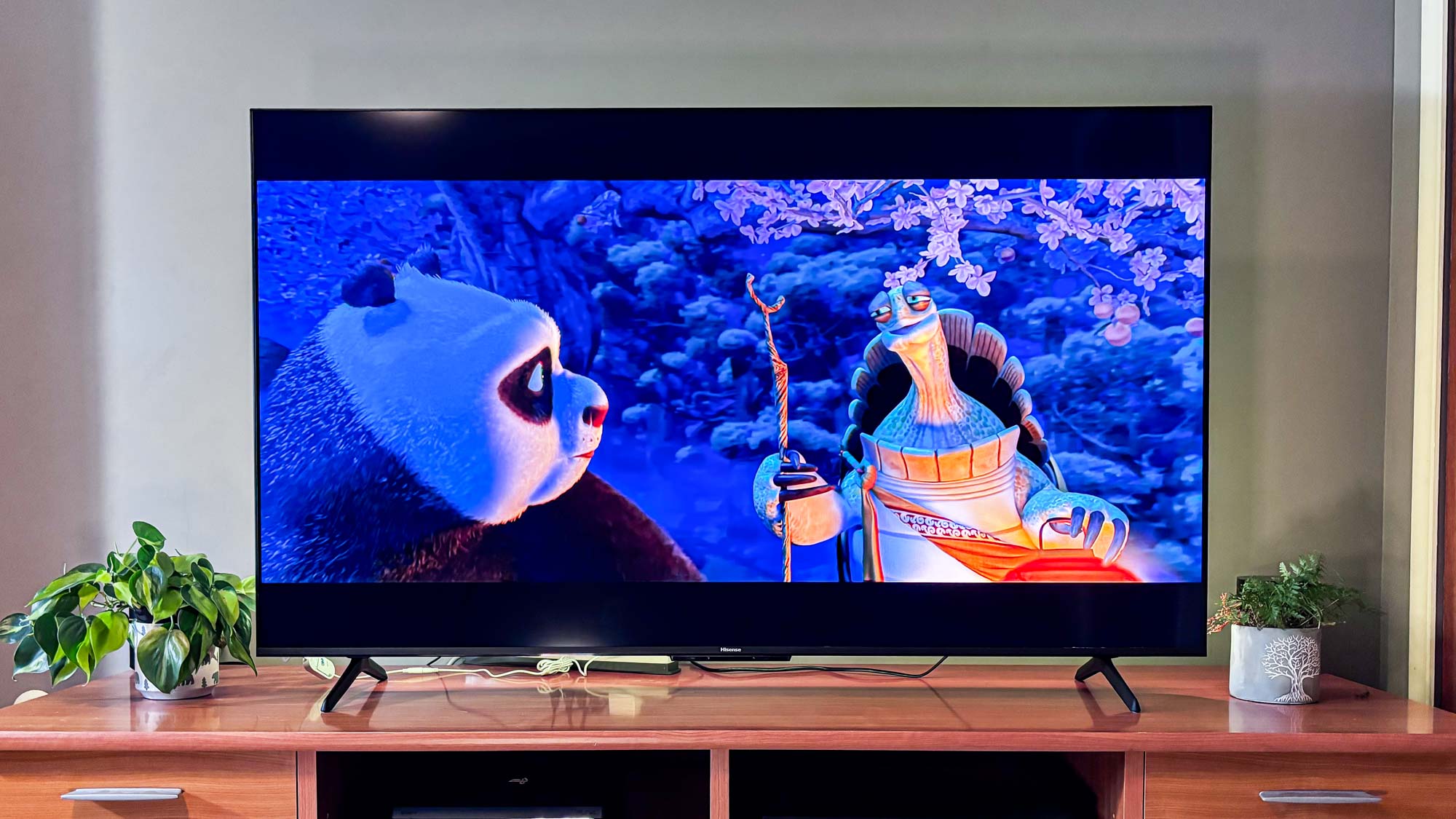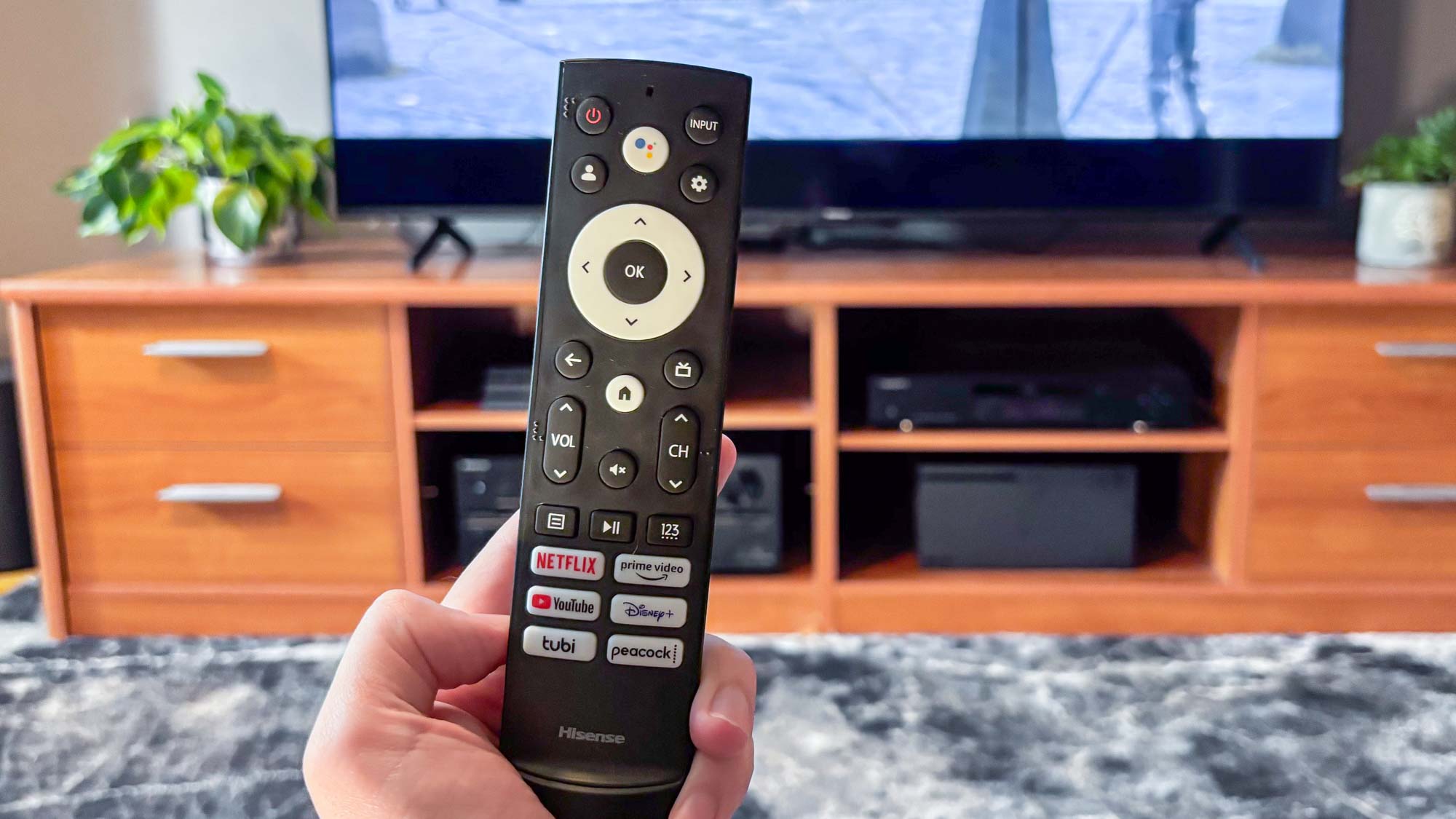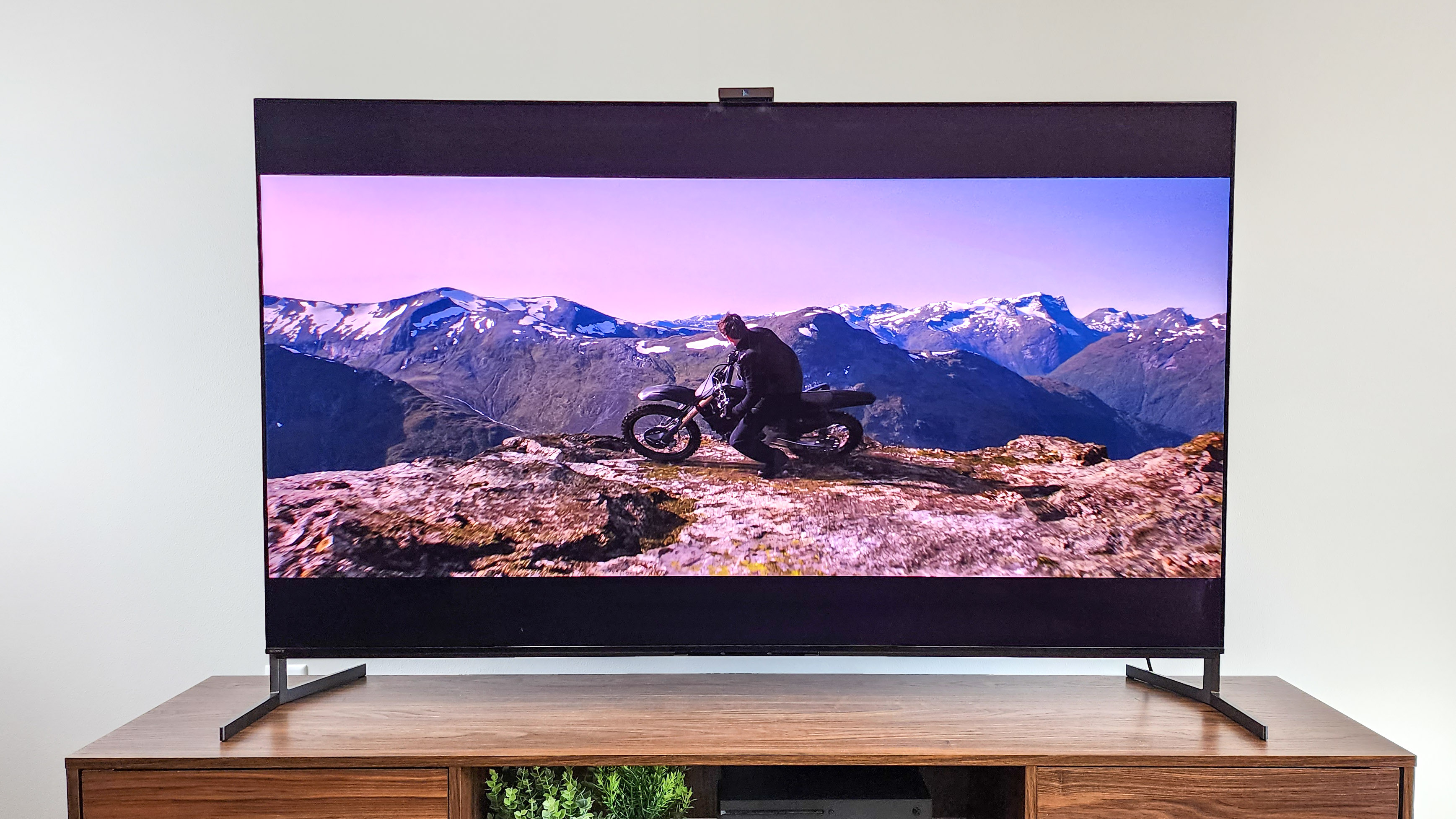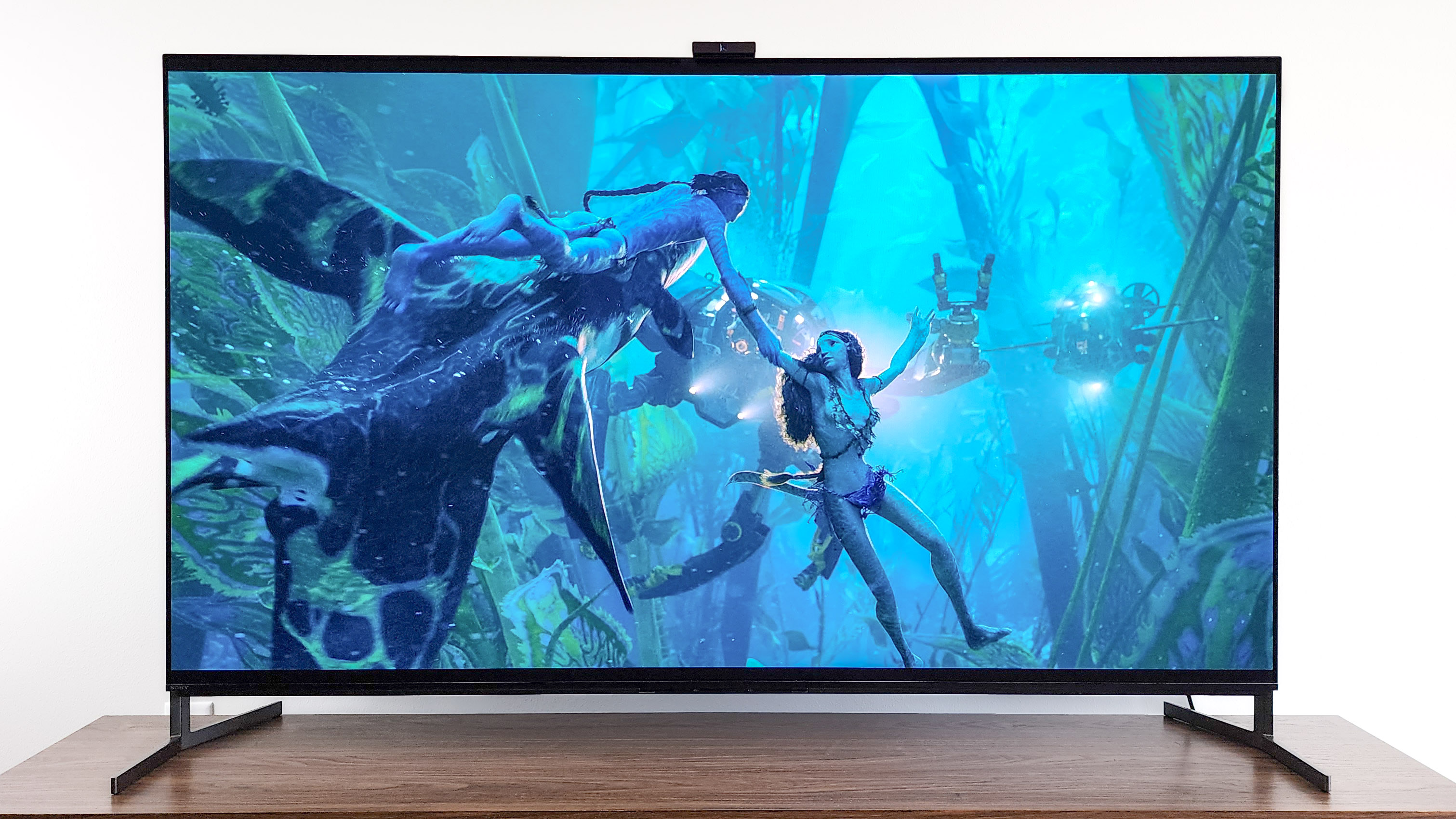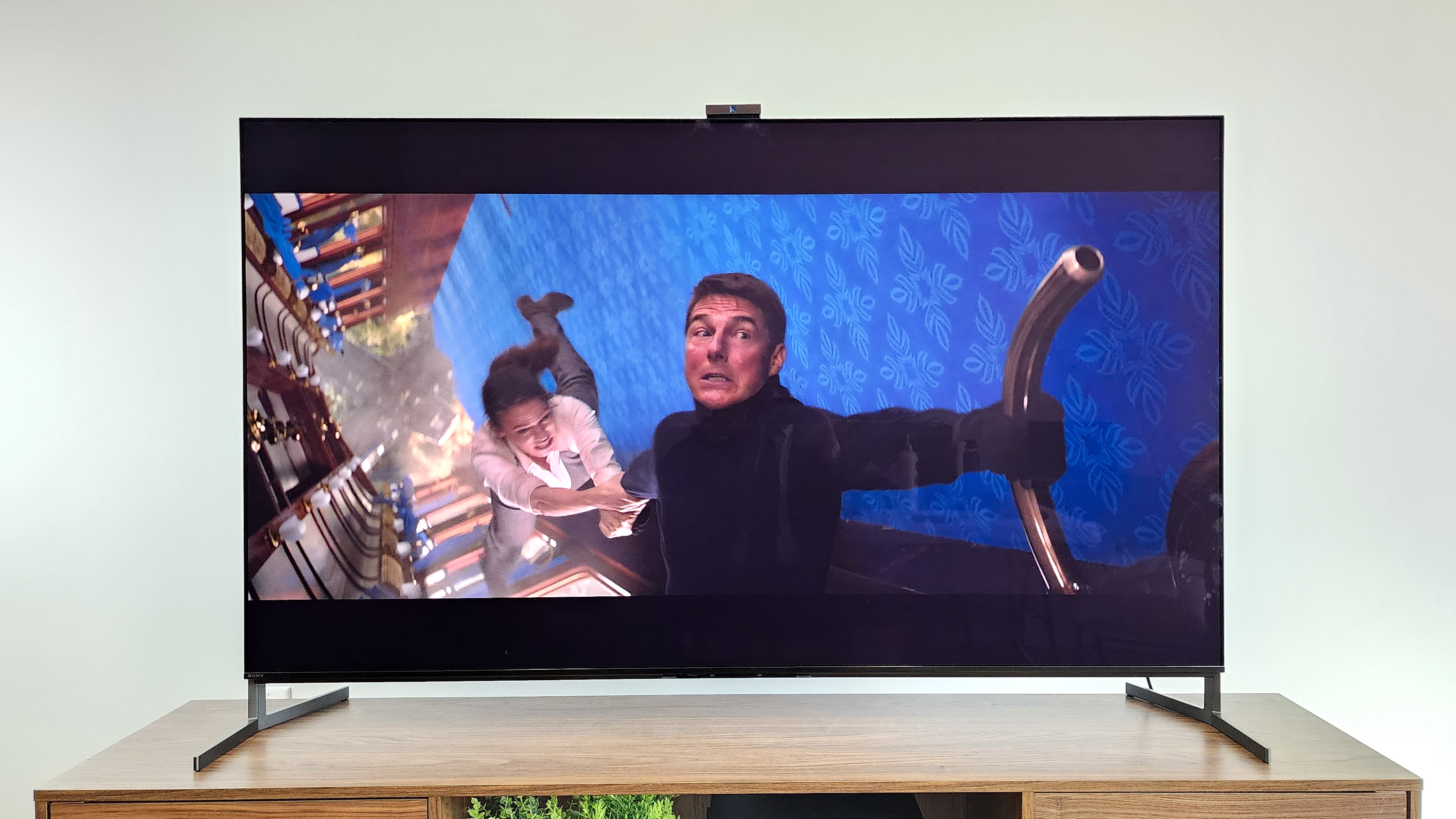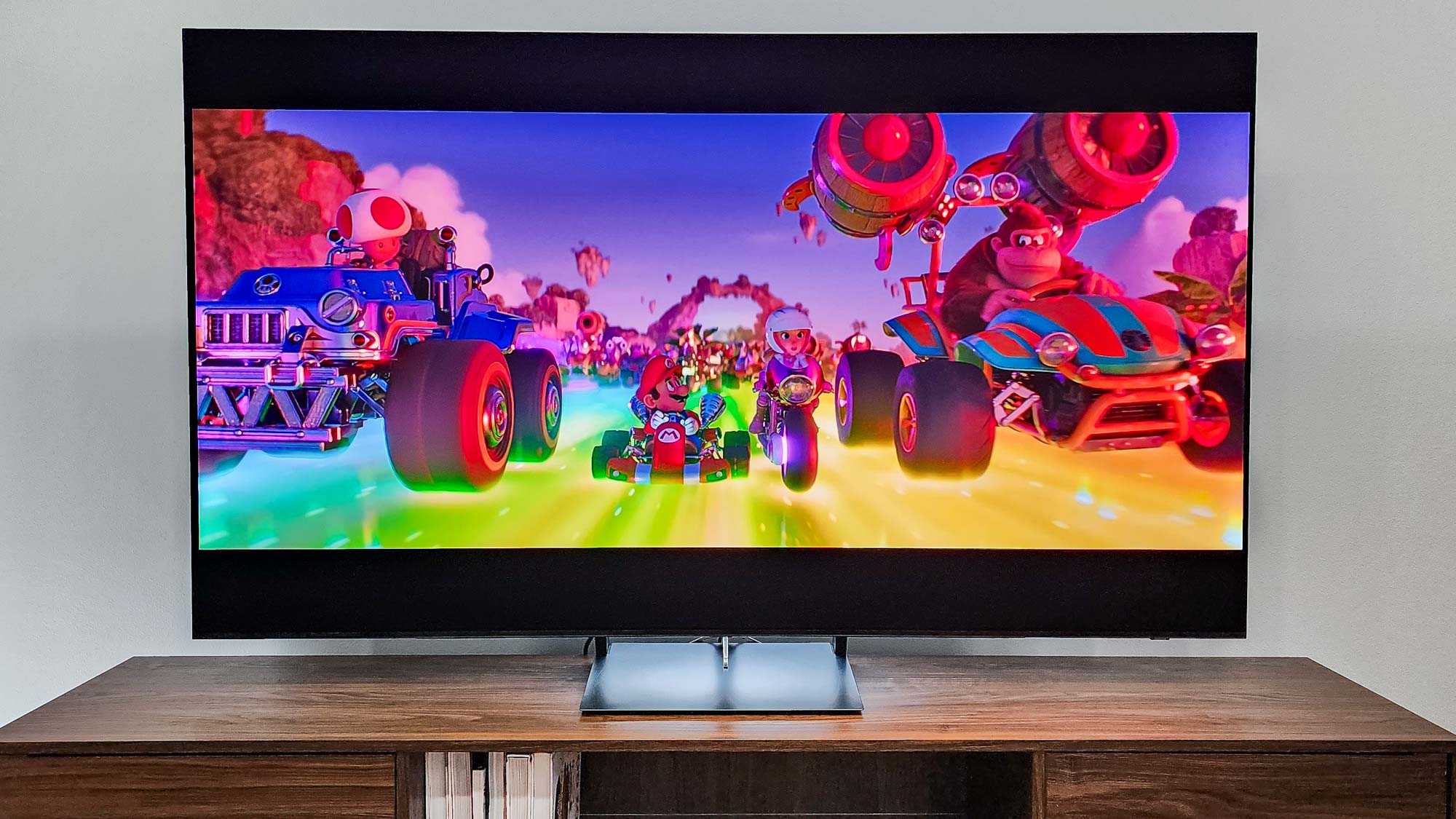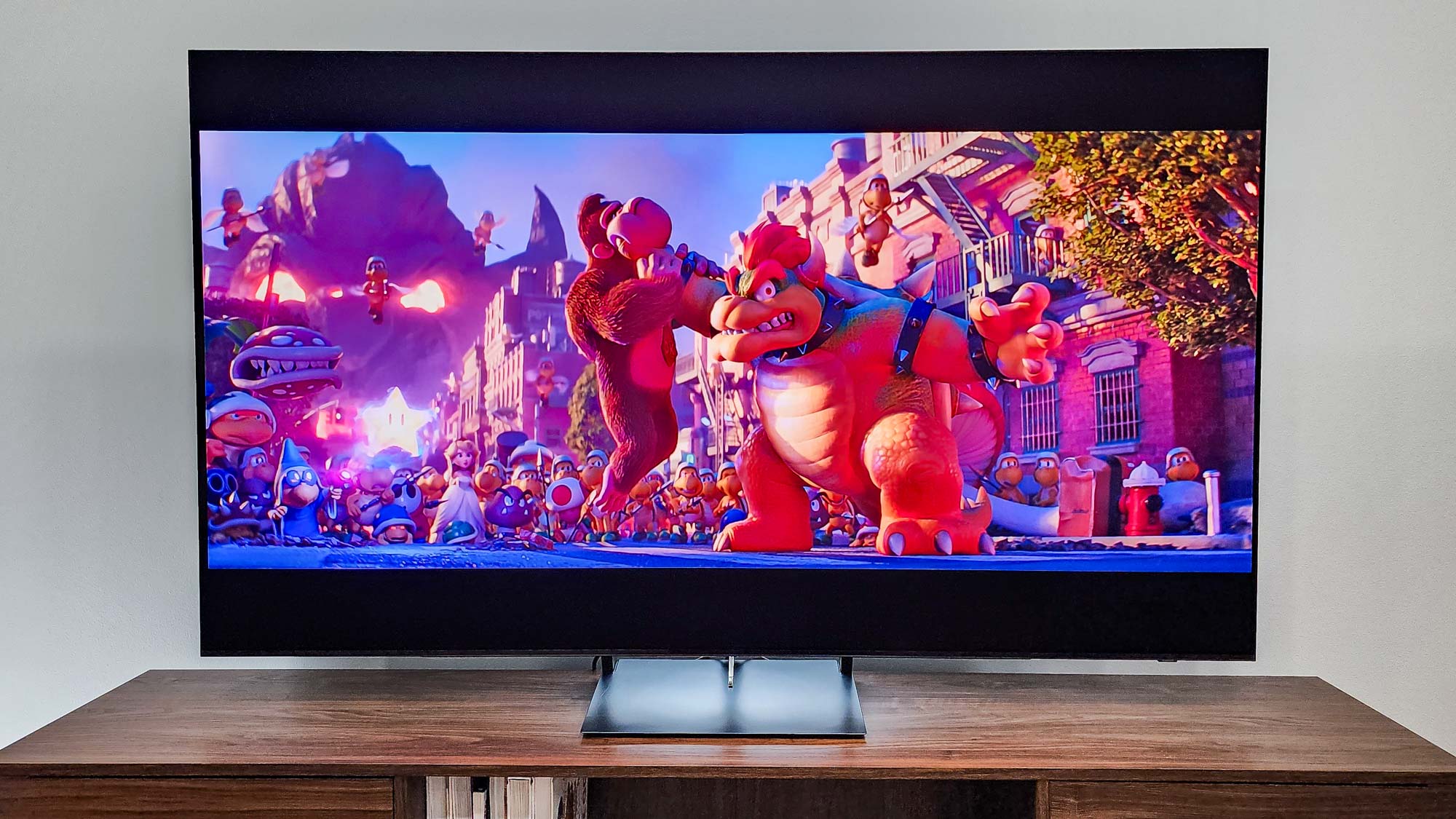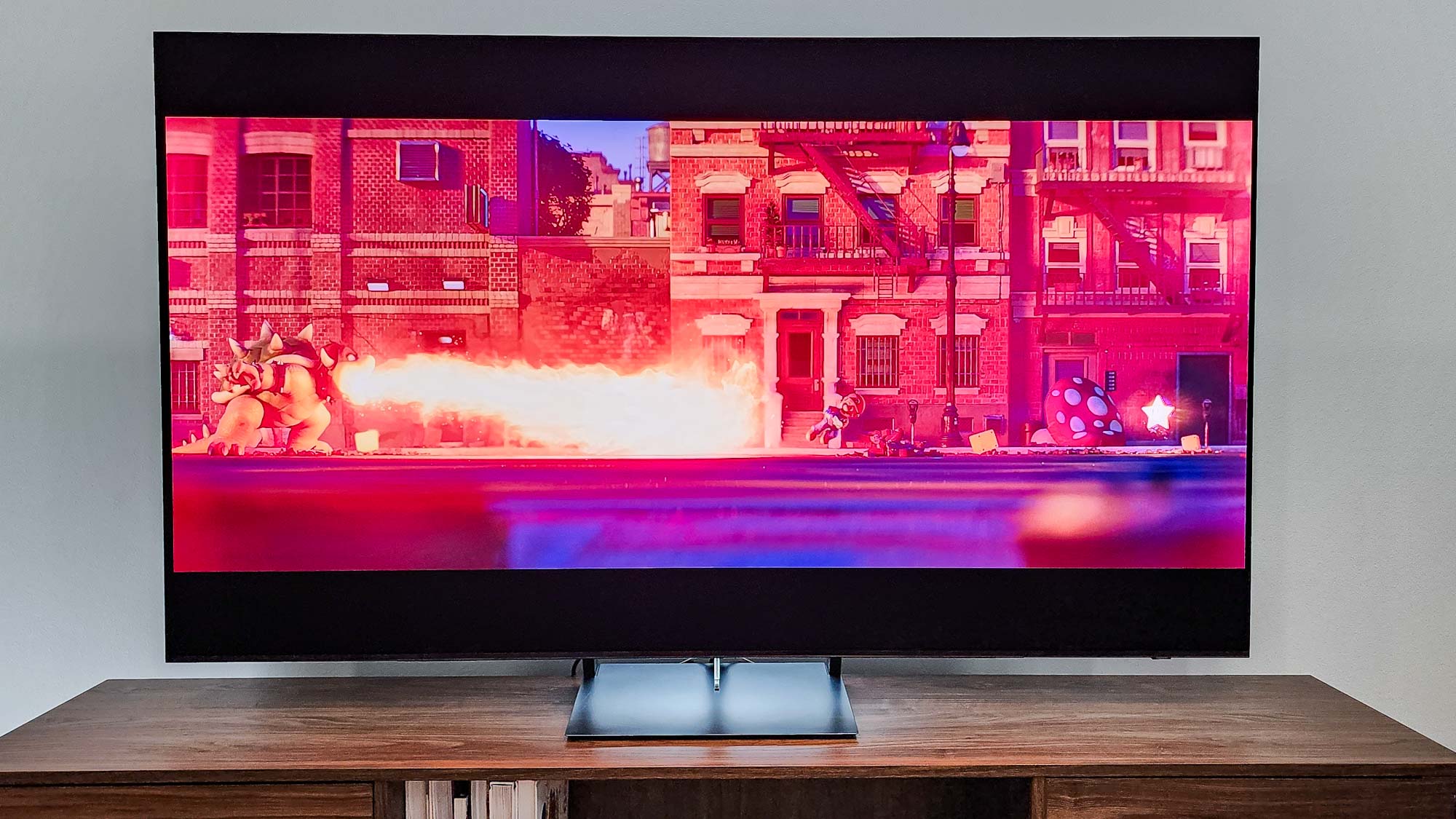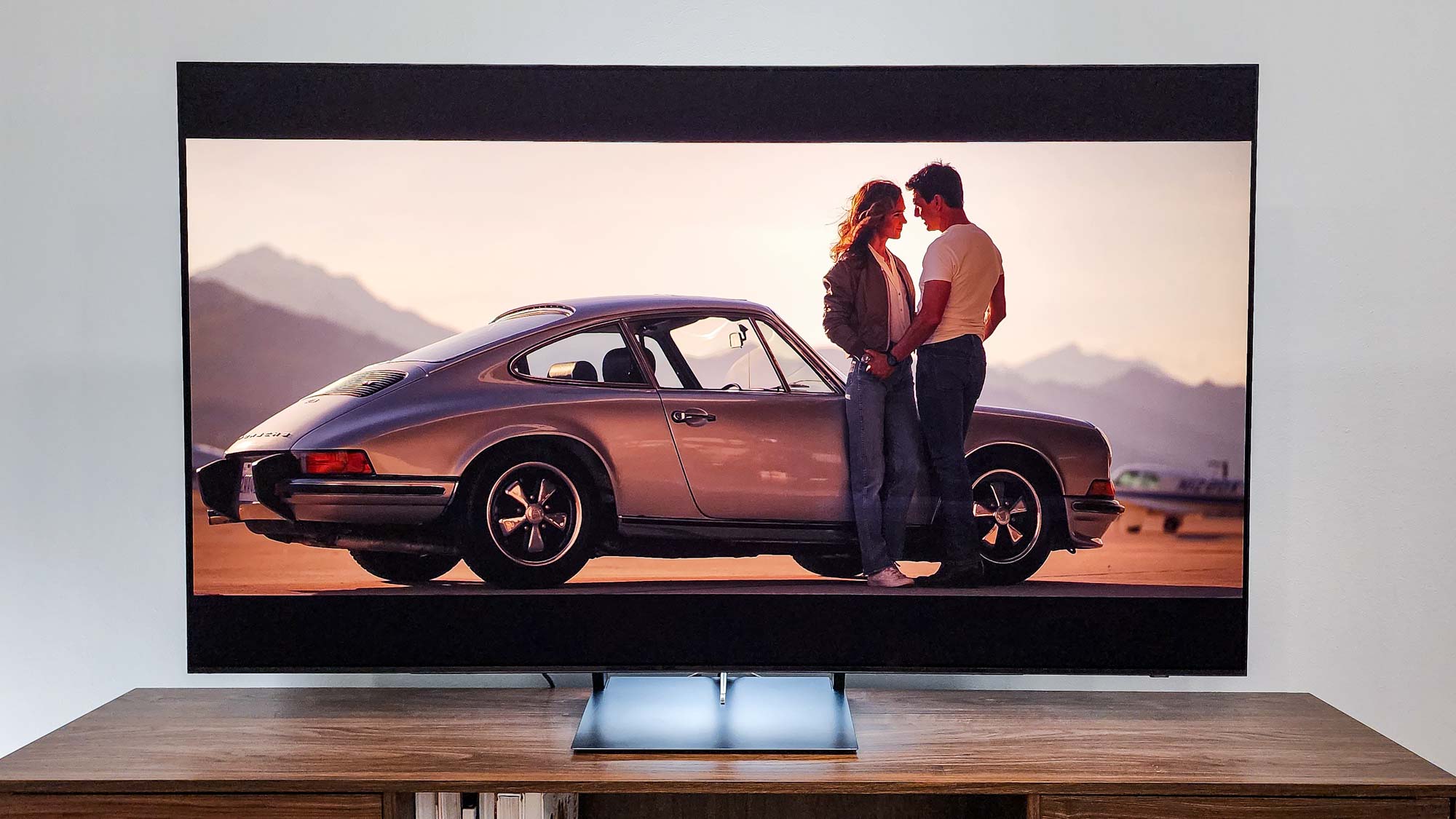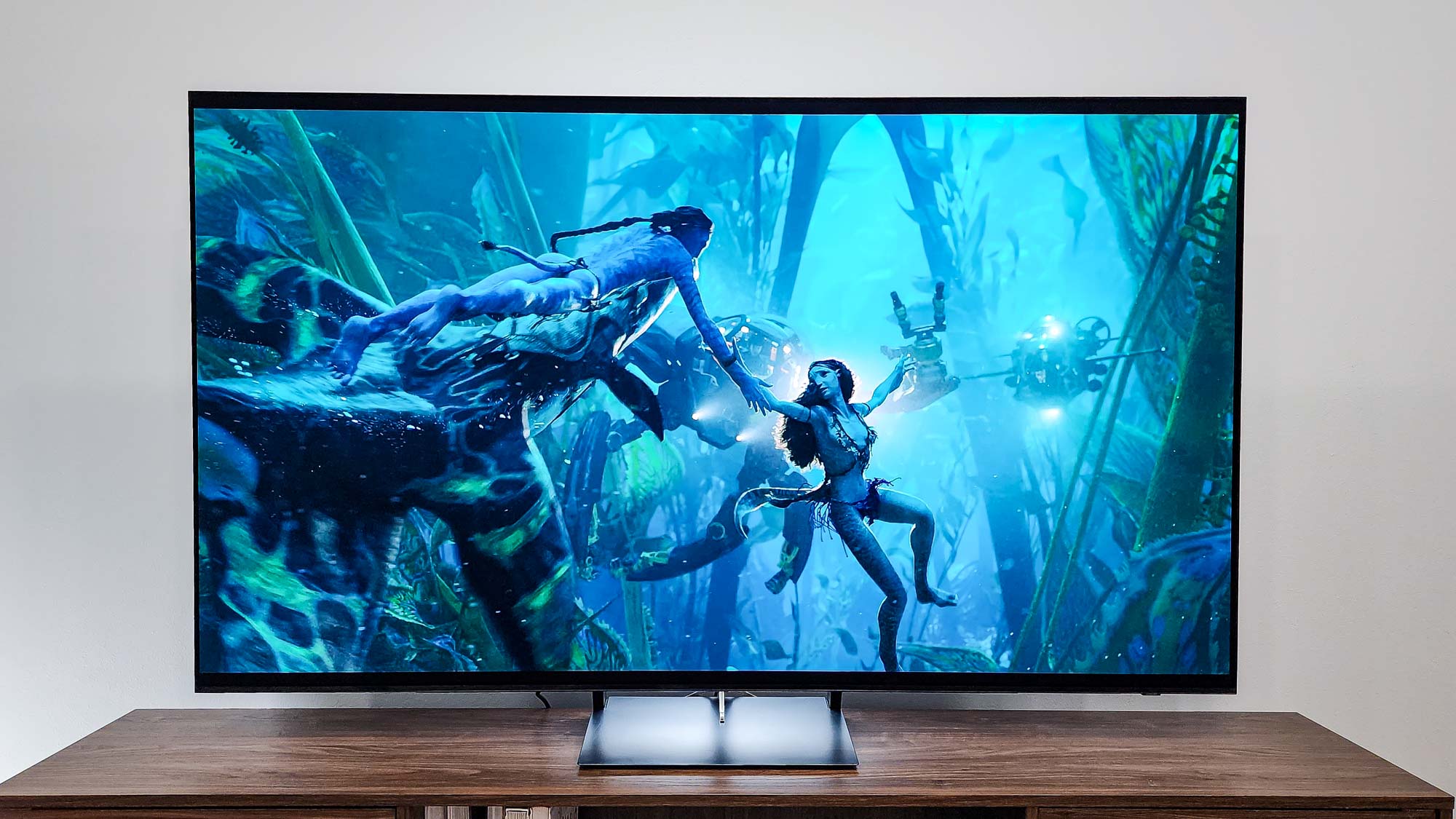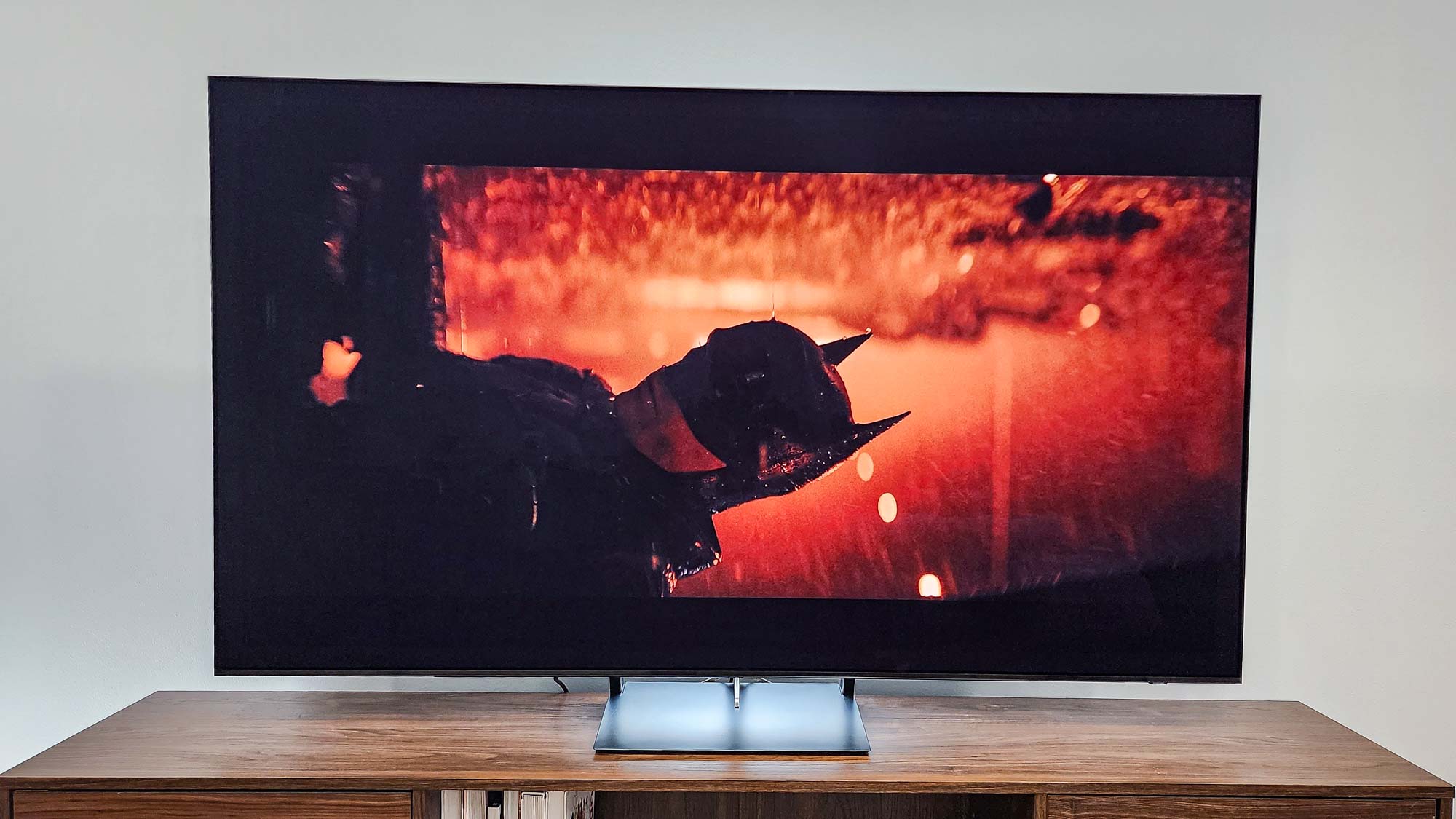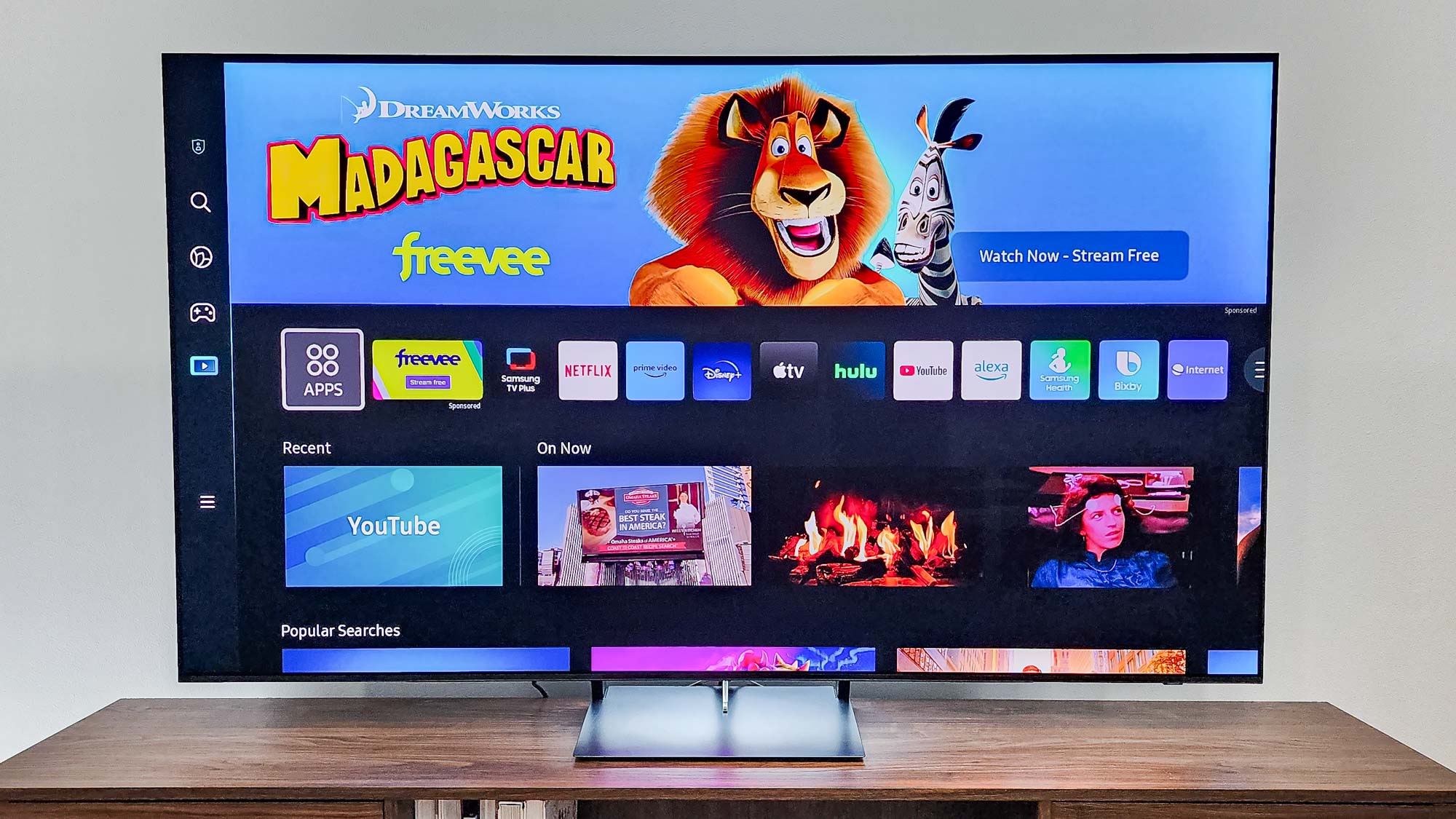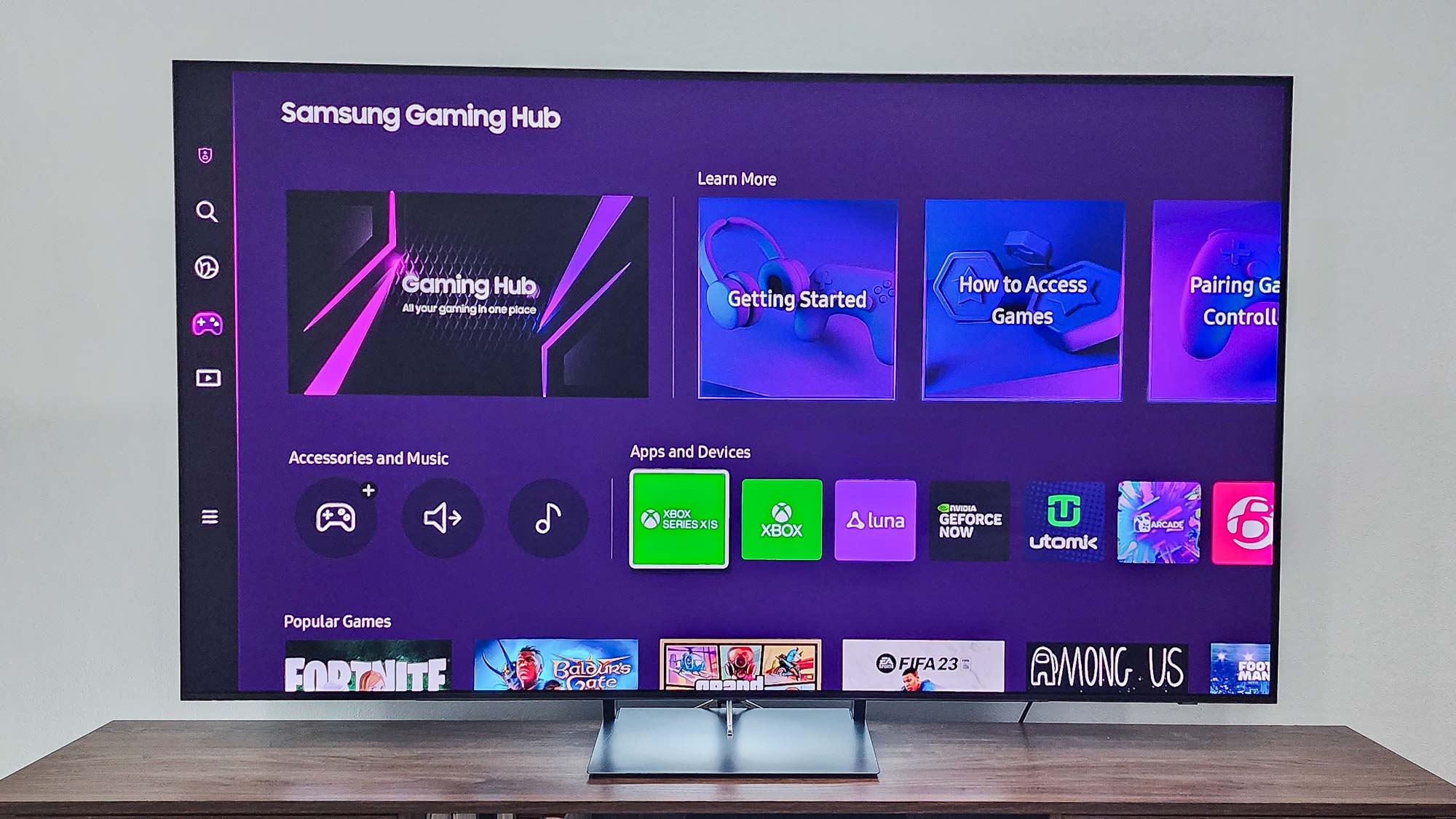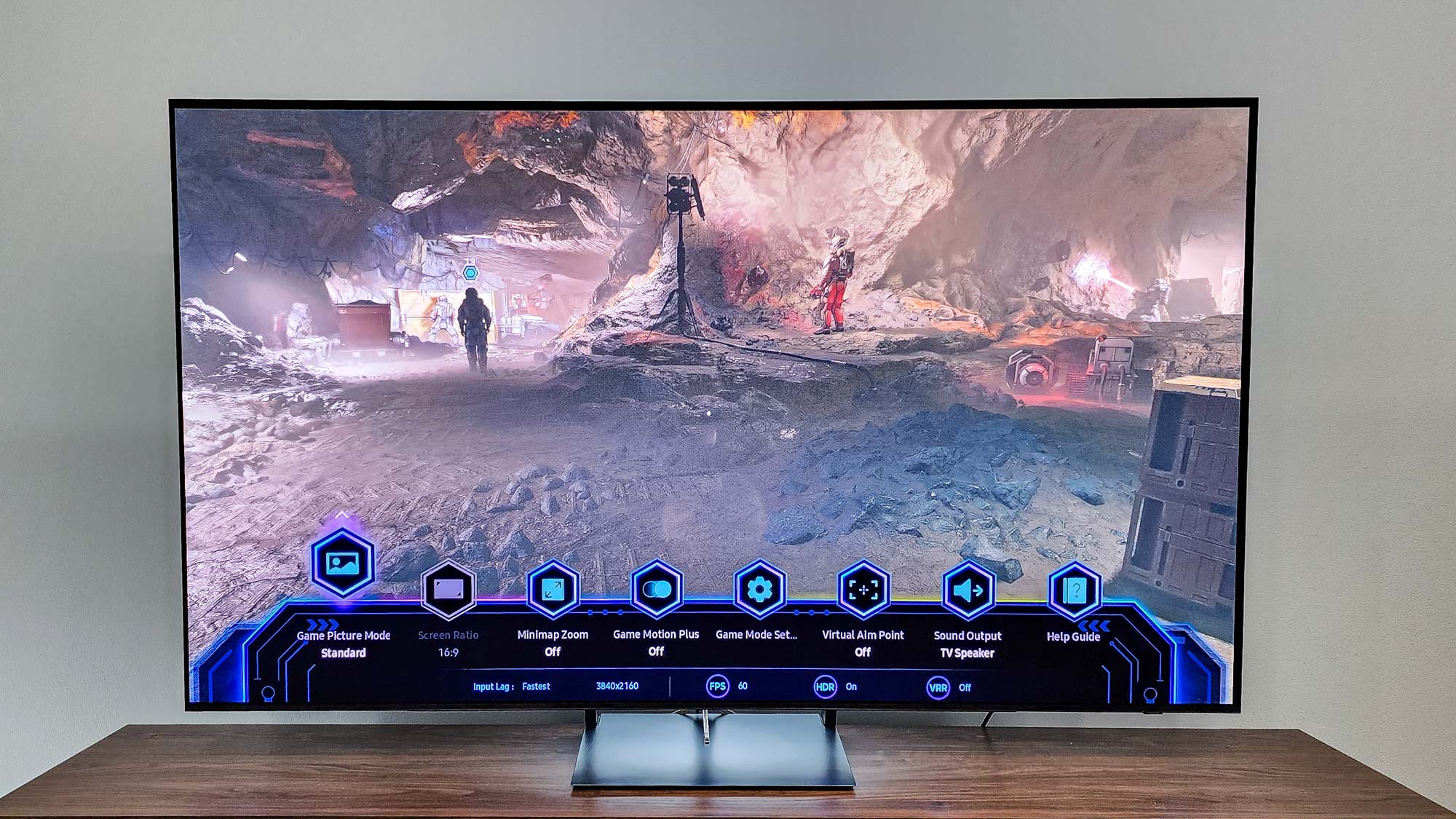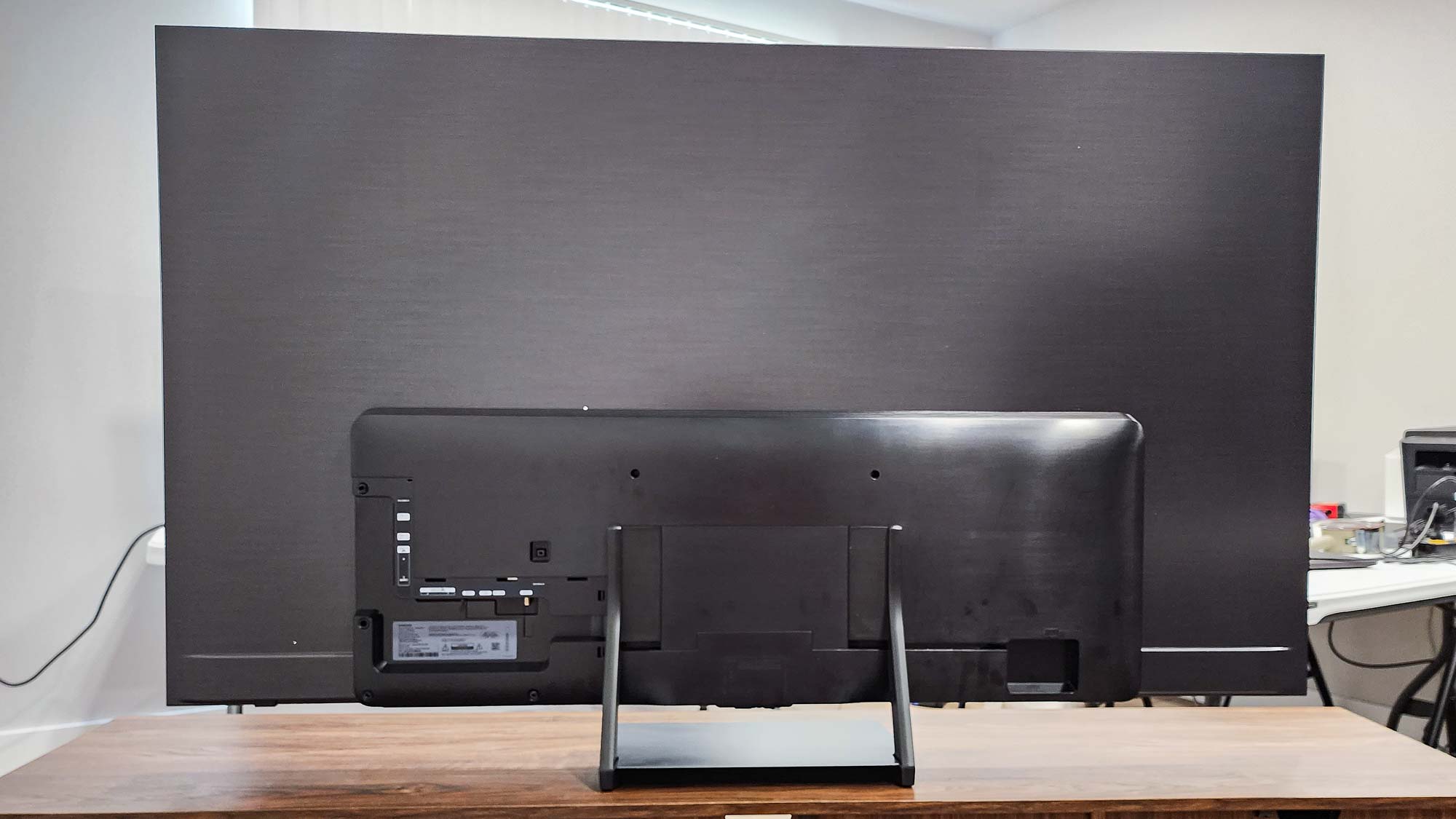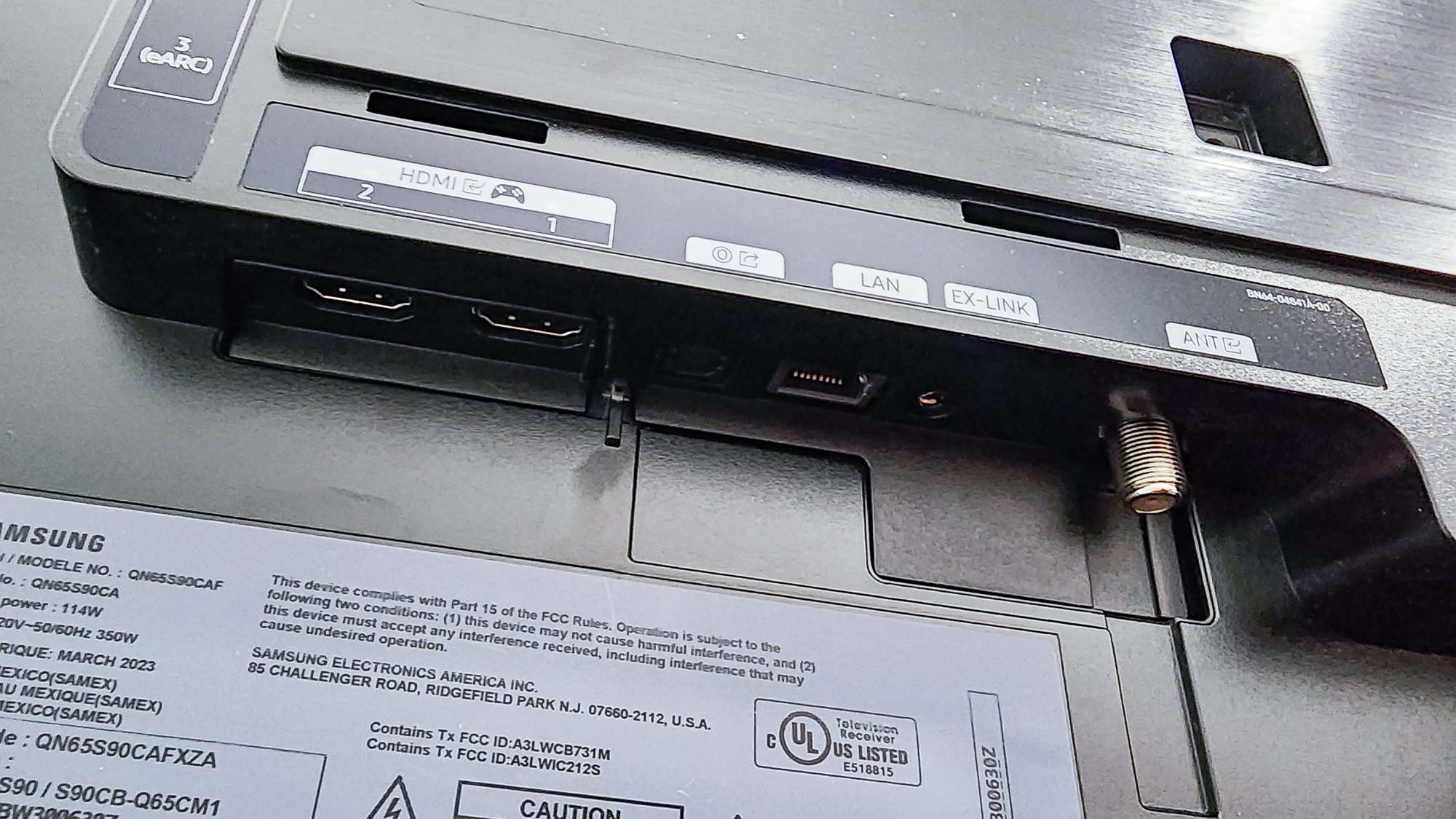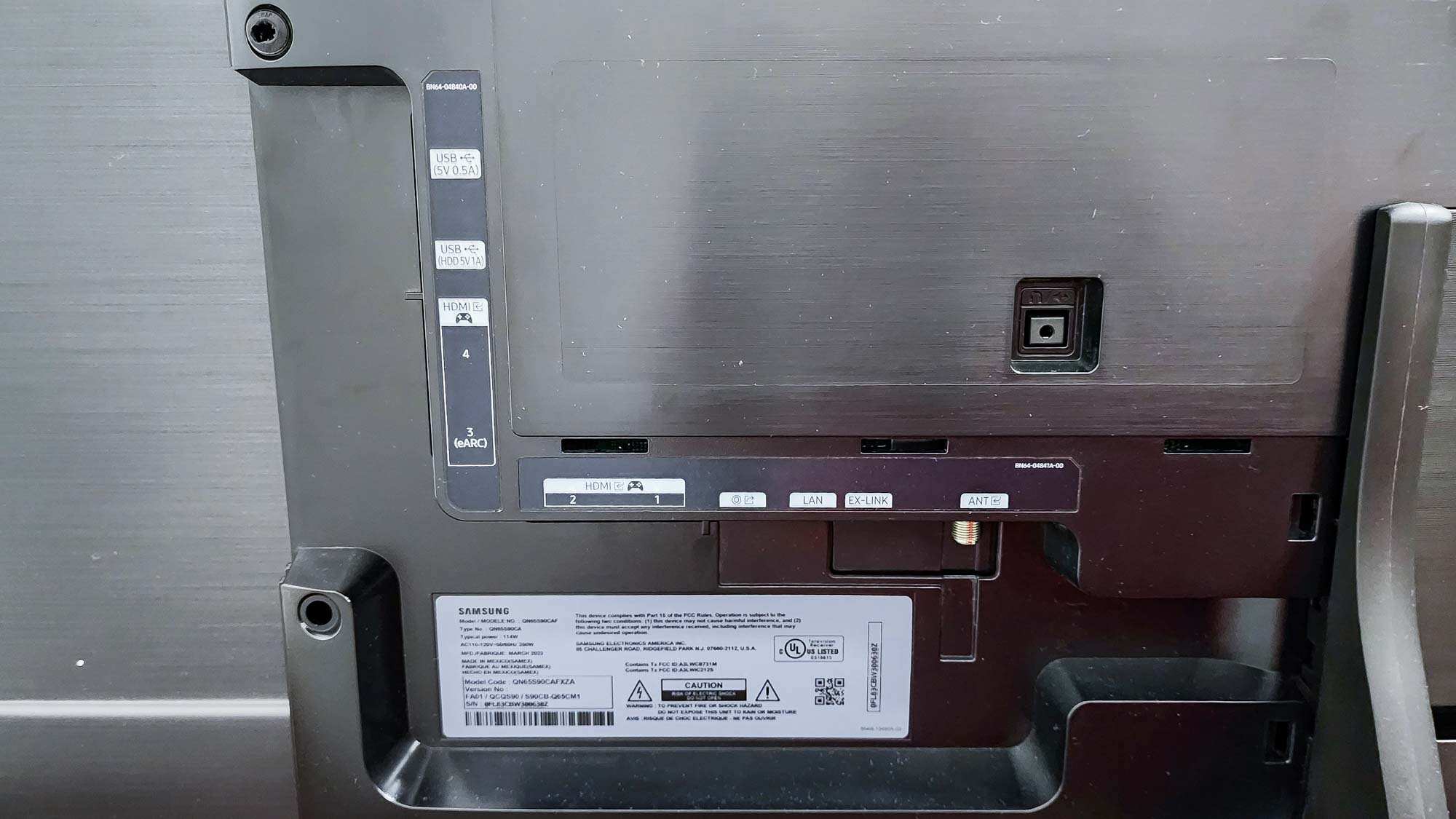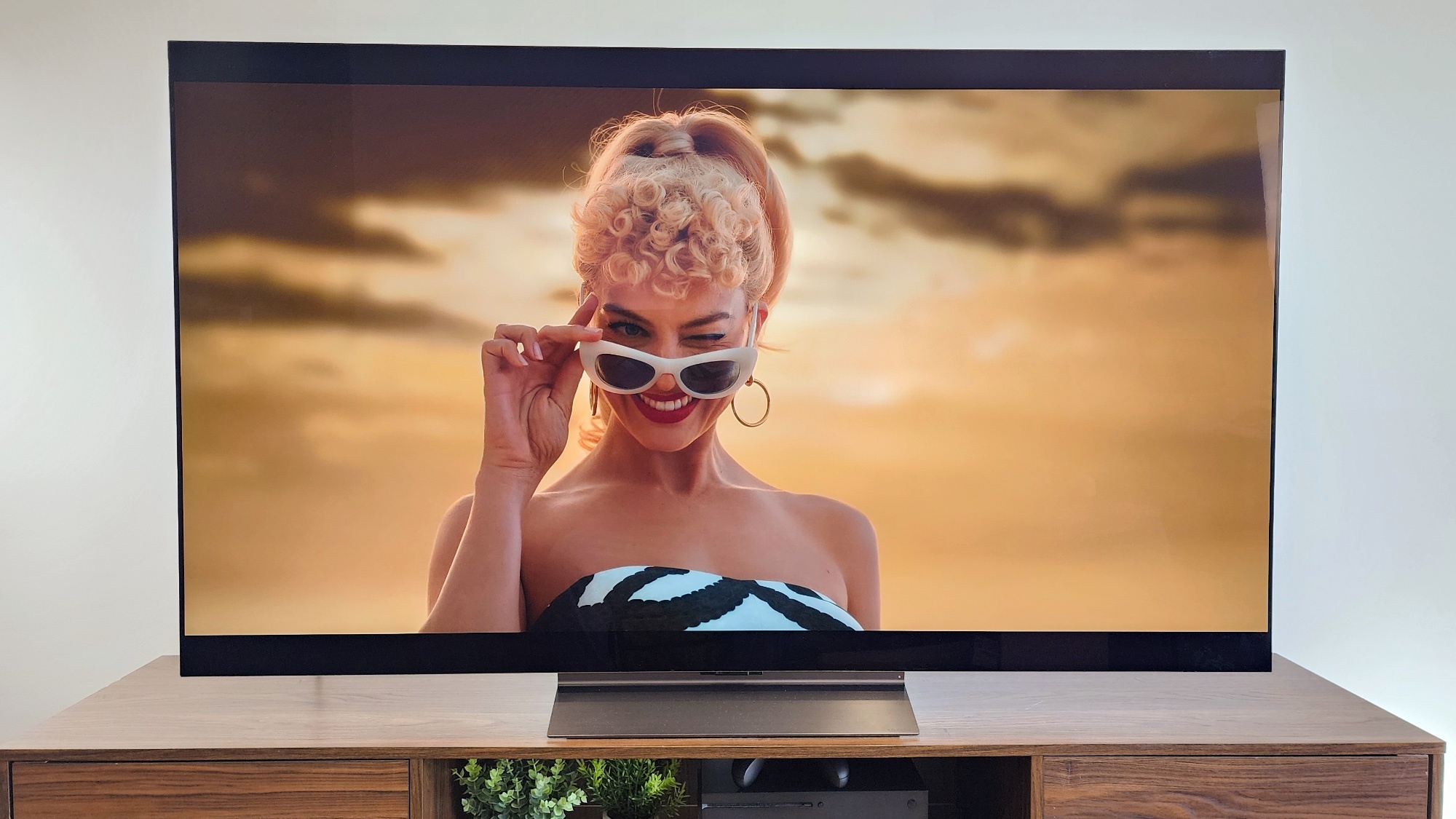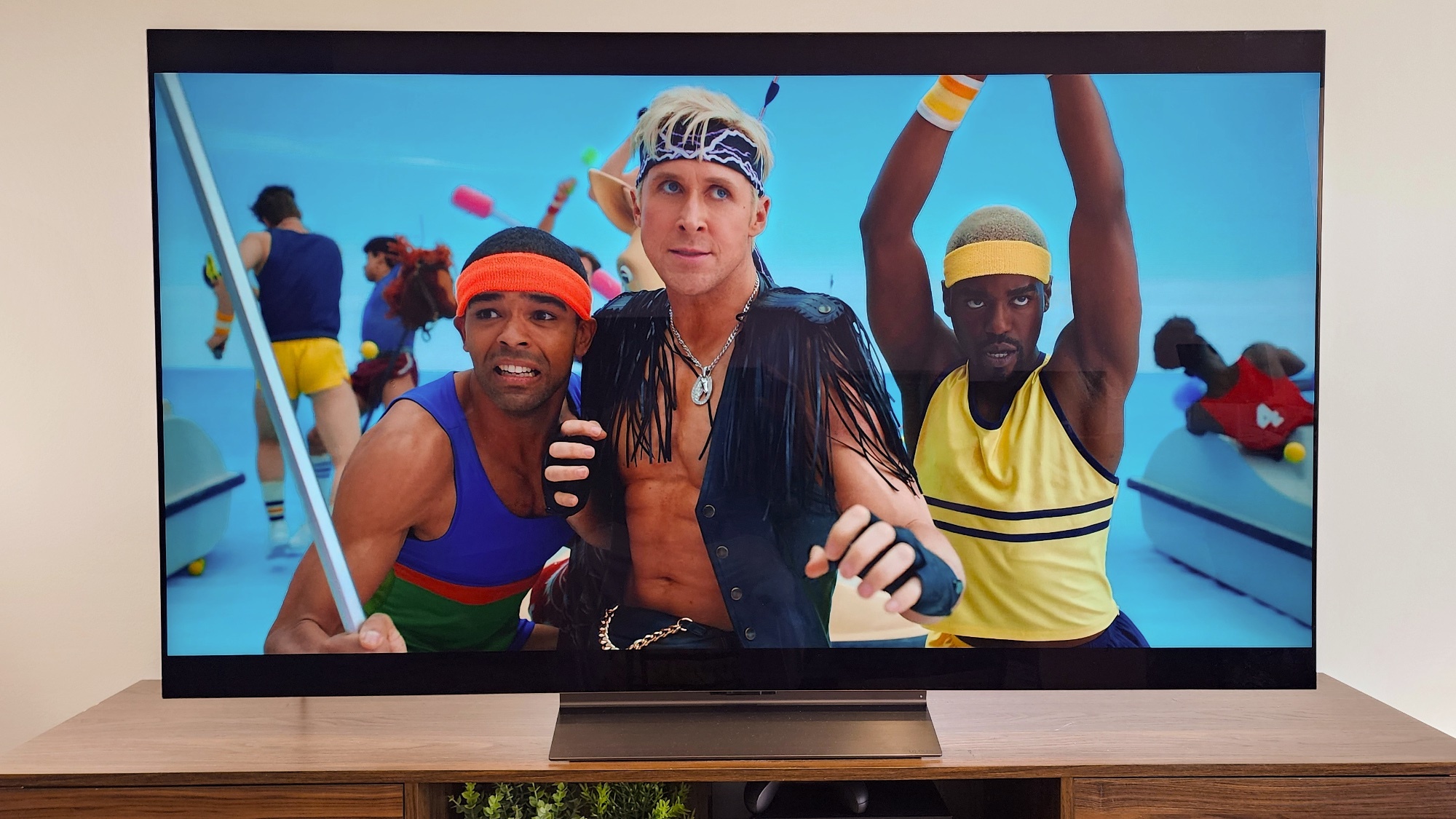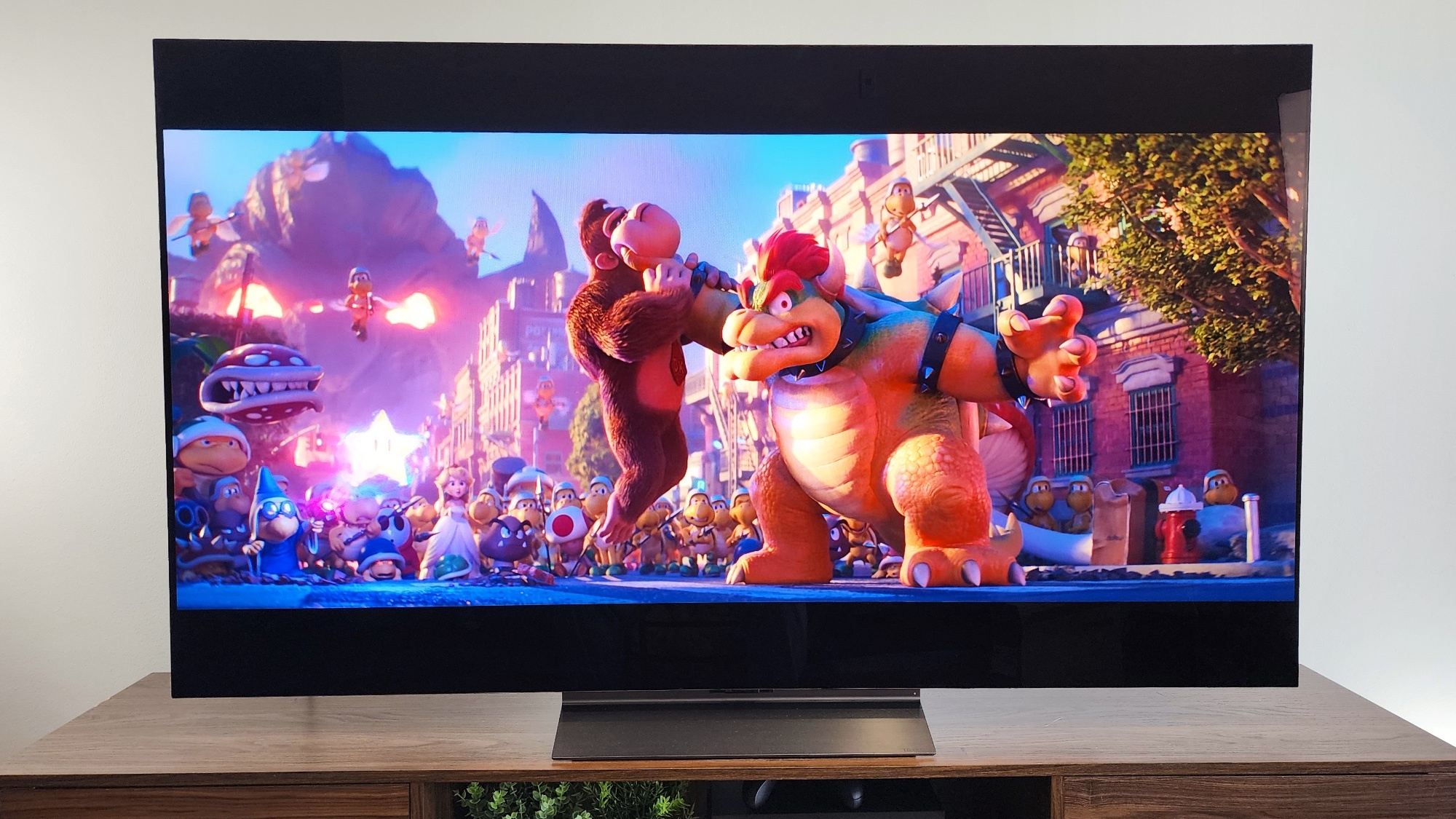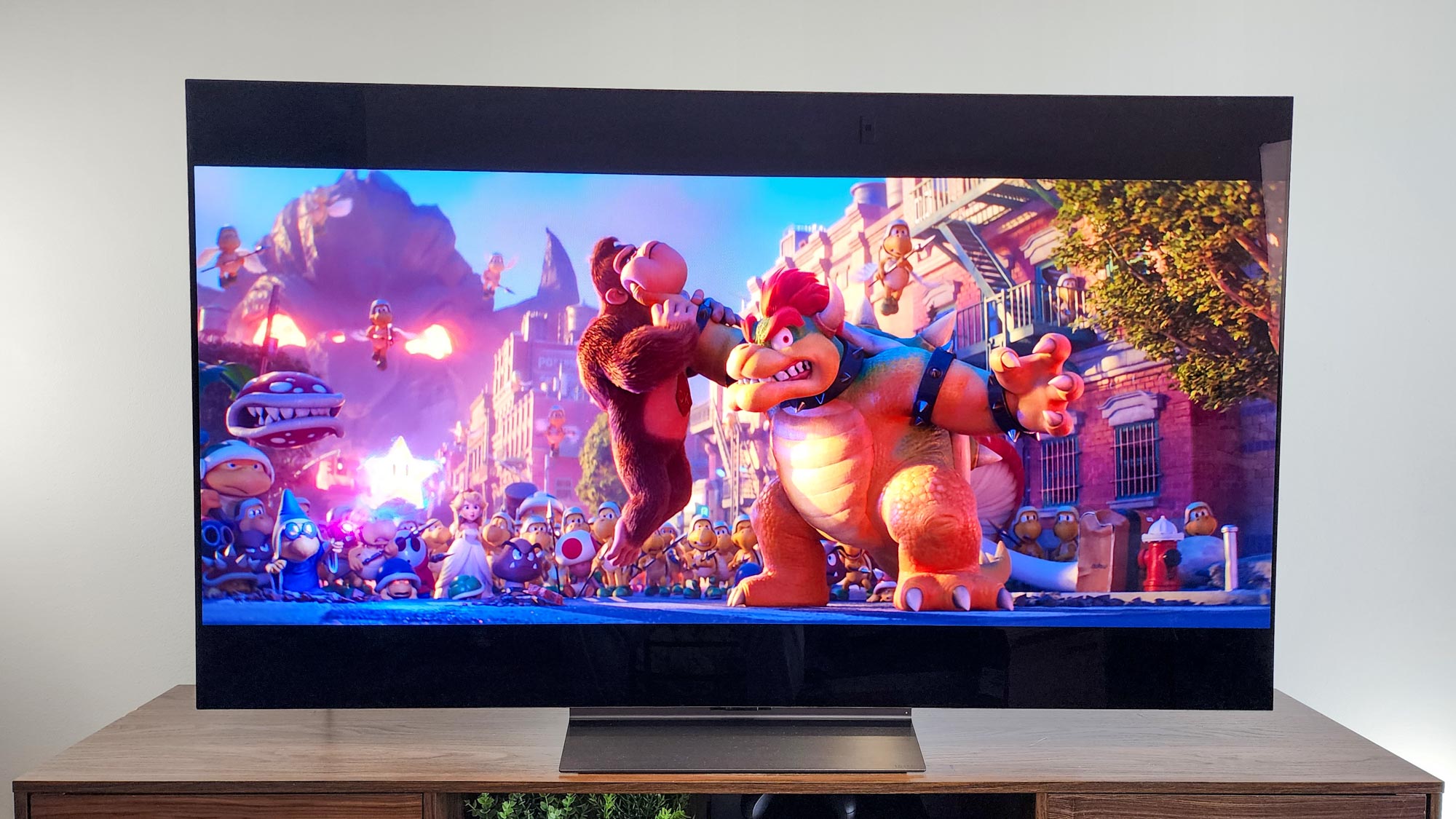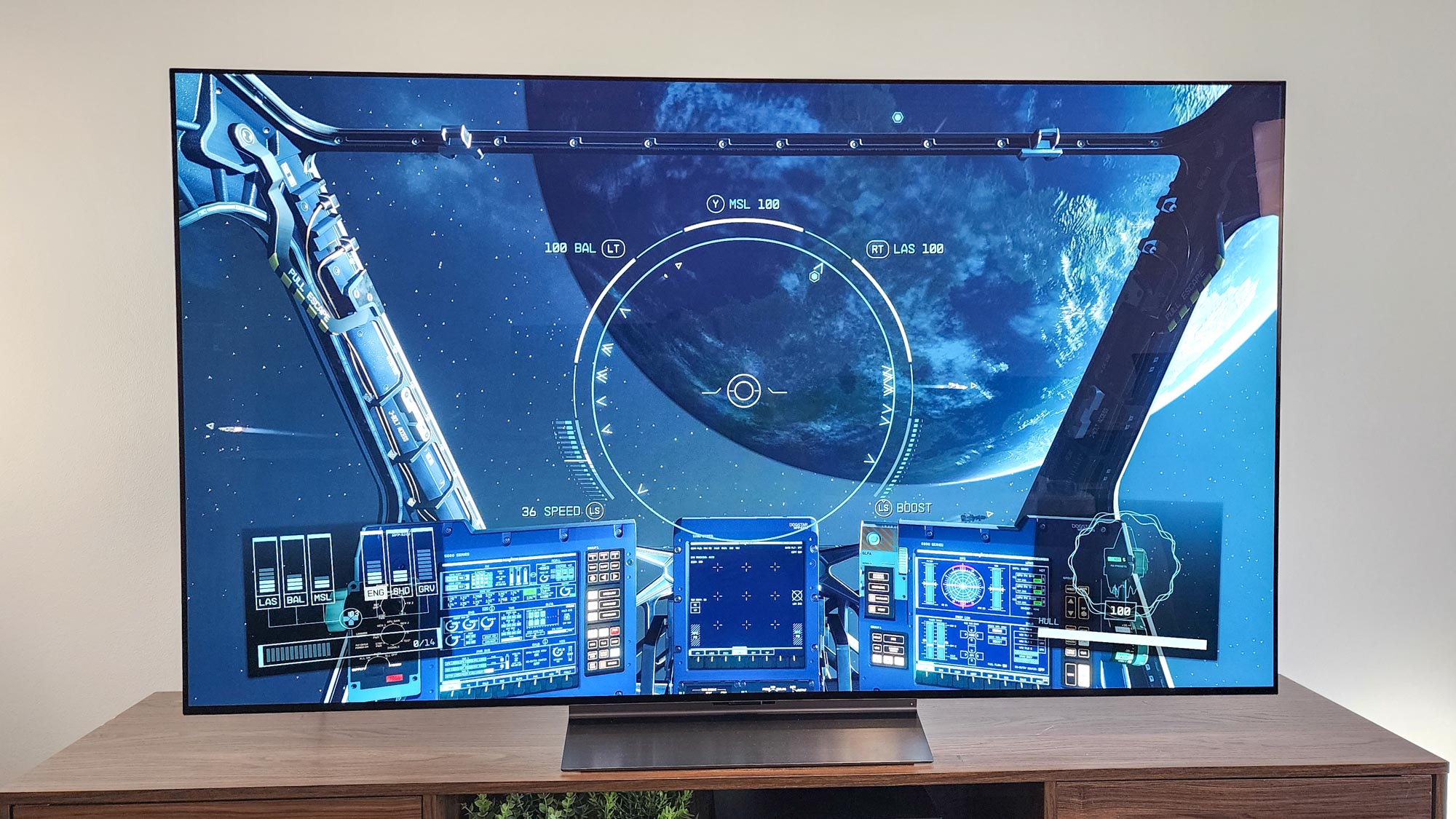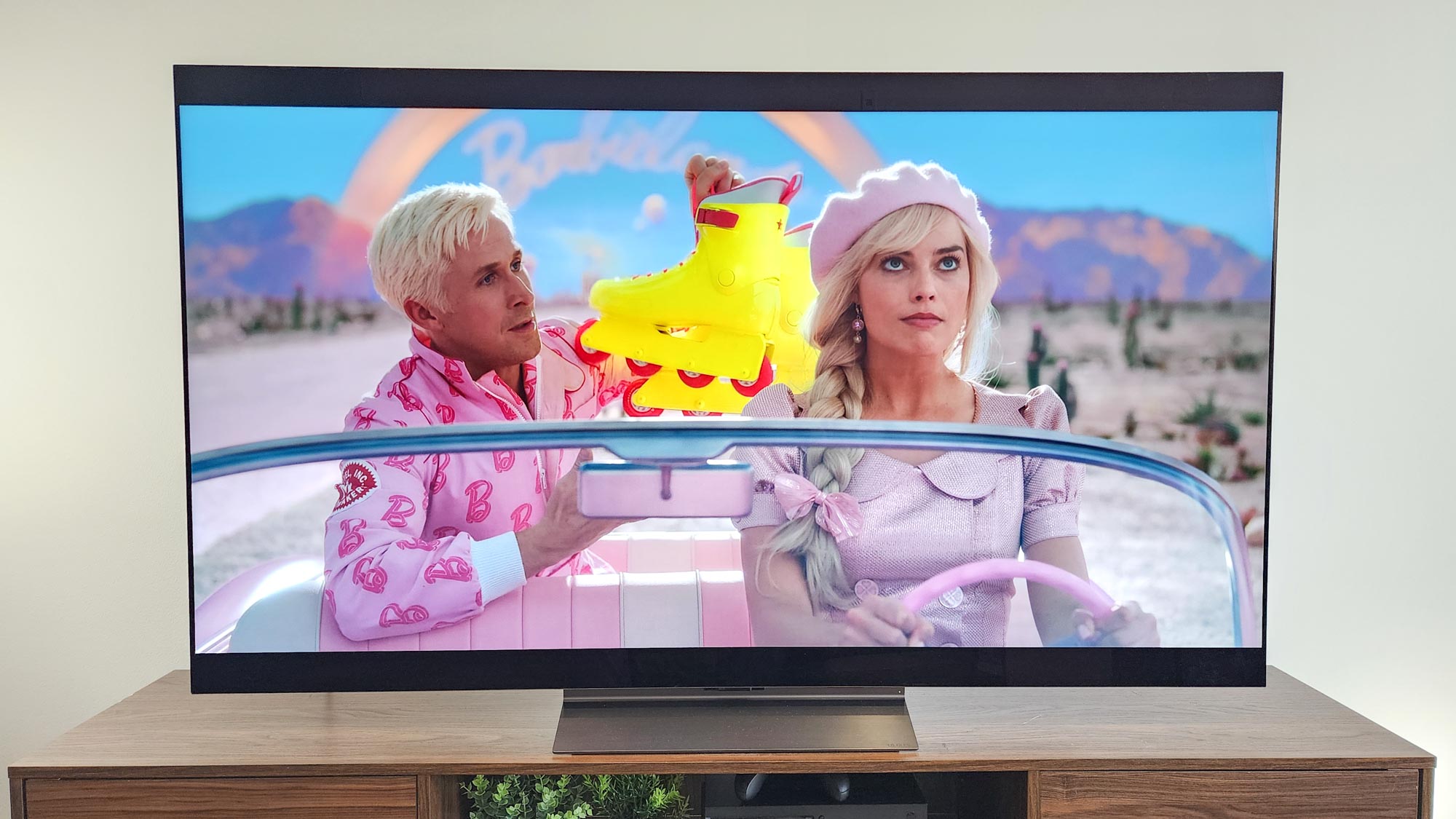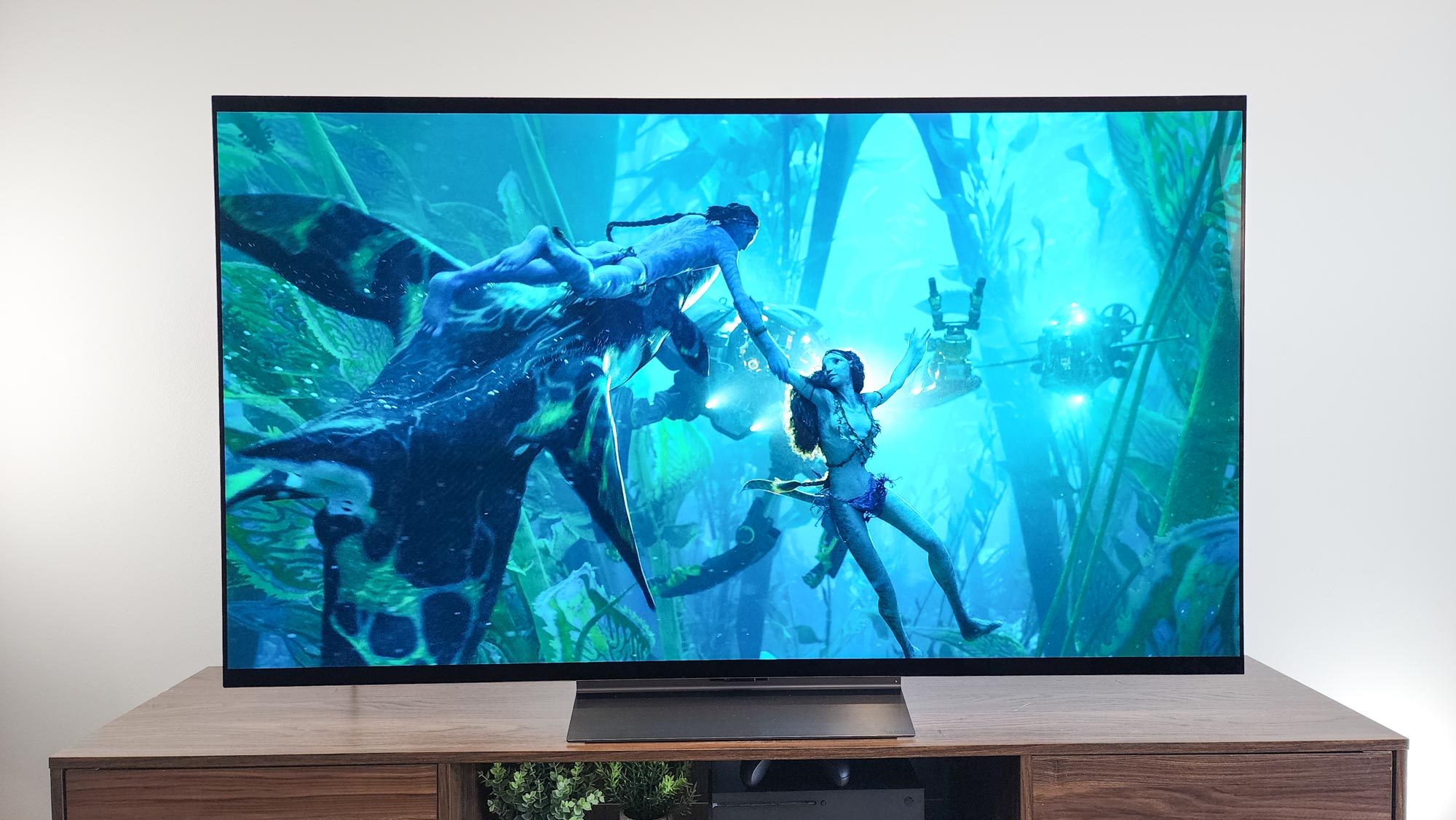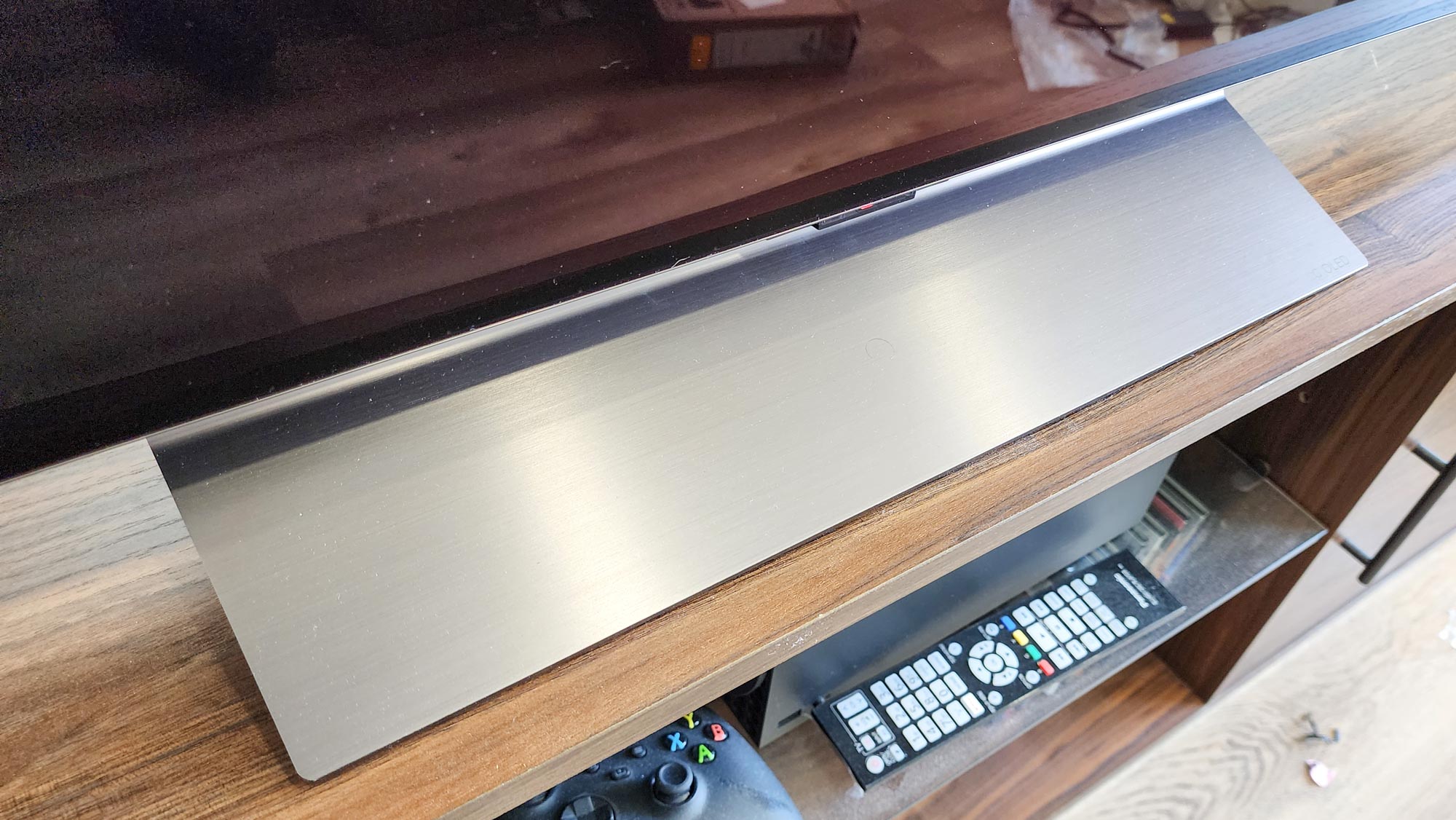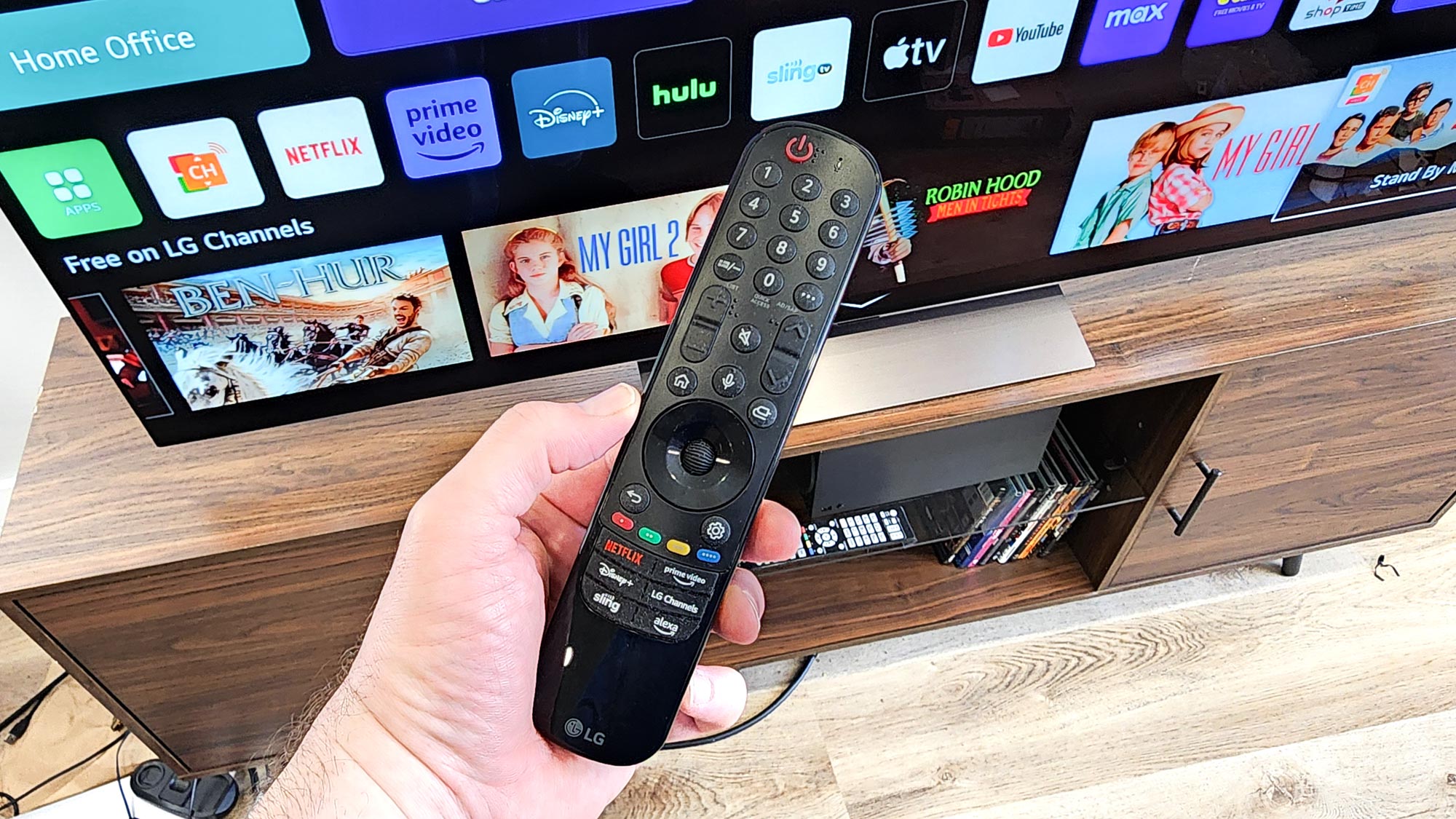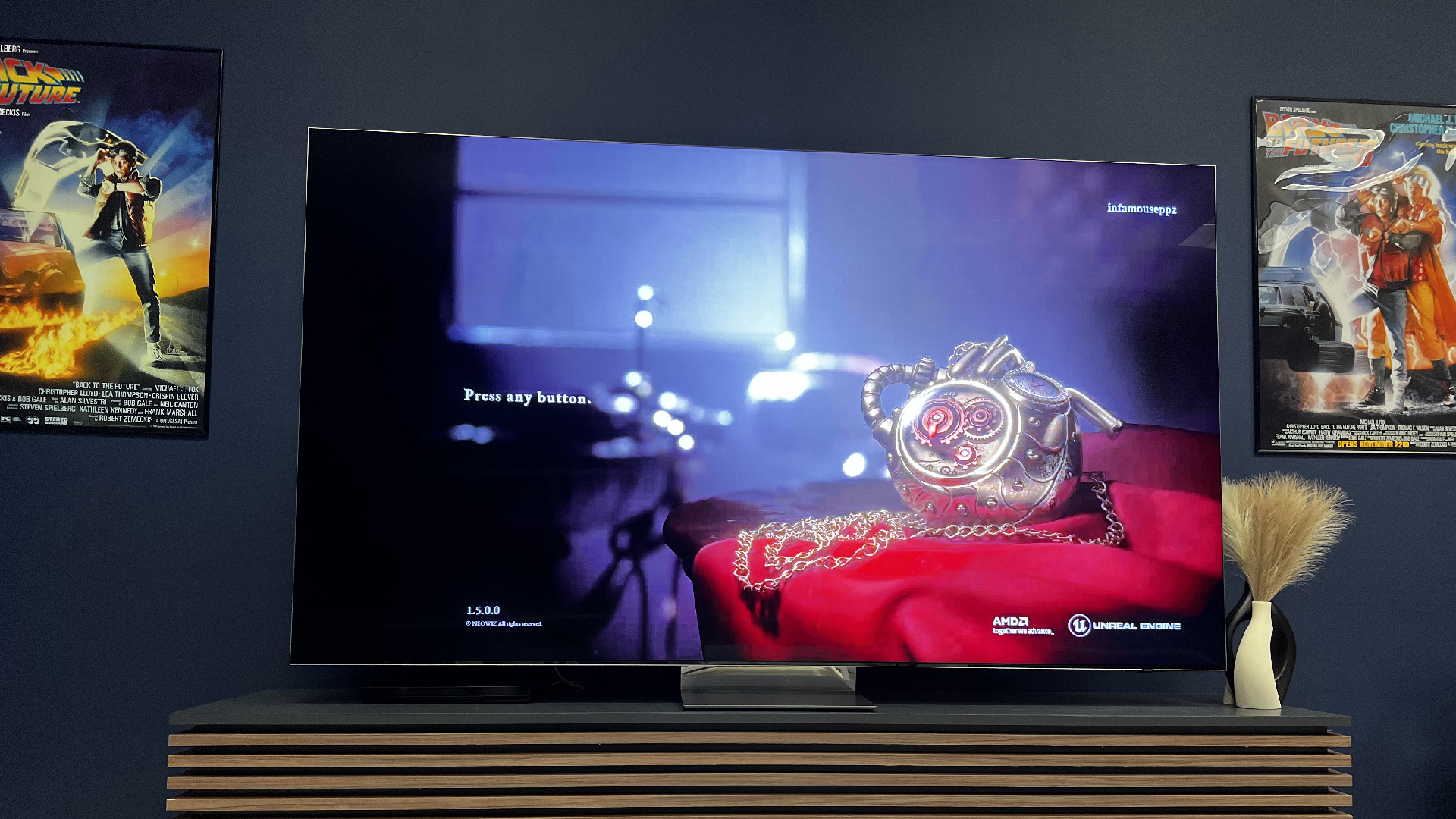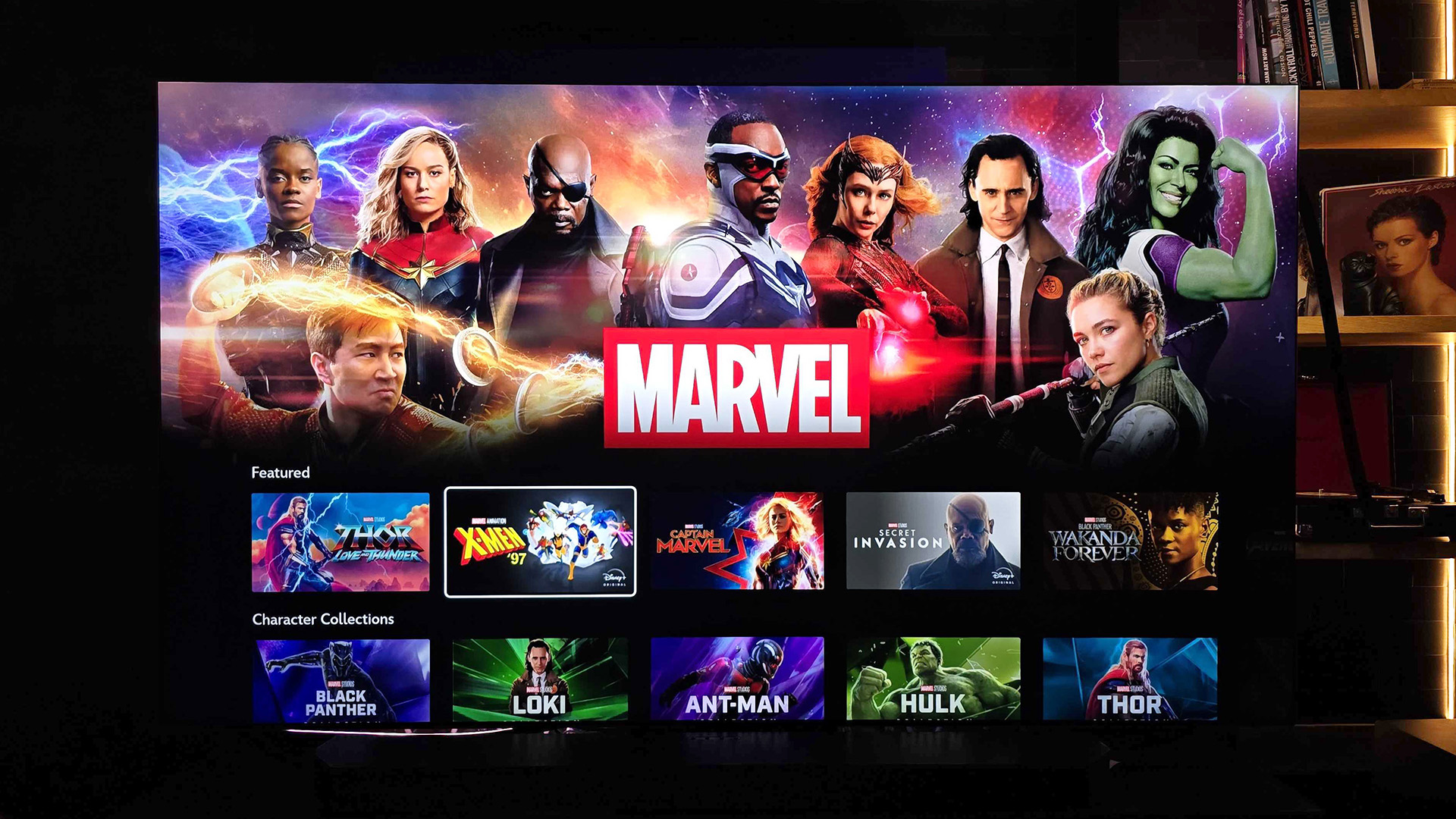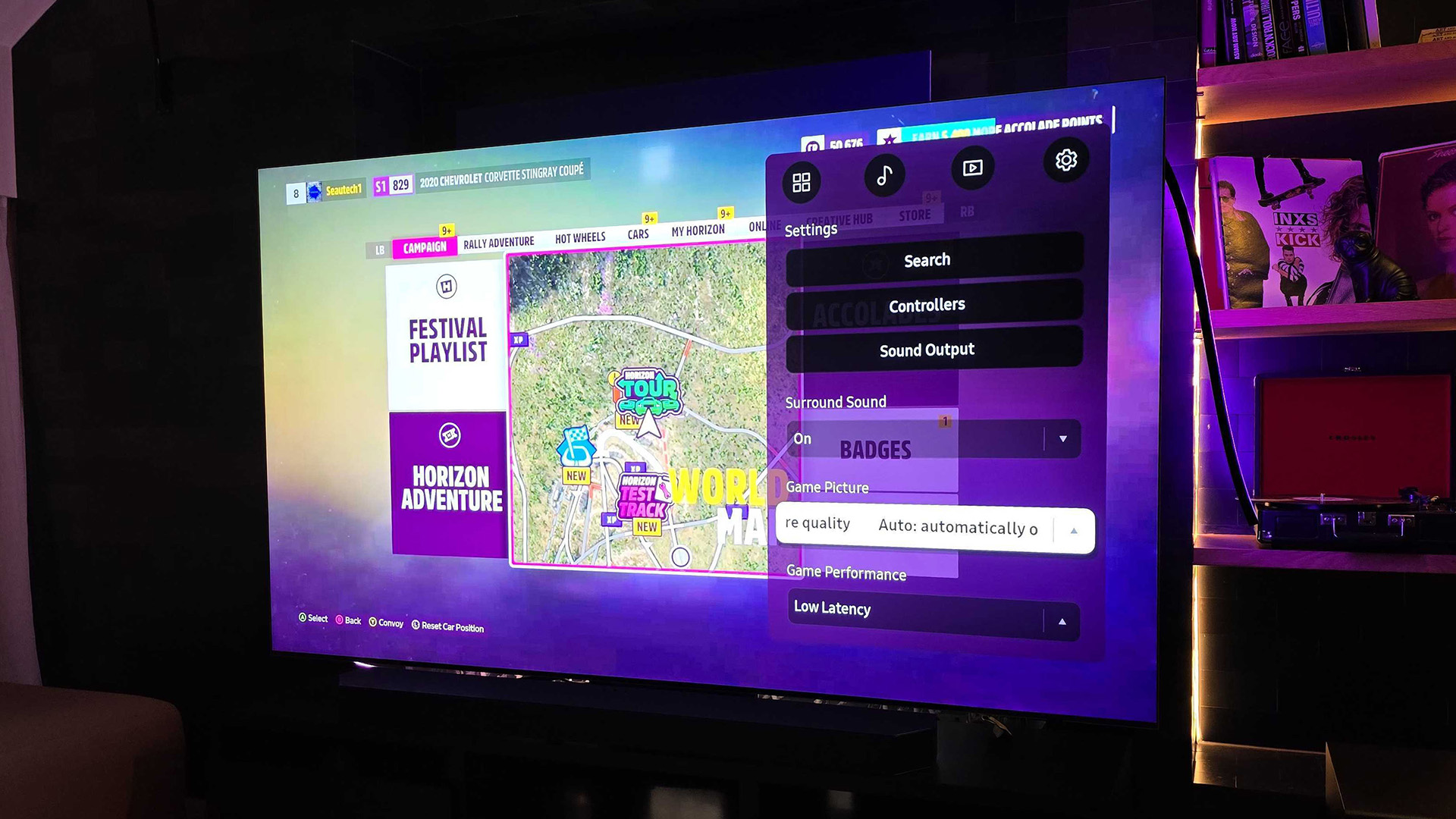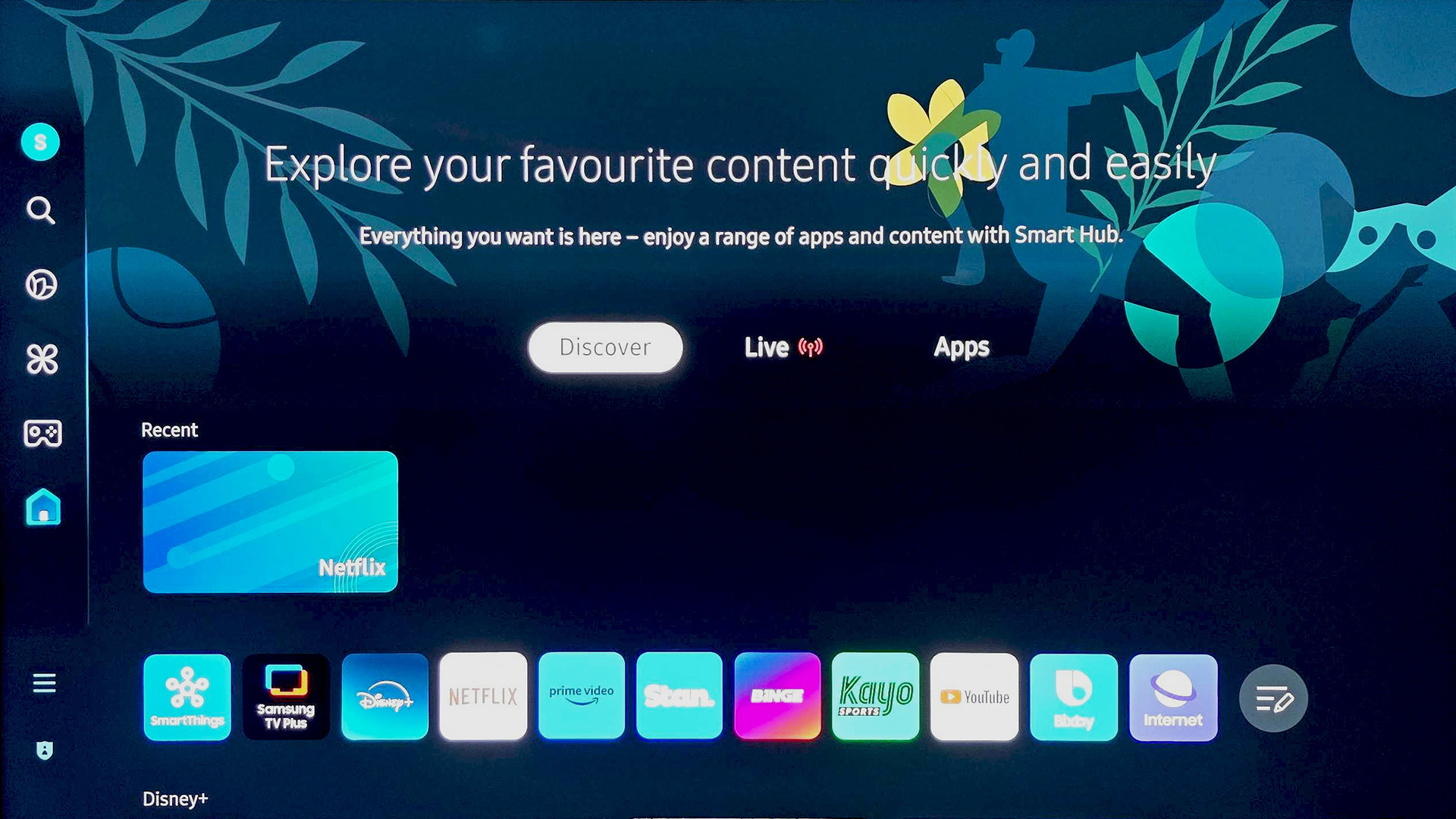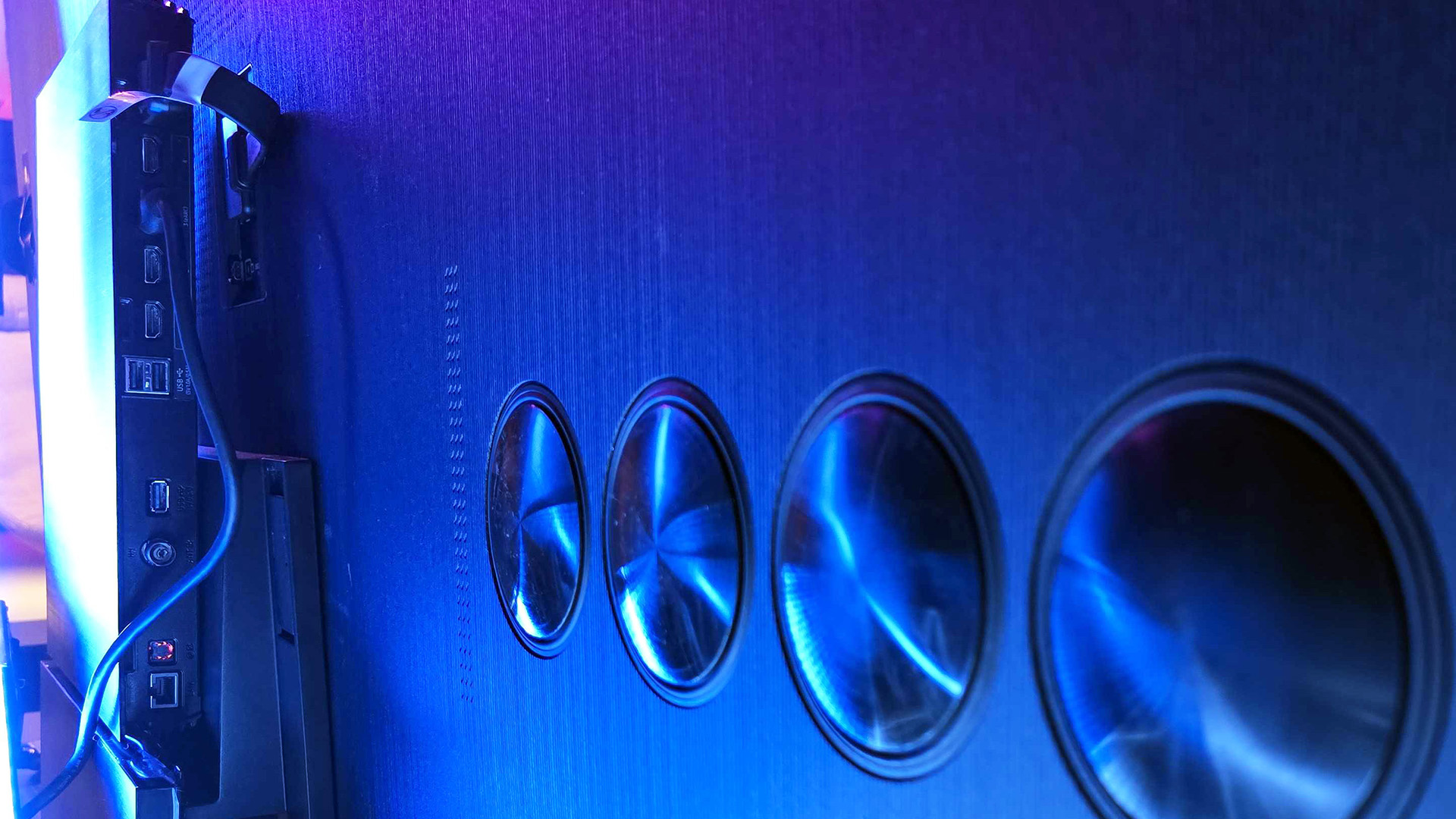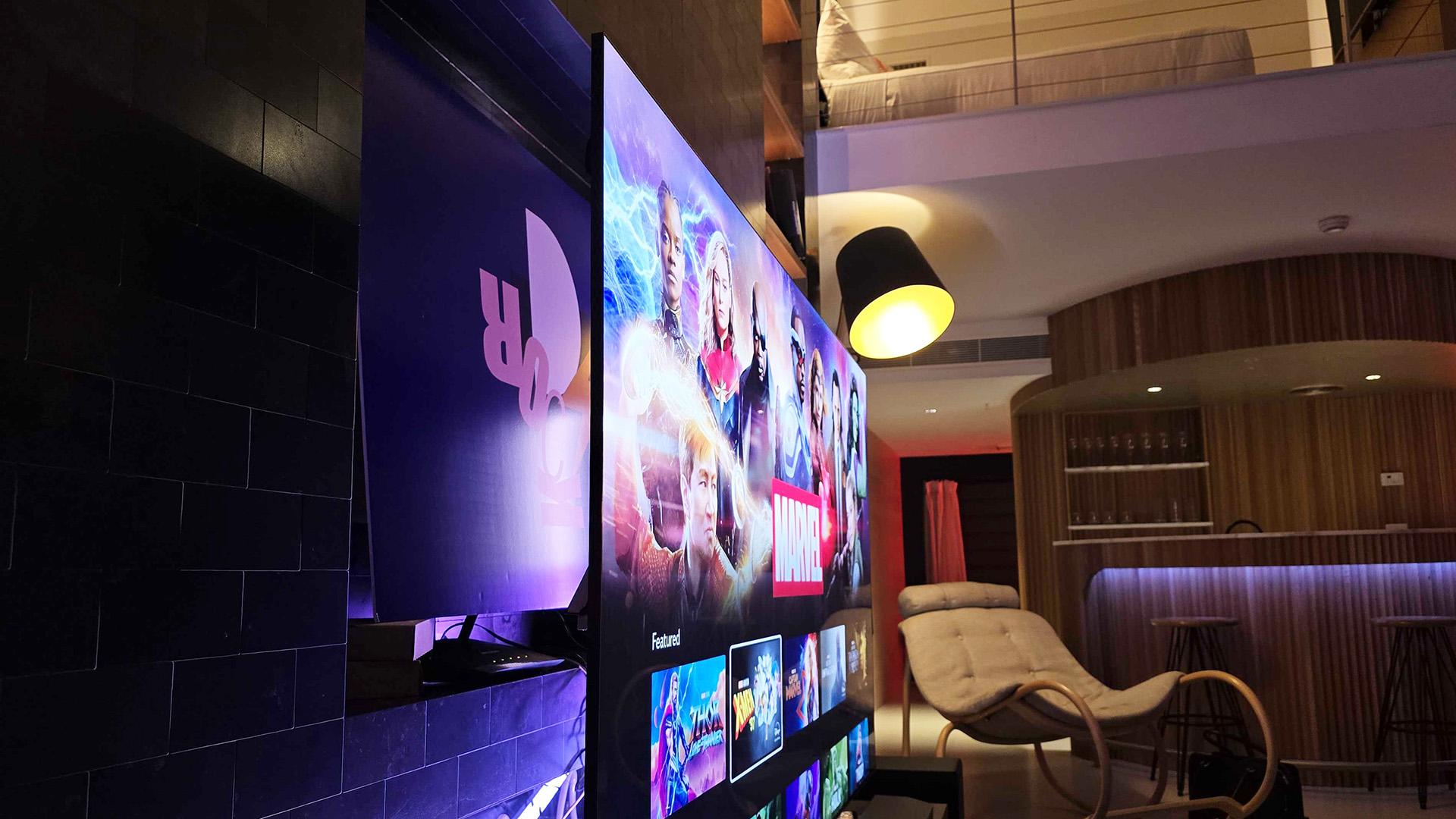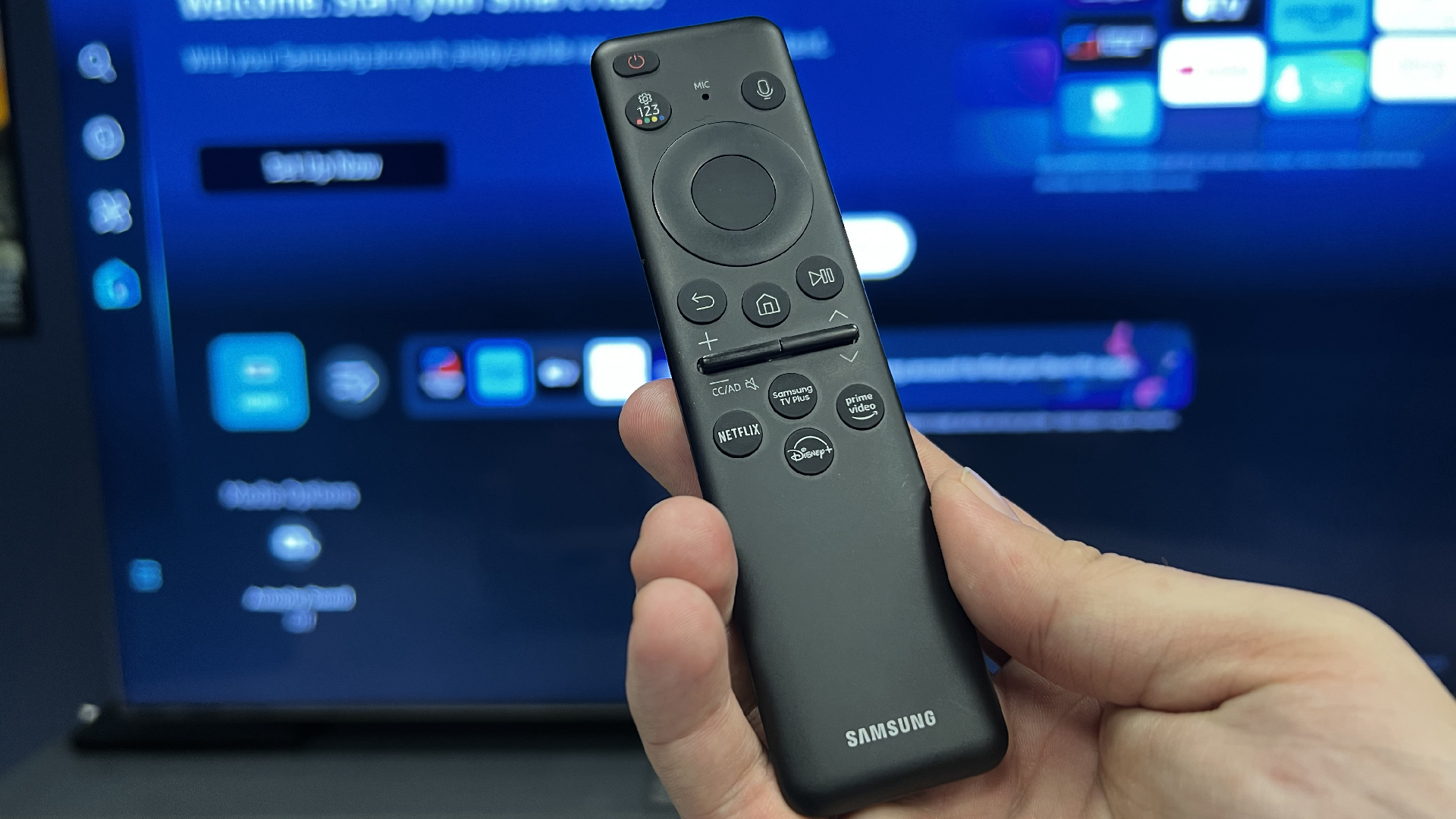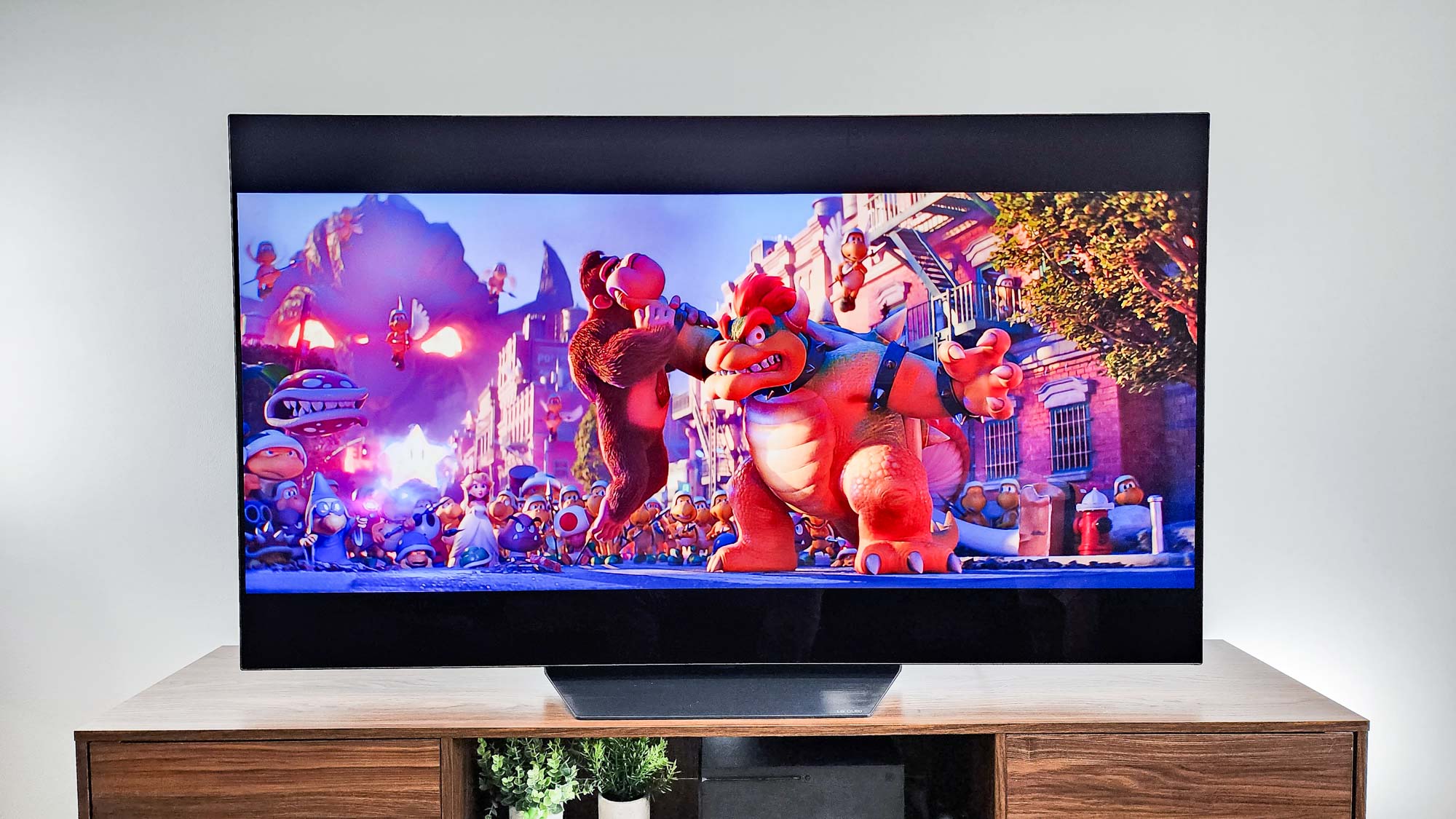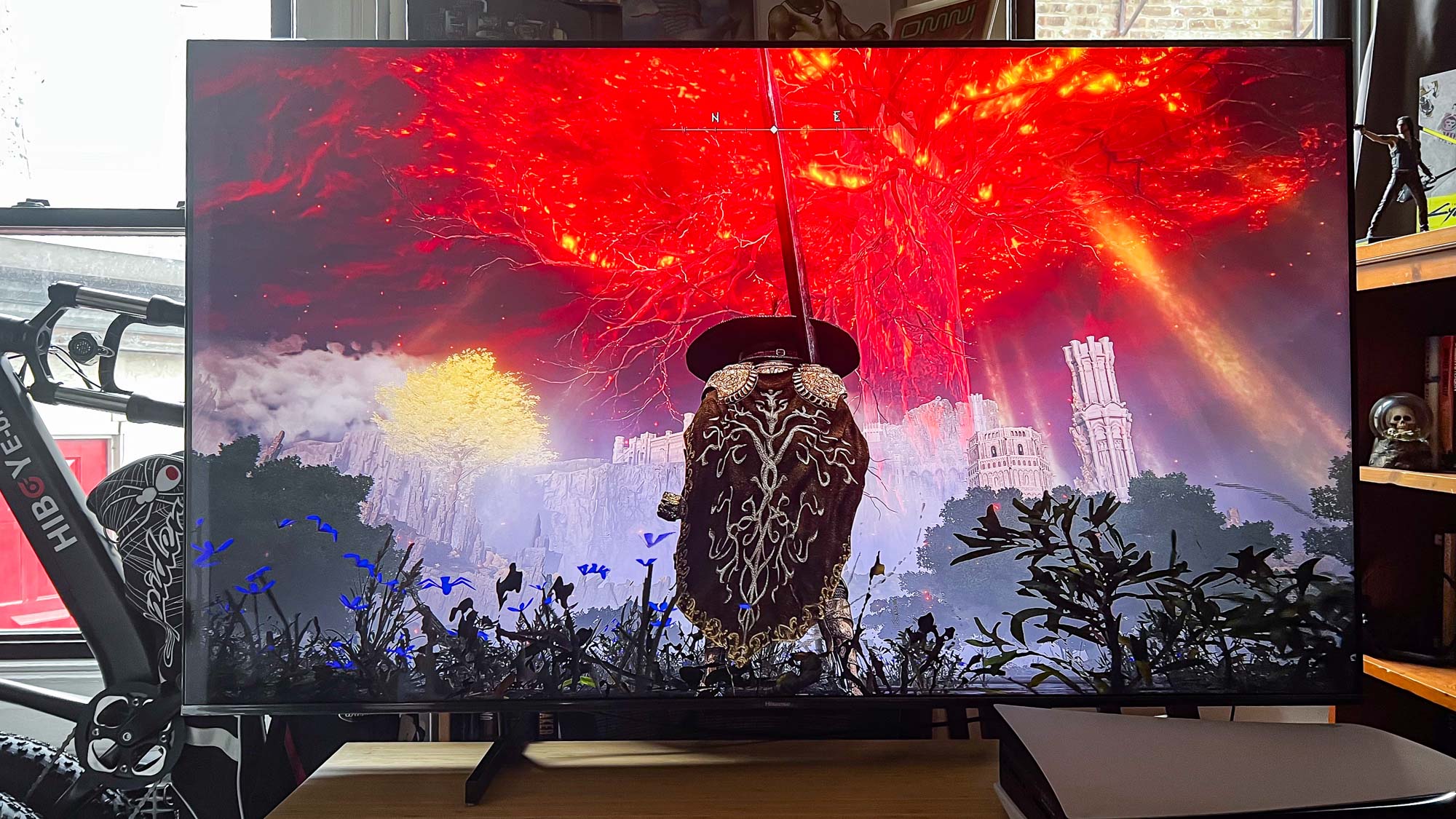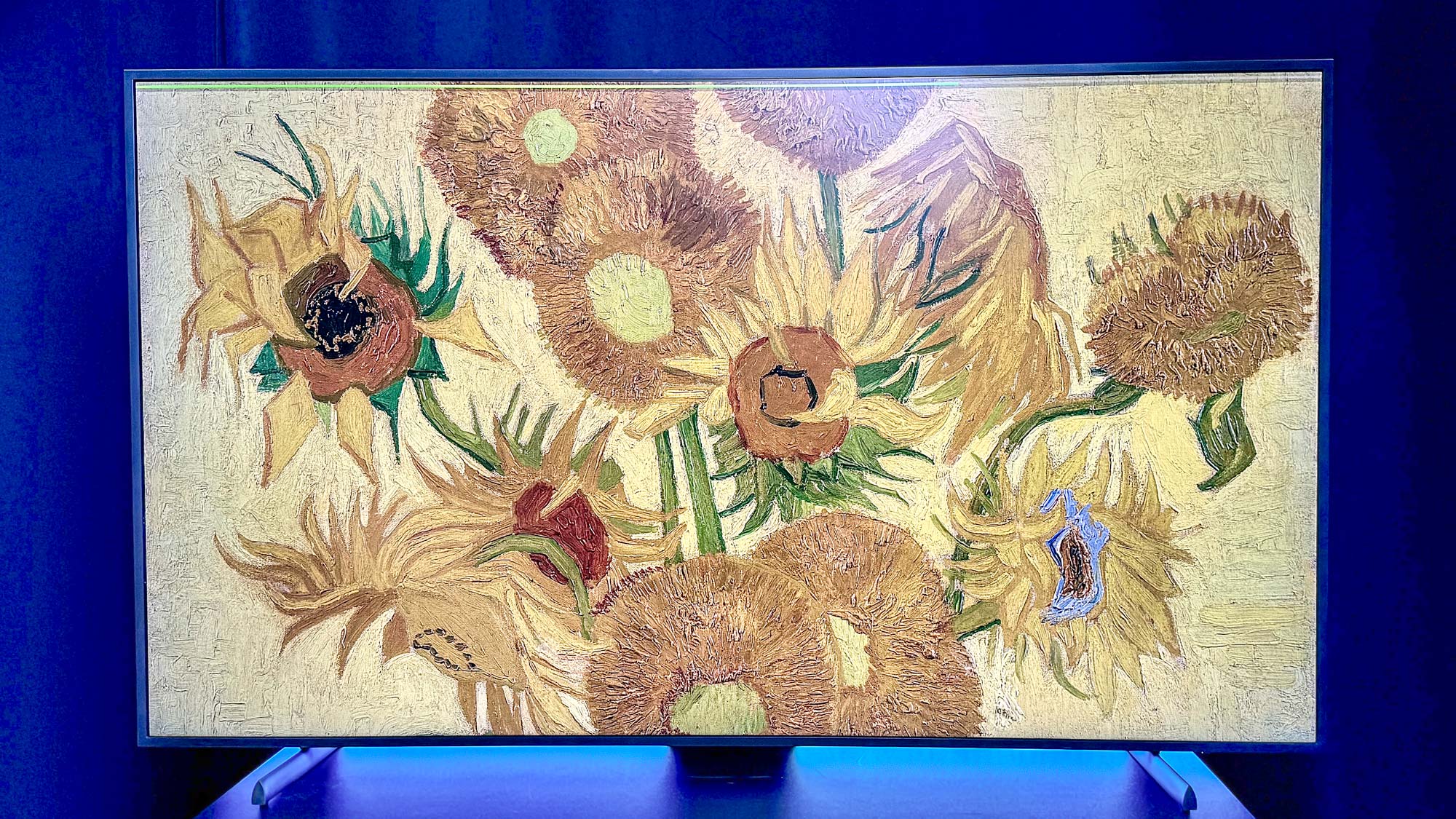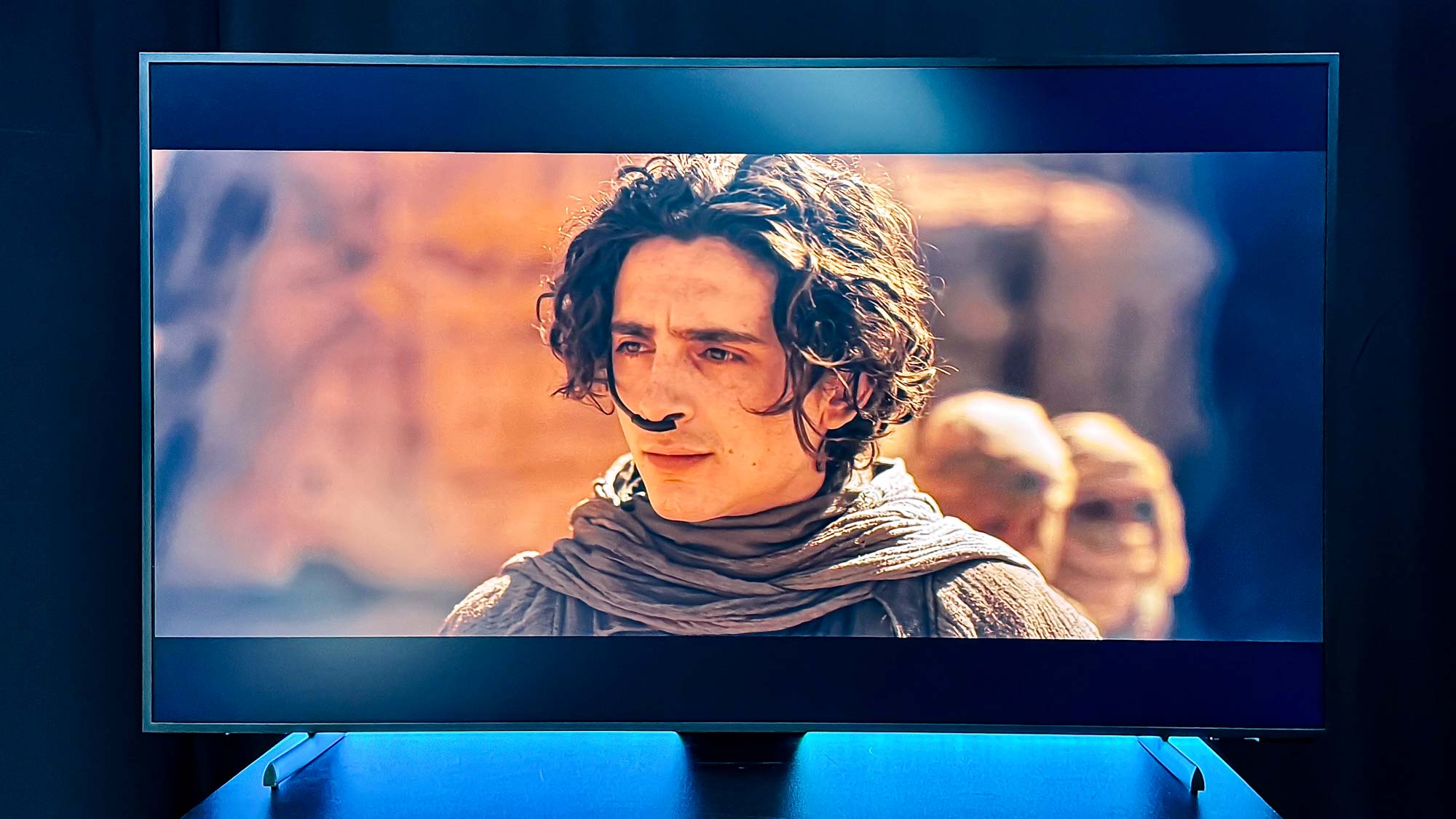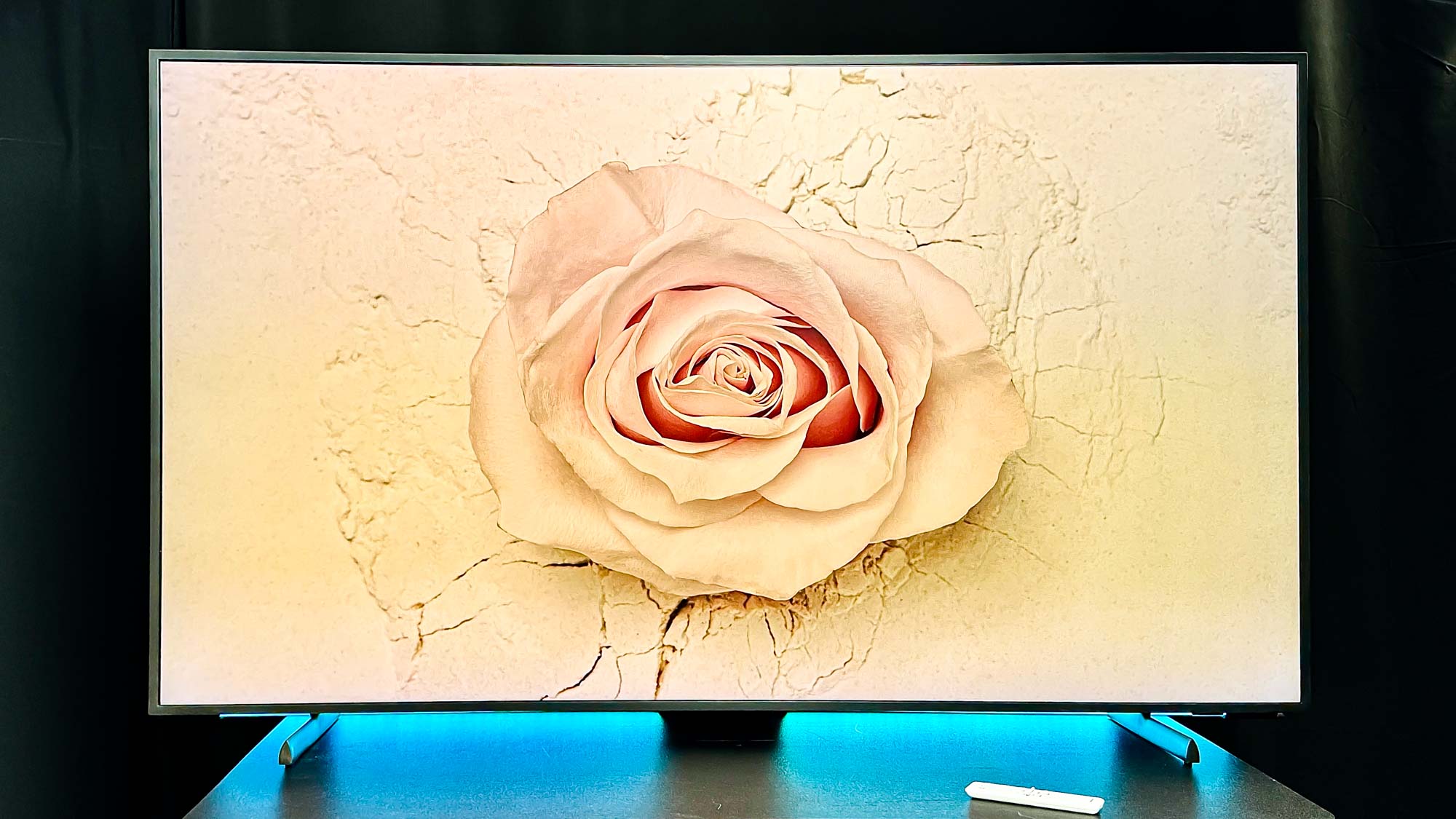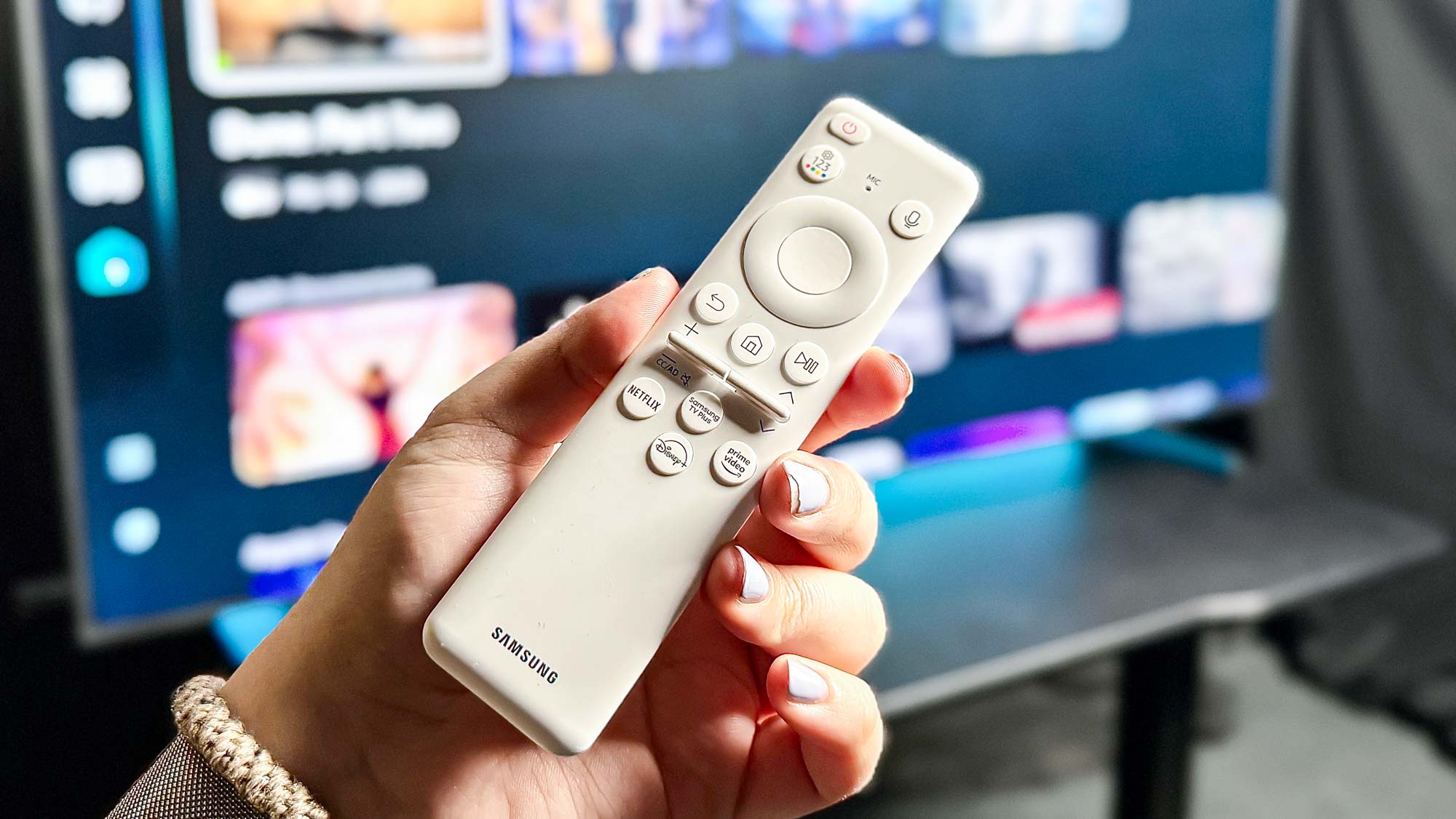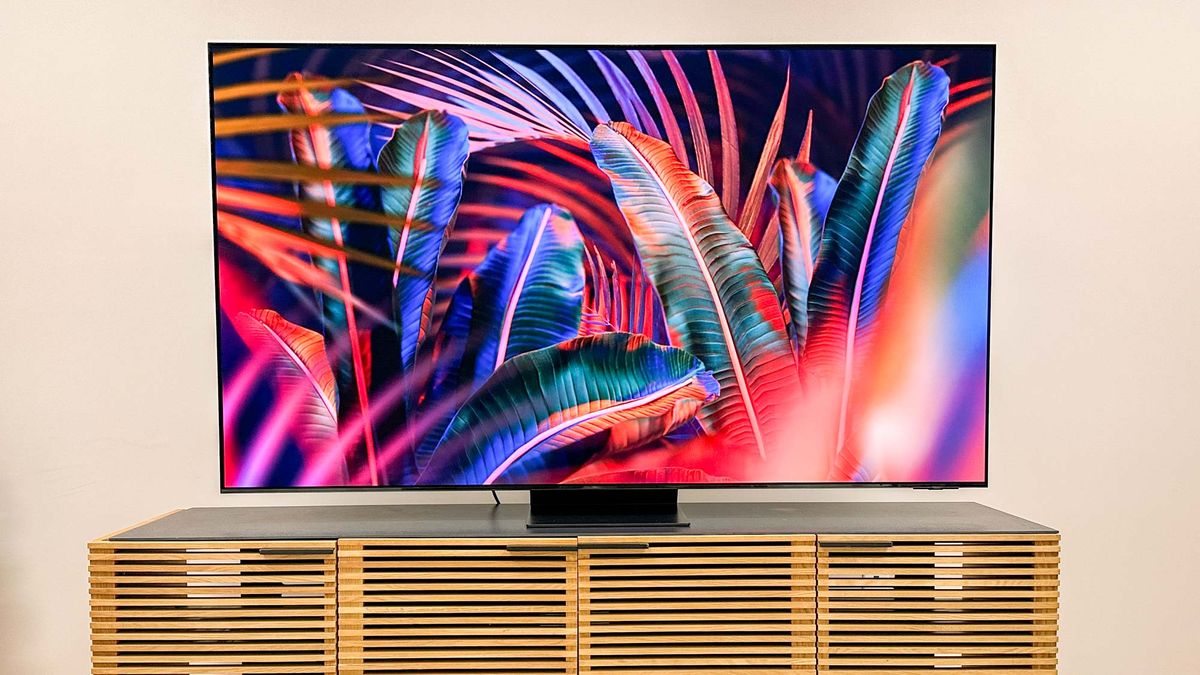
Best TV 2024: Our top picks from LG, Samsung, Sony and more
At Tom’s Guide, we’re always hunting for the best TV. As new models come out, we put them through a rigorous testing regiment, all to help you make the best decision you can possibly make when shopping for a new OLED or QLED TV. We test all the top TVs each year — close to four dozen of them — and these are the 4K TVs that we recommend.
What are we looking for when we review the best TVs? We want everything that you want: great picture quality, rich sound, easy setup, and all of the smart features available today. We take all those metrics and weigh them against the price of the TV to help you decide what’s worth your money.
So what are the best TVs available now? The top spot now belongs to the Hisense U8N, the successor to last year’s award-winning Hisense U8K. It faces some stiff competition from Samsung and LG (the LG C4 OLED also has a spectacular screen), but the U8N offers the best price-to-performance ratio.
That said, the year’s not done yet and we’re scheduled to get the Hisense UX (2024), TCL QM8 (2024), Samsung S95D and Samsung QN90D in for review soon. With that said, expect this list to evolve in the coming weeks, so keep stopping back to see all the best TVs 2024 has to offer.
To evaluate each TV, we test them in our labs and in the real world, measuring everything from color reproduction and color accuracy to lag time for gaming performance. Plus, we gauge picture and sound quality by watching some of the most popular shows and movies.
The quick list
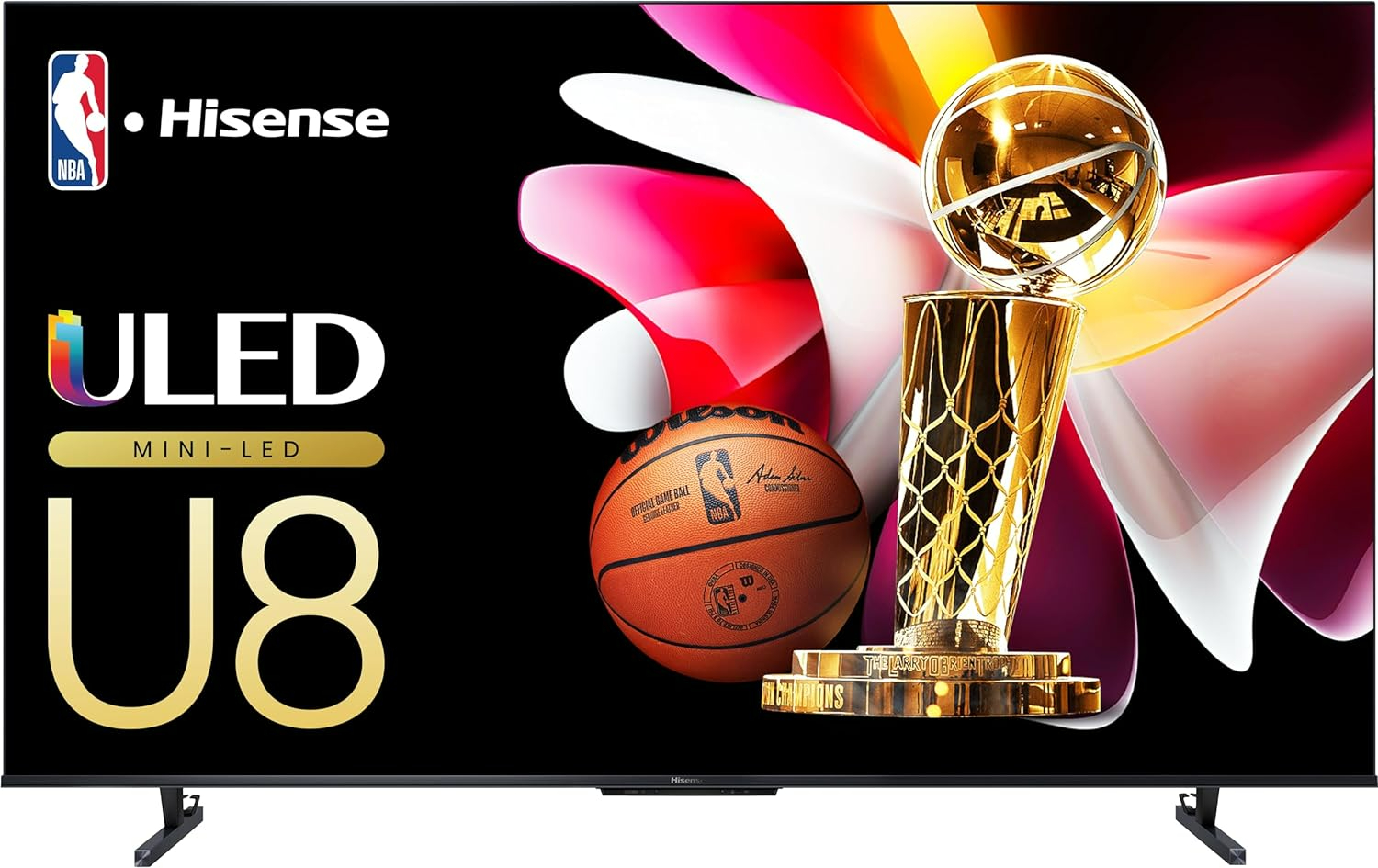
Picture ★★★★★
Features ★★★★★
Value ★★★★★
The Hisense U8N’s strong specs sheet translates to beautiful real-world results. It produces some of the brightest HDR scenes we’ve ever seen, and its color reproduction is second-to-none.
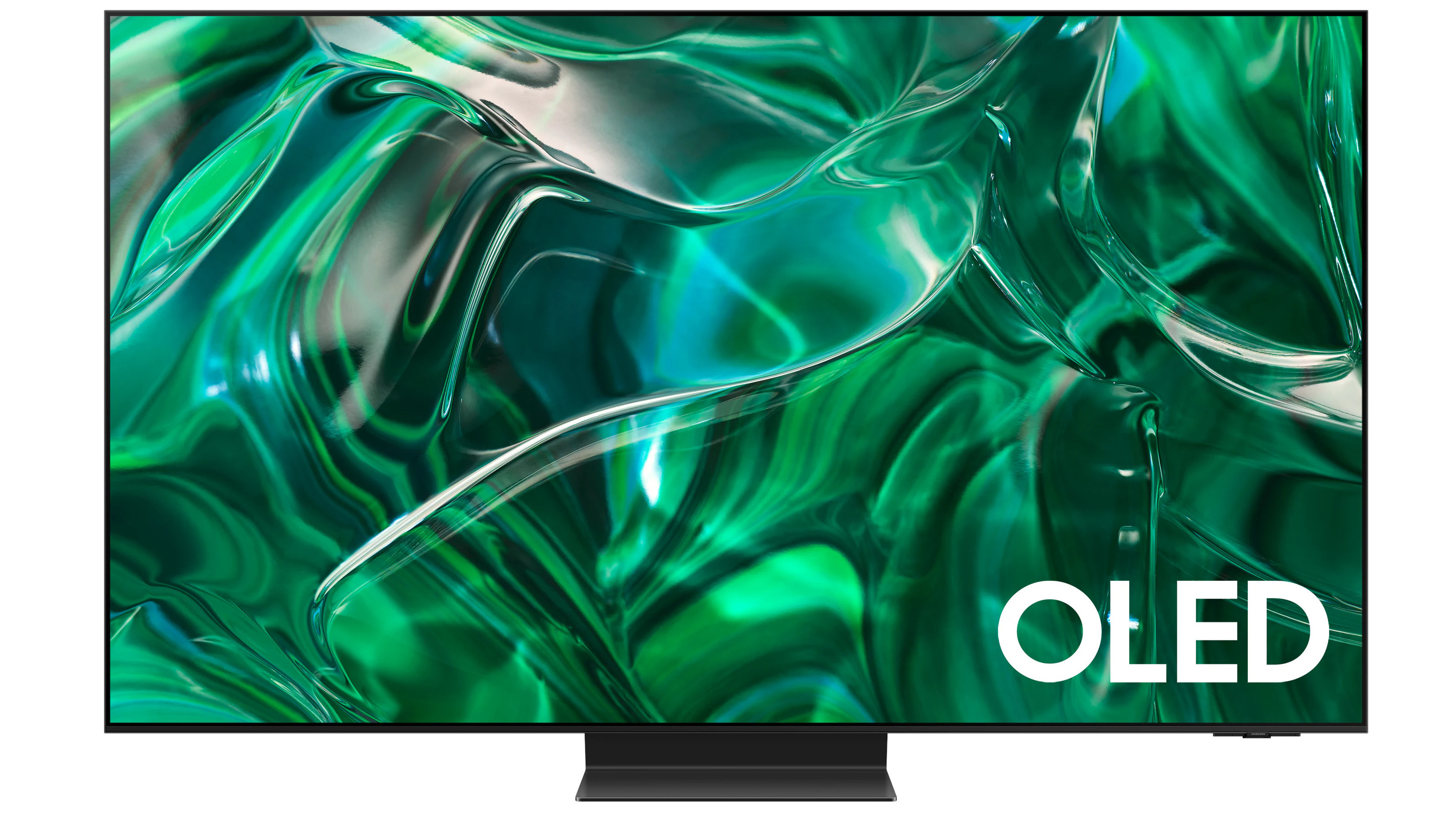
Picture ★★★★★
Features ★★★★★
Value ★★★★☆
Despite some tough competition from the Sony A95L and LG G3, the Samsung S95C is currently the best OLED TV thanks to its above-average brightness and wonderful color reproduction.
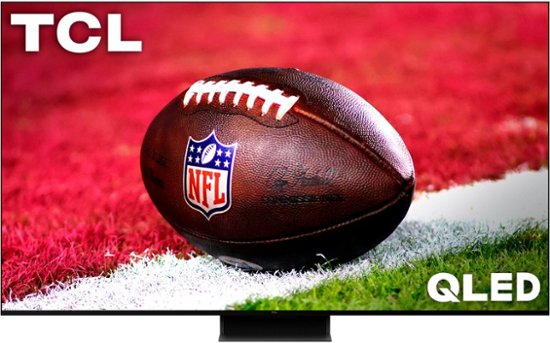
Picture ★★★★☆
Features ★★★★☆
Value ★★★★★
The award-winning TCL 6-Series is no longer around in 2023, but the new QM8 model hits all the same notes — and, thanks to some recent discounts, can be found for under $1,000.
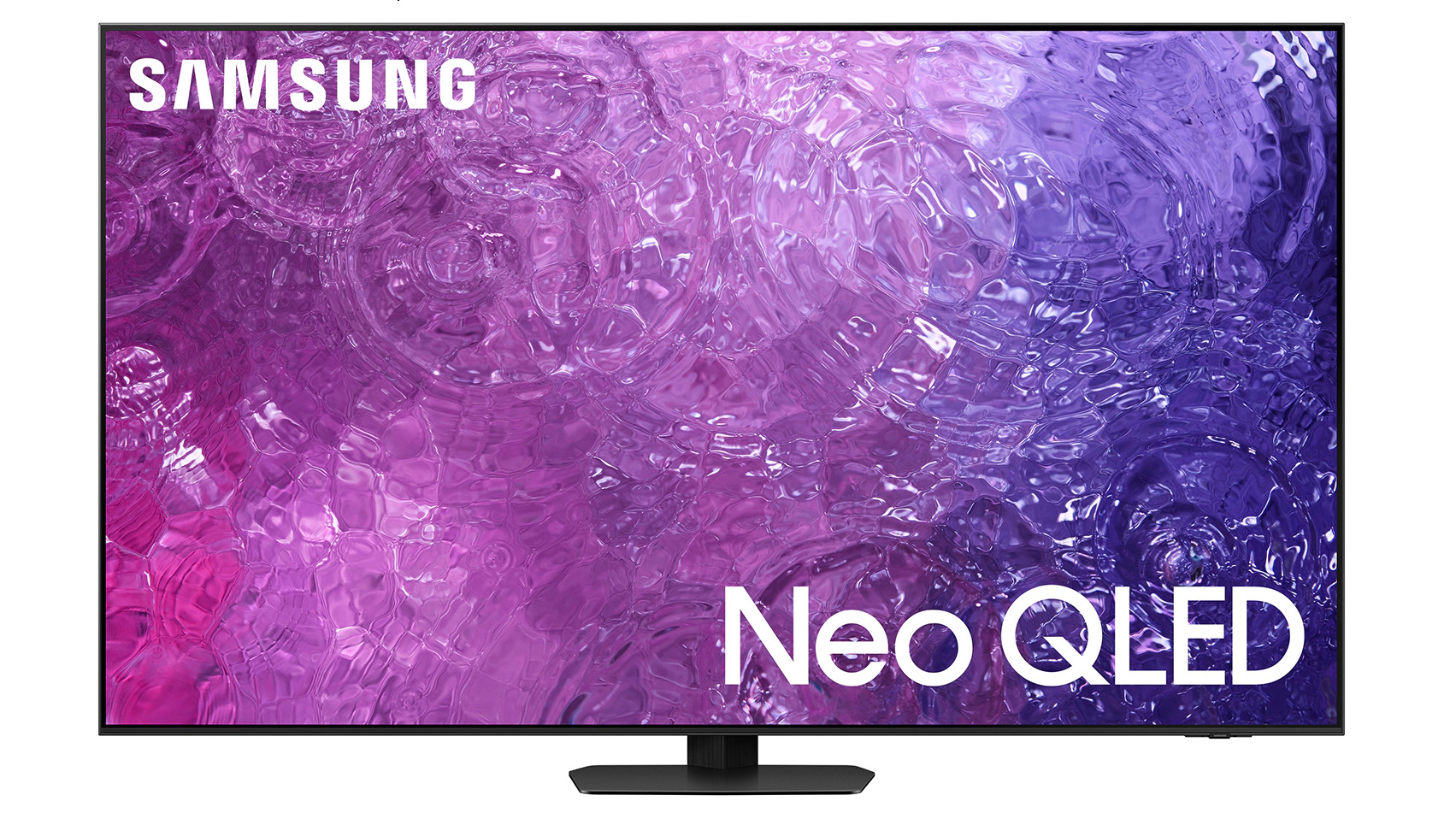
Picture ★★★★★
Features ★★★★☆
Value ★★★★☆
The Samsung QN90C Neo QLED TV is the best TV for brightness. With strong HDR brightness, ample viewing options and top-notch picture performance, we highly recommend it.
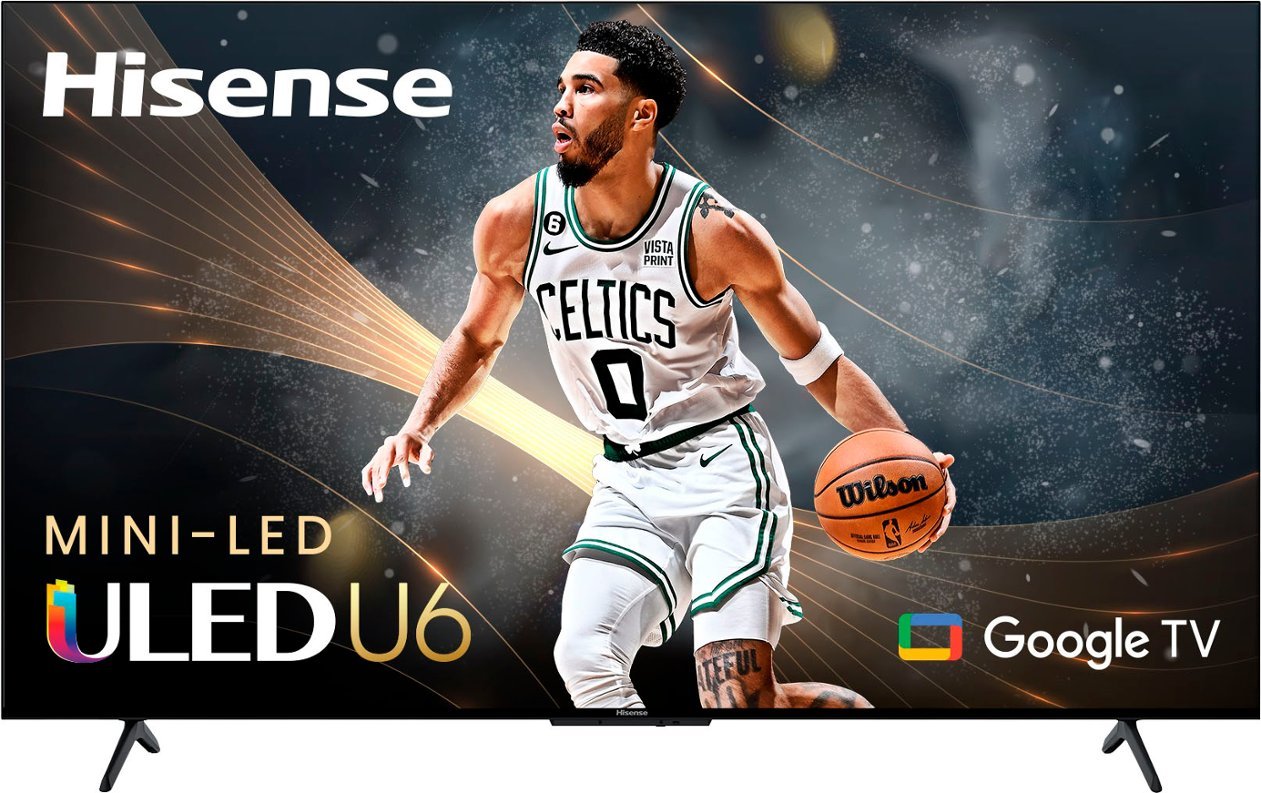
Picture ★★★☆☆
Features ★★★★☆
Value ★★★★★
If you don’t want to spend thousands on a new TV, the Hisense U6K is a great budget pick. Its Mini-LED backlighting offers spectacular contrast while its quantum dot filter ensures well-saturated colors.
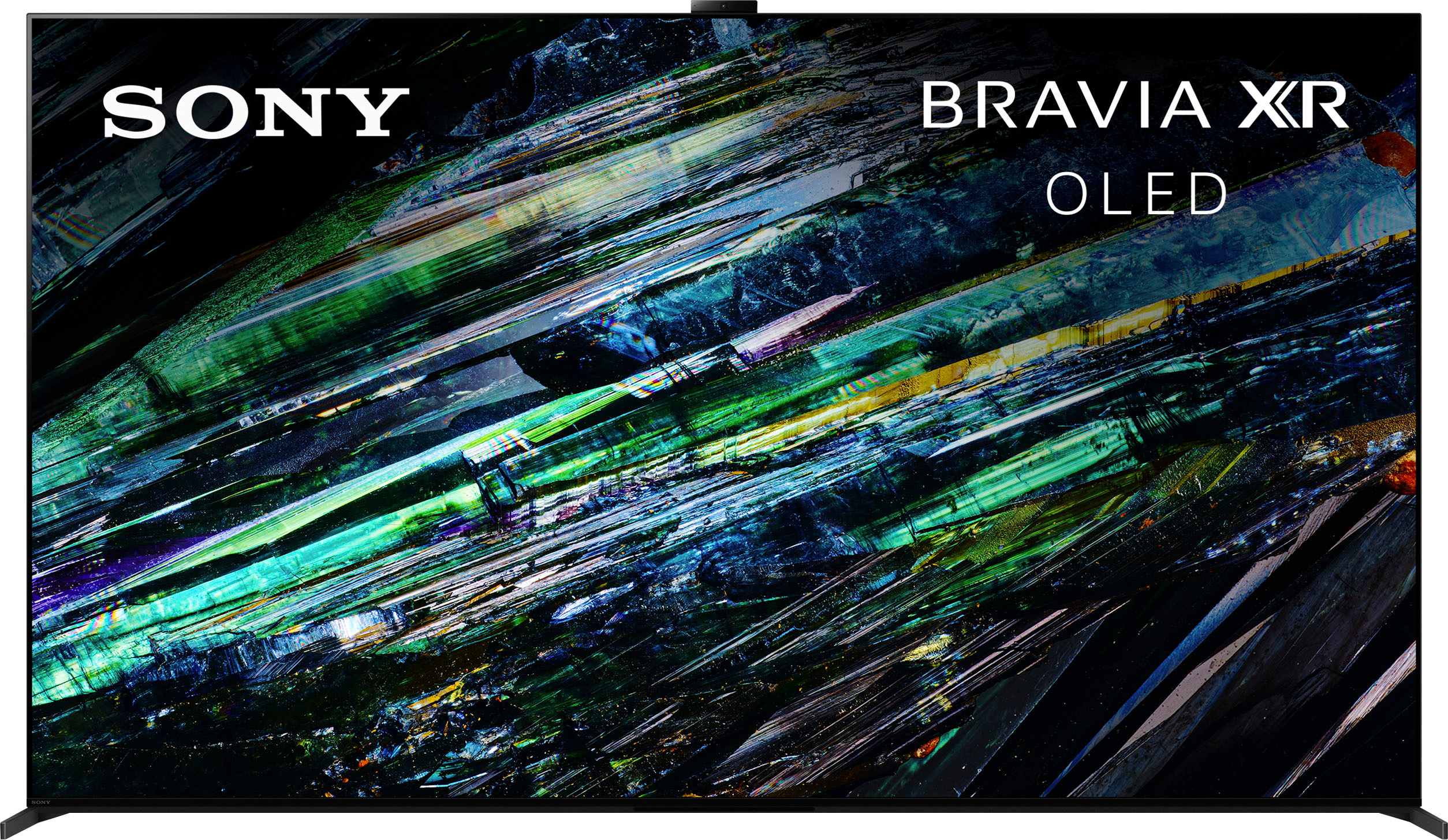
Picture ★★★★★
Features ★★★★★
Value ★★☆☆☆
It’s the most expensive TV on our list, but the Sony Bravia XR A95L is the best looking TV in 2023. It’s the most advanced set the company produces and comes fully loaded with the best features.
Click to view more products…
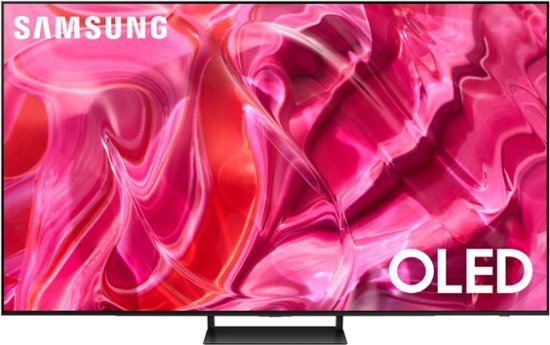
Picture ★★★★★
Features ★★★★☆
Value ★★★☆☆
The Samsung S90C OLED offers HDMI 2.1 allowing for VRR, ALLM, and up to 144Hz rates giving you just about everything you would ever possibly need from a gaming TV.
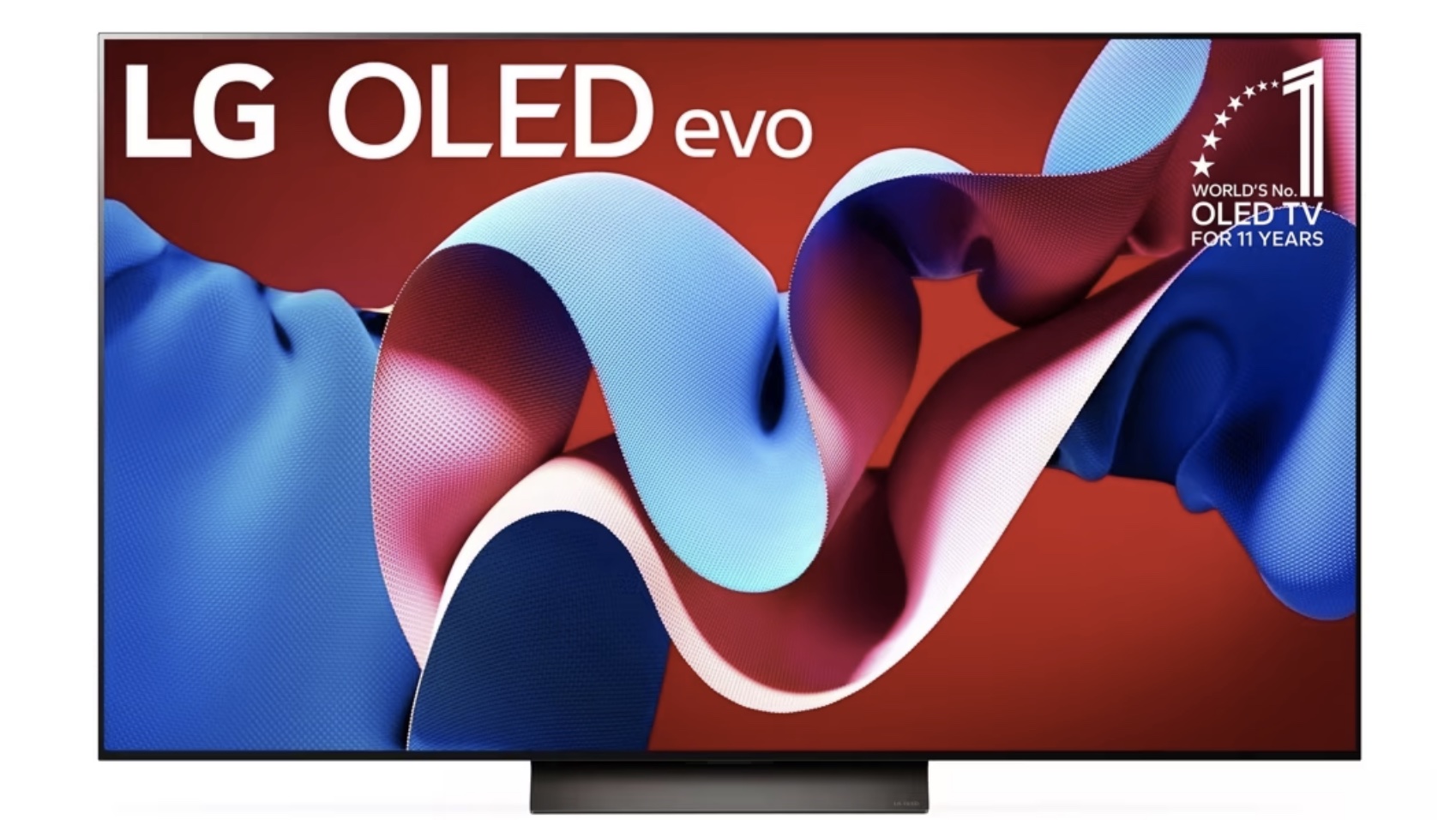
Picture ★★★★☆
Features ★★★★☆
Value ★☆☆☆☆
It’s not cheap, but the LG C4 OLED delivers an incredible picture performance. We’re anxiously awaiting a price drop, but if you’re after a luxury OLED TV with perfect black levels and 1,000 nits of brightness, look no further.
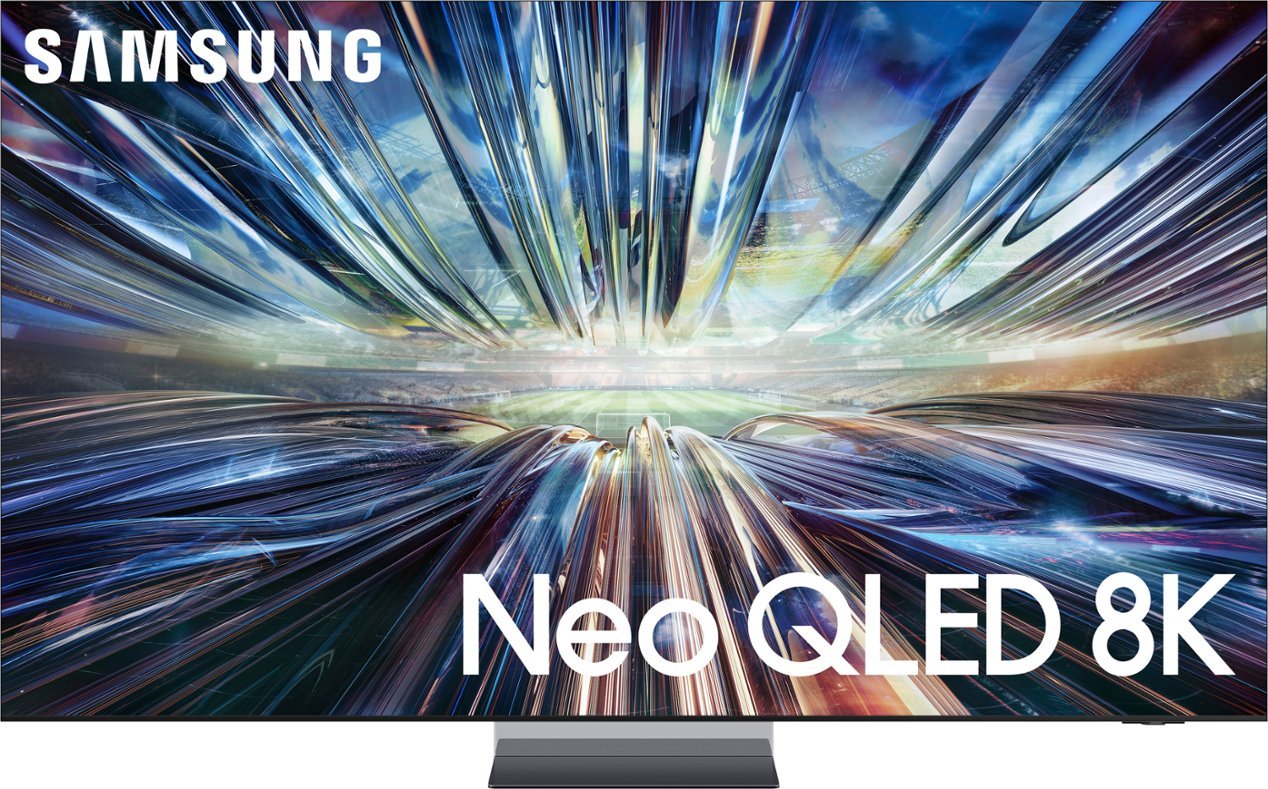
9. Samsung QN900D Neo QLED 8K TV
Picture ★★★★★
Features ★★★★☆
Value ★★☆☆☆
The Samsung QN900D is the top 8K TV of 2024. It offers stunning AI-enhanced picture quality and an improved Tizen smart platform. It’s pricey, but absolutely jaw-dropping.
About the author

Nick Pino
My name’s Nick and I look after our guides to the best TVs, best OLED TVs and best 4K TVs. Most of my day is spent watching and evaluating new screens from LG, Samsung, Sony, Hisense, TCL and Vizio. I have 10 years of experience in AV, and before I joined Tom’s Guide I was formerly the Senior Editor, TV and AV at TechRadar. I love helping people find the perfect TV, so please feel free to reach out over email or tag me on Twitter and I can help you out.
What we’re currently testing: The Sony Bravia 9 is a mini-LED set that looks to give OLED TVs a real run for their money; we were impressed when we first saw it. The LG G4 OLED crushed our lab tests, so we can’t wait to see how it performs during everyday use. Is the Roku Pro Series a better, cheaper version of Samsung’s The Frame? We’ll find out soon.
The best TVs you can buy today
Best TV
Buy it if
✅ You want a Mini-LED TV for its performance: Its peak brightness exceeds any TV around that price, and its color reproduction is as good as some of this year’s best TVs.
✅ You use Google devices and services: Google TV is smart and well-rounded, especially for those in Google’s ecosystem, and who already use services like Google Assistant.
✅ You want a TV with good sound: Audio performance is a lot like the HDR performance — it’s great. The U8N’s 2.1.2 speaker system is plenty powerful for most medium-sized living rooms.
Don’t buy it if:
❌ You care about color accuracy: Unfortunately, you’ll need to do some calibrating to get the most accurate color as its out-of-the-box settings are slightly oversaturated.
❌ You want the best AI upscaling tech: Hisense really nails the hardware side of things, but its upscaling and motion processing algorithms aren’t as good as Sony’s, LG’s or Samsung’s.
❌ You’re a console gamer and want a future-proof TV: Currently, the U8N offers enough HDMI 2.1 ports for both the PS5 and Xbox Series X consoles. But down the road, as more consoles, PCs and media players need HDMI 2.1 ports, you’re going to have to make some decisions which systems connect to which HDMI ports.
The bottom line
📺 The Hisense U8N ULED is the TV that I’d recommend to friends and family. It’s not only one of the most colorful TVs we’ve tested, but with a peak brightness clearing over 3,000 nits, it’s one of the brightest, too. There are better TVs out there, but they cost two to three times as much. ★★★★
What you need to know
It’s not shocking to us to see the Hisense U8 series at the top of our list — its predecessor, the Hisense U8K, held this spot for most of last year. But what makes the Hisense U8N even better than its predecessor is the uptick in brightness. This TV can output over 3,000 nits in HDR, which means you’re more than covered if you feel like TVs often look too dim and are hard to see. Its color vibrancy is also off the charts, second only to a Sony TV that costs three times as much money.
In short, the U8N offers performance we’d expect from a $2,000 TV for under $1,000.
So why doesn’t it get a perfect 5 out of 5 score from us? Well, two reasons. For one, Hisense just can’t compete with Sony, Samsung and LG in post-image processing. Motion processing and upscaling aren’t awful, and most of the time look really good everything considered, but other companies’ processing techniques are on a whole different level. You’re also stuck with just two HDMI 2.1 ports here.
Despite these flaws, most folks are going to be blown away by this TV.
Design: For our tests, we used a 65-inch model. At 56.2 pounds, it’s not the lightest TV nor the thinnest, but that’s to be expected from any non-OLED TV. To mount, make sure you grab a standard 600 x 400, M6 VESA mount. If you want to simply place it on top of an entertainment center, you can do that using the two included legs that come in the box.
Performance: You can’t watch the Hisense U8N and not be impressed. Not only does it nail the perfect brightness in every setting thanks to the incorporation of a light sensor, but its color vibrancy is next level. In our lab tests, conducted by Tom’s Guide’s Head of Testing Matthew Murray, the Hisense U8N was able to go toe-to-toe with the much more expensive LG C4 OLED and even surpasses it in some key metrics like SDR brightness and color saturation. It cannot be understated how impressive this is.
The only reason we can’t give it full marks are because of its upscaling and motion processing prowess. It’s not bad by any stretch of the imagination, but actors’ faces on the Hisense U8N might look a bit softer with hidden pores and clouds have soft edges rather than any real definition. Its lackluster motion processing can also create motion blur around the moving objects that’s extremely noticeable, even to the untrained eye. Finally, serious gamers might also notice the smallest bit of latency. Anything under 20 milliseconds is nearly imperceptible to the human eye, but there are other TVs that have a hair less input lag for a slightly more responsive feel.
Smart TV: We genuinely like Google TV as a smart platform and we think you will, too. It does a phenomenal job at surfacing new and recommended content for you to watch and it has access to all the main streaming services. Even better, it doesn’t really push you to use one service over another the same way an Amazon Fire TV might. The only potential issue is that you might notice a bit of a slowdown when you switch from one streaming app to the next.
Read the full review: Hisense U8N Mini-LED TV
| Attributes | Notes | Rating |
|---|---|---|
| Price | Strong performance for the price. | ★★★★★ |
| Design | A great-looking TV but not OLED-levels of thin. | ★★★★☆ |
| Performance | Shows and movies give off a serious ‘wow’ factor. | ★★★★★ |
| Smart TV | The best smart TV operating system on the market. | ★★★★★ |
Best OLED TV
Buy it if
✅ Outstanding brightness: The S95C’s peak brightness of 1,370 nits puts it solidly in LED territory.
✅ Great for gamers and sports fans: 120Hz native refresh rate with four HDMI 2.1 ports makes this great for both gamers and sports fans alike. This set pairs well with the PS5 and Xbox Series X.
✅ Neural Quantum Processor 4K: Samsung’s top processor provides excellent upscaling of HD content to Ultra HD, along with great motion processing.
Don’t buy it if:
❌ You care about Dolby Vision: Dolby Vision is, by far, the best HDR format. It’s tuned to match the brightness and black levels of each individual scene, so not having it on a TV this nice is a bummer.
❌Sound quality is lackluster: With a picture so phenomenal, it’s a bit disappointing that the sound isn’t as jaw-dropping. It’s not bad, certainly, but it lacks refinement.
The bottom line
📺 The Samsung S95C OLED is a jaw-dropping TV. If you have the money to buy one of the best TVs out there, the Samsung S95C deserves a look as it takes QD-OLED to new heights. ★★★★★
What you need to know
Samsung’s return to the world of OLED TVs has been a wild ride. It was one of the first manufacturers to make an OLED TV before dejecting the technology in place of QLED. Now, with the S95C OLED, Samsung proves it can do both perfectly.
Not only is its picture performance simply stunning, but when you’re not watching or using the TV, Ambient mode takes over and provides a carousel of aesthetically-pleasing animations and images. Samsung made Ambient mode mainstream, and though other TV brands have since introduced their own spin on it, we still like Samsung’s version the best.
We wish Samsung would implement Dolby Vision and maybe pump up the sound quality a bit more on the S95C, but overall, it’s still an incredible QD-OLED TV.
Design: The Samsung S95C is a premium model, through and through. It uses metal materials, a bezel-less screen and has an impressively thin panel. It’s even thinner than the S95B, measuring a mere 10mm thick. If you like your TVs slim and sleek, but still able to fit on a home entertainment center with ease, the S95C’s design is top notch. In terms of ports, the S95C has four HDMI 2.1 ports plus an ATSC 3.0 tuner.
Performance: Our reviewers loved the picture of the Samsung S95C OLED, citing its nuanced HDR performance, out-of-the-box color accuracy and wonderful black levels. In our tests, the S95C was able to reproduce about 141.5% of the Rec 709 color space in standard mode and a Delta-E accuracy score of 1.4 (with closer to 0 being best) in Filmmaker mode. For gamers, the S95C measured an excellent 9.2ms lag time, the lowest input latency of any TV we tested, and the set’s off-angle viewing is better than most, with the colors holding up well past the ideal 45 degrees.
Smart TV: Samsung’s Tizen OS is a bit of a mixed bag this year. It can be difficult to navigate (especially if you wan to make tweaks to your picture settings), but you can still find all the major streaming apps, plus plenty of free content from Samsung TV Plus. On the plus side, the S95C can act as a SmartThings hub. If you’re growing your smart home or embracing the Matter smart home protocol, this TV control all of your devices, even if your home uses gadgets from all different manufacturers.
Read the full review: Samsung S95C OLED
| Attributes | Notes | Rating |
|---|---|---|
| Price | A little pricey, but well-worth the cost of entry. | ★★★★☆ |
| Design | A familiar, yet stunning piece of hardware. | ★★★★★ |
| Performance | Better and brighter picture than previous OLEDs. | ★★★★★ |
| Smart TV | Tizen can be a bit finnicky. | ★★★☆☆ |
The best value TV
Buy it if
✅ You want a cheap TV that still looks good: For the best smart TV experience in a TV under $1,000, it’s hard to deny that the TCL QM8 is the best option around.
✅ You demand good image quality: This TV offers better color, brightness, and shorter lag times than the previous Roku model. Color reproduction was an impressive 99.97% of the Rec 709 color space.
✅ You want a TV that comes with Google TV: It’s also snappy, offering noticeably quicker and smoother operations than other platforms, including the sometimes slow Roku TV software that many TCL smart TVs use.
Don’t buy it if:
❌ You sit off-axis to the TV: You want to be sitting head-on with this TV. Sit too far off to one side, and you’re going to lose a significant amount of color saturation.
❌ You want great-sounding audio: The TV is only outfitted with a pair of 8-watt speakers that merely offer passable stereo sound and decent volume. You might want a good soundbar.
❌ You need more than two HDMI 2.1 ports: Although it has a refresh rate of 120Hz, only two of its HDMI ports offer full-spec 2.1 compliance for 4K/120fps gameplay.
The bottom line
📺 The TCL QM8 Mini-LED TV is a solid upgrade on the beloved 6-Series, and it deserves its spot on our list for offering incredible performance for a very reasonable price. ★★★★
What you need to know
It was a really close call between the Hisense U8K and the TCL QM8. Both TVs are extraordinary values for the money, and while we do think the Hisense U8K is the overall better pick, the TCL QM8 deserved a spot on our list as well. Like the Hisense U8K, the QM8 uses Mini-LEDs for better backlight control and quantum dots to enhance contrast and color. With up to 2,300 local dimming zones and TCL’s High Brightness Ultra Direct LED backlight, you’re going to get unbelievable contrast for an LED-LCD TV. We also really like the AIPQ Engine Gen 3 that helps upscale HD/SDR content for the QM8’s 4K screen as well as the TV’s numerous gaming features.
The only major drawbacks here are the TV’s 8W speakers that can feel a bit underwhelming and the lack of an ATSC 3.0 tuner that can be found in the Hisense U8K. The latter isn’t a deal-breaker, especially if you don’t plan on using a digital antenna, but it’s absence is still felt here.
Design: The QM8 may not have the beautiful slim design of the LG G3 OLED, but it’s certainly not a bad design, either. Its minimal bezel that measures in a less than an eighth-inch on all sides maximizes screen real estate. Beneath the bottom of the screen are physical controls as well as a switch for turning on or off the far-field microphone. The TCL QM8 offers four HDMI ports, however only two of them are HDMI 2.1-compliant, meaning you’ll have to choose which devices can pass 4K/120Hz signal and which ones can’t.
Performance: The QM8, like the U8K, is a good pick if you need higher-than-average brightness to combat ambient light. In our testing, the TCL QM8 was able to hit 1,348 nits in Movie mode with SDR content, a significant increase over other 4K HDR TVs that we’ve measured. With HDR content, the QM8 was able to hit above 2,000 nits in a 5%, 10% and even 25% window sizes. This brightness paired with the Mini-LED backlight offers great contrast that approaches OLED levels. Colors are vivid as well, with our tests showing that the QM8 can cover 80% of the BT2020 color spectrum. Just like the U8K, however, its out-the-box color accuracy leaves a lot to be desired with a Delta E score of 4.4614. With some tweaking, this number can drop significantly, but it’s worth noting that some colors might appear a bit oversaturated when you first start it up.
Smart TV: Like a lot of other manufacturers, TCL has shifted to using Google TV in its 2023 models, including the QM8. Google TV is clean and runs smooth on this model, and thanks to the remote’s built-in microphone and the TV’s integrated microphone, you can search for shows and movies using only your voice. If you want some privacy, you can turn off the voice assistant via a physical switch on the TV itself.
Read the full review: TCL QM8 Mini-LED TV
| Attributes | Notes | Rating |
|---|---|---|
| Price | Great value for your dollar. | ★★★★★ |
| Design | Its basic plastic construction does the job. | ★★★★☆ |
| Performance | Improved performance and a strong 4K HDR TV. | ★★★★★ |
| Smart TV | The best smart TV system on the market. | ★★★★★ |
The best QLED TV
Buy it if
✅ You want better brightness than OLED: OLED is the king of contrast, but any ambient light can wash out the picture. Samsung’s QLED TVs can handle more ambient light than almost any other TV because of its high peak brightness.
✅ Eye-popping colors and clarity: Yes brightness is important to counter glare, but it’s also important in color reproduction and clarity. Better brightness, brighter colors.
✅ Great for gamers: Most TVs on this list are great for gamers, but the Samsung QN90C might be one of the best for PS5 and Xbox Series X due to its low input lag.
Don’t buy it if:
❌ You care about Dolby Vision: Dolby Vision is, by far, the best HDR format. It’s tuned to match the brightness and black levels of each individual scene, so not having it on a TV this nice is a bummer.
❌ You’re afraid of your TV tipping over: The central stand doesn’t offer as much stability as we typically expect. Samsung transitioned to a hexagonal base design that uses less space, but that seems to have come at a cost.
The bottom line
📺 The Samsung QN90C Neo QLED TV has all the hallmarks of a premium TV: best-in-class HDR brightness, ample viewing options and strong picture performance. ★★★★★
What you need to know
The Samsung QN90C is the swiss army knife of TVs. It’s good at basically everything, from upscaling content to boosting brightness, and it’s available in pretty much every screen size fathomable. Whether you want a 43-inch telly for your office or guest bedroom, or you need an 85-inch behemoth for your living room, you can find a QN90C model to match. Like our top picks, the Samsung QN90C uses Mini-LED for better contrast and a higher peak brightness. Unlike our other top picks it has a slightly faster input latency and four full-spec HDMI 2.1 ports that can pass 4K/120Hz signal that make it a better pick for gamers.
The downside here is that you’re paying a lot more for this slight improvement on performance and its lackluster Tizen smart platform. It’s still worth considering for all those extras, but it doesn’t exactly provide the best value compared to our top picks.
Design: Visually, the Samsung QN90C won’t blow you away — its pillar stand is a bit ugly compared to other screens that use two wide feet, and its minimalistic design doesn’t do much to separate itself from the pack. The major difference between the QN90C and the slightly pricier QN95C model is Samsung’s One Connect Box that helps hide the wires running into the back of the TV. For a cleaner look, the QN95C really nails it, but you can achieve a similar effect on the QN90C with some carefully placed zip ties. The good news is that the QN90C has four HDMI 2.1 ports, one of which can be used as the eARC port for soundbars. For gamers, HDMI 2.1 ports enable 4K/120Hz pass-through as well as Auto Low Latency Mode and Variable Refresh Rate. Have we mentioned that this is a great gaming TV?
Performance: While other models from Hisense and TCL have finally caught up to Samsung in terms of peak brightness, the QN90C is a strong performer when it comes to light output. In the relatively balanced Filmmaker mode, the QN90C was able to reached 1987.34 nits in a 10% window. That’s roughly a 5% increase over last year’s excellent QN90B QLED and over twice the peak brightness of the LG C3 OLED that you’ll find a little lower on our list. As mentioned above, the Hisense U8K came close to the Samsung QN90C’s light output and the Samsung was able to best the U8K in terms of color accuracy right out of the box. The QN90C is slightly more expensive, but it doesn’t require nearly as much fiddling in the settings to get the color dialed in correctly.
Smart TV: There’s nothing outright wrong with Samsung’s proprietary Tizen smart TV platform. It’s fully functional with all the mainstream streaming services as well as a nifty smart home hub for any SmartThings devices you might own. If you don’t own any SmartThings devices, however, then Tizen really doesn’t present many advantages and its relatively complex settings menu can be confusing to navigate. Having some free content in the way of the Samsung TV Plus streaming service makes up for that slightly, but by and large we think Google TV is the better option to go for if we had the choice between the two platforms.
Read the full review: Samsung QN90C Neo QLED TV
| Attributes | Notes | Rating |
|---|---|---|
| Price | A bit more affordable than Samsung’s 2023 flagship TV. | ★★★★★ |
| Design | Flush bezels and 1-inch wide body. | ★★★★☆ |
| Performance | Best-in-class brightness and impressive performance | ★★★★★ |
| Smart TV | Not the best, not the worst. | ★★★★☆ |
Best Cheap TV
Buy it if
✅ You want a budget TV that looks great: Not that long ago, you got what you paid for with budget TVs but the Hsense U6 performs well outside its price range.
✅ You want a Mini-LED TV with awesome HDR: Hisense’s implementation of Mini-LED enables better contrast with above-par black levels and a quantum dot for color saturation.
✅ You want better black levels: The U6’s Mini-LED panel allows it to put dark shadows next to bright highlights without noticeable haloing and ensures a lower likelihood of the dreaded Dirty Screen Effect from non-uniform lighting elements.
Don’t buy it if:
❌ You’re looking for a gaming TV: Gamers might want to look elsewhere as the U6K’s 60Hz panel and lack of HDMI 2.1 ports mean it has a distinctly last-gen feel to it.
❌ You need great sound quality out of the box: The Hisense U6’s speakers are good for the price but aren’t going to blow you away.
❌ You want OLED quality at a discount: Is the picture as sumptuous as what you’d get from an OLED screen? No. But for a TV priced this way, there was absolutely nothing to complain about.
The bottom line
📺 The Hisense U6K delivers an outstanding picture for its price tag. Its Mini-LED backlighting offers spectacular contrast while its quantum dot filter ensures well-saturated colors. For under $500, this is the best TV you can buy. ★★★★
What you need to know
Hisense is a brand that’s all about providing value for your dollar, hence why the U8K is so highly rated on Tom’s Guide. The Hisense U6K keeps a lot of what makes the U8K so great, namely its Mini-LED backlight that enables better contrast with above-par black levels and a quantum dot filter for enhanced color saturation. The Hisense U6K trades the U8K’s native 120Hz panel for one with a 60Hz refresh rate but, considering that this TV is often priced below $500, it’s a tradeoff most folks should be fine with.
So why isn’t this one the best TV of the year if it’s such a good value? The U6K doesn’t have as powerful of a processor on-board, which means that upscaling and motion processing are mediocre at best. Its lack of any HDMI 2.1 ports means gamers will be stuck at 4K/60, and there’s no ATSC 3.0 tuner here, either.
For under $500, it’s the best cheap TV we think you can buy, but it’s important you know why it’s sitting down here on our list instead of at the number-one spot.
Design: Admittedly, the Hisense U6K probably isn’t the chicest TV you’re ever going to lay eyes on — its legs are plastic and 3.1 inches deep, it doesn’t sit exactly flat on the wall. Still, I don’t think it looks awful, either, especially when you’re actually watching something on the TV. The bigger issue in terms of design is the HDMI 2.0b ports and 60Hz panel that won’t maximize the graphical prowess of the Xbox Series X and PS5. If you’re not a gamer, this isn’t a huge deal, but it’s something that we noted in our review.
Performance: You’ve heard it before, but Mini-LED is clutch here, helping the Hisense U6K punch well above its weight in terms of performance. The U6K doesn’t have as many full array local dimming zones as the U8K to control the brightness, but we were impressed by how bright the U6K got in our testing. It was able to beat out pretty much every other budget model minus the Roku Plus Series. The downside, again, is that upscaling can be hit-or-miss here, and you’ll probably notice some fuzziness as you watch HD/SDR content from an OTA antenna or cable box. The other issue we had is that, despite this being a strong performer with color when we sat directly in front of it, you will notice some desaturation as you move off-axis, so maybe don’t buy this as your main living room TV.
Smart TV: The Hisense U6K is another Google TV, much like the higher-priced U8K. All of the same benefits apply here in terms of the personalized recommendations and nicely curated rows of new content. The U6K was a bit sluggish out of the box, which was a bit worrying, and we did hit some snafus when perusing Disney Plus. It’s not guaranteed that you’ll have the same problems, but it’s worth mentioning here just in case you run into them yourself.
Read the full review: Hisense U6K Mini-LED TV
| Attributes | Notes | Rating |
|---|---|---|
| Price | Compared against its more expensive rivals, the Hisense U6K is an outstanding bargain | ★★★★★ |
| Design | The Hisense U6 does little to hide its budget aesthetic. | ★★★☆☆ |
| Performance | The Hisense U6K delivers an outstanding picture for its price tag. | ★★★★☆ |
| Smart TV | While it looks exactly the same here as it does on upper-end models, Google TV does run a bit more…erratic on the Hisense U6. | ★★★☆☆ |
The best QD-OLED TV
Buy it if
✅ You want the best of both OLED and QLED: QD-OLED tech delivers a TV that’s both bright and has near-perfect contrast.
✅ Design really matters to you: It bears repeating: the screen measures a trifle more than one-eighth inch thick. If you like that whole floating screen look, this TV has it.
✅ You want good out-of-the-box sound: The A95L can’t beat a standalone soundbar, but music, dialogue, and sound effects sound crisp and clear.
Don’t buy it if:
❌ You care about low latency: Gamers might be turned off by the above average amount of input latency (16.2ms).
❌ You want more than two HDMI 2.1 ports: Unfortunately, the Sony A95L only has two full-spec HDMI 2.1 ports available.
❌ You want a cheap TV: Cutting-edge technology often comes at a premium cost, and the A95L is no exception.
The bottom line
📺 The Sony Bravia A95L OLED TV would’ve taken the crown had it not be the most expensive TV we tested in 2023. If you have a wallet thick enough, though, everything you watch on it will be a transcendent viewing and listening experience. ★★★★★
What you need to know
If someone asked us which TV we’d buy for ourselves if we had an unlimited budget and a perfect spot in a dedicated home theater space, the Sony Bravia A95L OLED would be the TV we’d pick. It is so genuinely good, that it could put any other TV on this list to shame…too bad the pricing starts at around $3,000 for one.
So what makes this Sony OLED the superlative screen? It offers the best picture performance with outlandish color vibrancy and accuracy, plus a surprisingly high peak brightness and a beautiful-sounding audio system. Its Google TV platform is identical to all the others on this list, but PS5 owners will get an expanded set of features by pairing their Sony console with this Sony TV.
It’s a shame it’s so bloody expensive because this is a TV that everyone in the world deserves to see at some point in their lives.
Design: The A95L is a conundrum: It’s a beautiful TV that’s super slim (about 0.25 inch at its thinnest point) but also relatively big generally speaking. It’s also heavier than other OLED TVs (the 65-inch model weighs 51.6 pounds) and you’ll never know fear until you’re lifting a paper-thin, $3,000 TV to get it onto a wall-mount. Once it’s properly mounted, however, it looks great. The major downside here is that the HDMI 2.1 ports are limited in availability here with only two to choose from.
Performance: You wouldn’t know it by its name, but the A95L is a QD-OLED TV that uses both organic light-emitting diodes (made from Deuterium, most likely) and a quantum dot filter applied in between the screen and the panel. In combination, they offer better color vibrancy and expanded brightness on top of the perfect black levels you’ve come to expect from OLED. What Sony adds to the mix, however, is its Cognitive Processor XR that is absolutely brilliant at processing motion and upscaling sub-4K video. It’s arguably the best processor in the world right now, though I’m sure Samsung and LG would wildly disagree with that statement. The results speak for themselves, however. Anything and everything looks incredible on the A95L. From games to movies and TV shows, there’s not one thing that doesn’t look great on it.
Smart TV: Good TVs are made even better by their smart platforms, and the A95L is no exception. Thanks to the A95L’s system on a chip (SoC), Google TV runs fast and fluid, with no noticeable hitches or slowdowns. With so much power under the hood we’re not expecting to see any problems for years to come, either.
Read the full review: Sony Bravia XR A95L
| Attributes | Notes | Rating |
|---|---|---|
| Price | It’s steep. | ★★☆☆☆ |
| Design | This set’s svelteness is impressive. | ★★★★★ |
| Performance | Next-generation picture quality (mostly). | ★★★★★ |
| Smart TV | Simple, clean, and rich. | ★★★★★ |
The best TV for gaming
Buy it if
✅ Eye-popping colors and clarity: Yes brightness is important to counter glare, but it’s also important in color reproduction and clarity. Better brightness, brighter colors.
✅ Great for gamers: Most TVs on this list are great for gamers, but the Samsung S90C is the best for PS5 and Xbox Series X due to its feature set, price and low input lag.
Don’t buy it if:
❌ You care about Dolby Vision: Dolby Vision is, by far, the best HDR format. It’s tuned to match the brightness and black levels of each individual scene, so not having it on a TV this nice is a bummer.
The bottom line
📺 The Samsung S90C OLED is all about giving gamers everything they need for the best possible experience. Four HDMI 2.1 ports? Check. VRR, ALLM, 9.2ms response time? Check. Check. Check. ★★★★★
What you need to know
Gamers are spoilt for choices when it comes to picking out a TV. In fact, you could make the case for each and every model on this list that they’d be the best TV for gamers. But the Samsung S90C is the only one that meets every single spec: a low input lag (9.2ms), HDMI 2.1 allowing for VRR, ALLM, and up to 144Hz refresh rates. That’s not even mentioning the new game-streaming options found on Tizen.
Obviously, the S90C is good for more than just gaming — it uses a QD-OLED panel after all. The result here is the same as in the Sony A95L OLED: Colors are more stunning and contrast looks incredible. The S90C does have a few trade-offs compared to the higher-end S95C (the OneConnect Box being one of them) but the price difference isn’t worth paying in our opinion.
For gamers, this is the be-all, end-all model.
Design: It might not have the OneConnect Box, but the Samsung S90C’s still stocked up with four HDMI 2.1 ports that gamers will appreciate. The Samsung S90C’s pedestal design has a few tricks up its sleeve, too. For one, it gives the illusion that the TV’s floating in the air, an illusion that’s all the more believable given the less than one-eighth inch bezel that surrounds the screen. Samsung’s marketing name for this is “Infinity Display”, but I think its minimalist beauty speaks for itself.
Performance: Gaming is going to be a real bright spot for the Samsung S90C (we couldn’t resist trying Starfield on it when we reviewed it) but it’s no slouch when it comes to playing both SDR and HDR movies. In all of the above scenarios, the S90C demonstrated outstanding color reproduction, wide color gamut coverage and above-average brightness. Upscaled content looked great as did motion handling (after a bit of tweaking). There are few TVs that can compete with the Samsung S90C in terms of sheer performance prowess, so it gets full marks here.
Smart TV: Samsung’s Tizen system is more than adequate for daily viewing. It has all the creature comforts you’d expect alongside a full roster of apps, and it ties into the Samsung SmartThings ecosystem, allowing you to control some smart home devices straight from the TV. We found its deeply convoluted settings difficult to use and expect you might feel the same way if you’re someone who likes to tweak the picture, but for the most part Tizen gets the job done.
Read our full Samsung S90C OLED review
| Attributes | Notes | Rating |
|---|---|---|
| Price | It’s not cheap, but it’s fairly priced for its feature set. | ★★★★☆ |
| Design | You’d never know this beautiful TV was built with gamers in mind. | ★★★★★ |
| Performance | Rich, precise colors and searing brightness. | ★★★★★ |
| Smart TV | Tizen can be a bit unwieldy to navigate. | ★★★☆☆ |
The best mid-range TV
Buy it if
✅ You want a cutting-edge OLED: It’s not cheap, but this new OLED has all of the latest LG tech inside it, including the newest processor and webOS smart platform.
✅ You plan on next-gen gaming: For gamers, the LG C4 OLED is a fantastic option, offering support for Variable Refresh Rate (VRR) and Auto Low Latency Mode (ALLM), HDMI 2.1, blue light reduction, Dark Room mode, and compatibility with Nvidia G-Sync and AMD FreeSync Premium.
✅ You care about how your TV looks: A Mini-LED offers great performance on a budget, but the LG C4 OLED is the real deal when it comes to visual fidelity. It offers beautiful black levels and well-saturated colors.
Don’t buy it if:
❌ You don’t mind settling for an older C3 OLED: If owning the latest and greatest TV isn’t the most important thing in the world to you, you can score the LG C3 OLED for a pittance. The C4 is brighter than the C3, sure, but given that there’s a $1,000 difference, the C3 is a stellar value, comparatively.
❌ You want a TV with an ATSC 3.0 tuner: Without an ATSC 3.0 tuner, you won’t be able to watch NextGen TV broadcasts from your local stations.
The bottom line
📺 The LG C4 OLED doesn’t surpass the Samsung S95C or Sony A95L OLED, but it offers all the cutting-edge 2024 technology in a visually appealing package. ★★★★
What you need to know
The LG C4 OLED is the latest and greatest model in LG’s vaunted C-Series, following last year’s LG C3 OLED and 2022’s LG C2 OLED. It features a few key improvements to LG’s webOS platform and support for a 144Hz refresh rate when connected to compatible gaming PC hardware. So why is it at the #9 spot? In short, it’s expensive. It will drop down in price later this year, but it’s currently $2,700 for a 65-inch screen.
At that price we expect peak performance, and thankfully here the C4 delivers. It offers the beautiful black levels you expect from an OLED of this caliber, as well as wide color gamut and fantastic off-axis viewing. Its brightness is great compared to older OLED models, finally crossing the 1,000-nit threshold, but it’s not going to put up the same numbers that the Samsung S95C or Sony A95L can.
In a year where Hisense, TCL, Samsung and even LG itself didn’t deliver such homerun TVs, the LG C4 would’ve been the best TV money could buy — unfortunately the competition is tough and at its current price, the C4 has a hard time justifying its exorbitant cost.
Design: The LG C4 OLED keeps the pedestal stand design we’ve seen on OLED TVs previously. It’s pretty chic, stable and helps hide all the cords. Check, check, check. If you want to go for a wall-mount, the C4 uses 300x200mm VESA holes but just be careful — the OLED screen is less than a quarter-inch thick at its narrowest point and pretty fragile. Get some help before you try to lift it. In terms of ports, you’ve got four full-spec HDMI 2.1 ports with ALLM and, as you’d expect, it comes with LG’s polarizing Magic Remote.
Performance: While we’re still waiting for META Gen 2 panels to make their way into the C-Series OLEDs, the LG C4 OLED does receive a small uptick in brightness that helps it clear over 1,000 nits in HDR mode. Speaking of HDR, the C4 supports HLG, HDR10 and Dolby Vision, but not HDR10+. That’s not a huge deal in practice considering the plethora of Dolby Vision content and dearth of HDR10+ movies, but it’s something to keep in mind. Powering the show is LG’s new α9 AI Processor 4K Gen7 processor that uses AI to do object-based upscaling. It’s fancy tech that helps movies and shows look their absolute best. Gamers will also appreciate the 144Hz support when connected to a gaming PC, while console gamers can rest easy knowing that their PS5 and Xbox Series X will play at 4K/120 with no extra steps.
Smart TV: The LG C4 OLED is one of the few TVs with access to webOS 24 that brings a number of new features to the table including a number of accessibility features. The UI has been streamlined for this year, and there’s even an option to turn off all advertising in the settings. It doesn’t have the same amount of polish as Google TV, but webOS is chockfull of apps and comes with both Apple AirPlay and Chromcast Built-in as standard. It’s pure usability, baby.
Read the full review: LG C4 OLED
| Attributes | Notes | Rating |
|---|---|---|
| Price | This TV needs a price cut ASAP | ★★☆☆☆ |
| Design | In a word: Beautiful. | ★★★★★ |
| Performance | A wonderful picture with so-so sound quality. | ★★★★☆ |
| Smart TV | The only TV on the market with webOS 24. | ★★★★☆ |
The best 8K TV
Buy it if
✅ You want exceptional realism and punchy HDR: Want high peak brightness? Samsung’s delivered a TV that could inspire you to wear sunglasses indoors.
✅ You want a great gaming experience: Sporting four HDMI 2.1 ports, the QN900D is more than equipped to handle the next-gen demands of consoles like PS5 and Xbox Series X.
✅ You’re ready for 8K (or at least very nicely upscaled 4K): There will always be a difference between native 8K and upscaled 4K content, but the QN900D makes that difference as miniscule as possible thanks to its high-end AI-powered processor.
Don’t buy it if:
❌ You’re waiting for 8K content: Native 8K content is still incredibly rare, but thankfully 4K content looks great upscaled for larger screen sizes.
❌ You need Dolby Vision: Unfortunately, there’s one checkbox the QN900D doesn’t tick, and that’s support for Dolby Vision. If you aren’t someone who pays for the highest tier of Netflix or play games on Xbox Series X, that might not matter, but for a lot of folks this is a deal-breaker.
❌ You want an affordable TV: At launch, the 65-inch version of the Samsung QN900D cost $5,000. For that price, you can get other (albeit-non-8K) TVs in an 85- or even 98-inch screen size. The QN900D isn’t an awful value given its performance, it’s just pricey.
The bottom line
📺 The Samsung QN900D Neo QLED 8K TV is a showstopper. It’s at the top of its class, and one of the very few 8K TVs we can whole-heartedly recommend given its phenomenal upscaling and great gaming performance. If it’s in your budget, it’s worth it. ★★★★★
What you need to know
8K TVs are the future. At some point, 8K content is going to arrive and folks who bought into the technology early will have front row seats to the show. Unfortunately, it’s like buying a ticket to next year’s movie premiere — you might have front row seats but you simply have no idea when it’s going to start.
But, while you wait, the Samsung QN900D is a fantastic all-around performer that harnesses the power of artificial intelligence for better upscaling and color accuracy. In our tests, the QN900D’s Delta-E measurement (a metric that tracks how close to ‘perfect’ a TV’s colors are and where lower is better) was a 1.8413. That’s OLED levels of color accuracy, and there’s no tradeoff in brightness. We measured a maximum brightness of 2,338 nits in Movie mode, with even higher levels of brightness in Dynamic…not that we recommend watching content in Dynamic mode.
So why isn’t it higher on the list? For starters, it’s just incredibly expensive. Because of its price and advanced feature set, it’s not something I recommend to friends and family, and I really only recommend it to the most discerning cinephiles who have both the space and critical eye to appreciate the picture.
Design: The Samsung QN900D is another example of Samsung’s Infinity Display at work. You’ll barely notice the bezels once content starts playing, and the pedestal design helps to make the QN900D look every bit as futuristic as the picture. I especially appreciate its 6.2.4-channel system that delivers an immersive audio experience without the help of any external speakers. In terms of ports, all the essentials are here (all HDMI 2.1, of course) and they all connect in a neat orderly fashion to the OneConnect Box. Five stars on design.
Performance: Design aside, you’re buying an 8K TV for the performance, and it’s here the Samsung QN900D really shines. I’ve already talked about its high peak brightness, critical for daytime viewing and to emphasize bright details in HDR content, but I have to hand it to Samsung for its work on color accuracy and input lag. What’s going to be more controversial here is Samsung’s liberal application of AI upscaling that can, at times, deviate from the director’s intent. Film grain can be completely removed from scenes that were supposed to have it, and colorists who spent days and weeks color-grading movie scenes aren’t going to love the fact that the QN900D can skew those colors to be more saturated than they intended. For some, the AI-enhanced look is going to feel like the future of TV viewing. For cinema purists looking for the most accurate depictions of their favorite films, it’s likely going to be a bridge too far.
Smart TV: Last year’s version of Tizen wasn’t my favorite, but the 2024 iteration seems to have restored a lot of the usability of Samsung’s smart TV platform. For instance, changing picture modes can be done without exiting what you’re playing, and there’s now a bigger emphasis on recommendations that apes some of the work Google has been doing with its Google TV platform. Adding apps to the homescreen still requires a Samsung account, which is annoying, but overall this is a solid release and one that most folks will be happy with.
Read the full review: Samsung QN900D Neo QLED 8K TV
| Attributes | Notes | Rating |
|---|---|---|
| Price | Expect to pay a lot for this great 8K TV. | ★★☆☆☆ |
| Design | The QN900D is without peer in terms of industrial design | ★★★★★ |
| Performance | AI upscaling won’t be everyone’s cup of tea, but we think it’s absolutely jaw-dropping. | ★★★★☆ |
| Smart TV | Samsung listened to complaints and this year’s Tizen is a great one. | ★★★★★ |
TV benchmarks: comparison
| TV | Peak Brightness (tested) | Delta-E (tested) | BT2020 Color Volume (tested) | Input Lag (tested) |
| Hisense U8N | 3397.96 nits | 3.2403 | 81.92% | 13.1ms |
| LG G3 OLED | 1360.79 nits | 1.8611 | 72.49% | 9.2ms |
| TCL QM8 | 2344.55 nits | 3.232 | 76.5% | 16ms |
| Samsung QN90C | 1546.55 nits | 2.2404 | 77.15% | 9.2ms |
| Hisense U6K | 525.14 nits | 3.5783 | 80.98% | 10.2ms |
| Sony A95L OLED | 1260.79 nits | 2.856 | 89.56% | 16.1ms |
| Samsung S90C | 1072.64 nits | 1.3184 | 78.23% | 9.2ms |
| LG C3 OLED | 819.9 nits | 1.3908 | 73.95% | 9.1ms |
| Samsung QN900D | 2338.15 nits | 1.8413 | 70.83% | 10.4ms |
When testing TVs we use an X-Rite i1 Pro spectrophotometer, a SpectraCal VideoForge Pro pattern generator and Portrait Displays’ Calman calibration software.
But what do these numbers mean, exactly?
Peak Brightness: This metric measures the peak luminance of the screen. Basically, it answers the question, “how bright can this TV get?” We measure this with a 10% window at the TV’s max brightness. Why 10%? This is about the size of a really bright object, like the sun, that you’d typically see in HDR content. Up to a certain point (around 2,000 nits), the higher the number, the better your picture-viewing experience will be.
Delta E: Remember from math class that a delta value measures the difference between two numbers. What we’re measuring here is the difference between the “perfect” color (for instance, red) and the color that the TV produces. The lower the Delta E, the more accurate the colors on the TV are.
BT2020 Value: BT2020 is a color gamut – i.e. a range of colors. The higher percentage, the more coverage a TV has. There are a number of other color gamuts we could measure against (Rec709 and UHDA-P3 are also pretty common gamuts in the TV world) but BT2002, also known as Rec2020, is the current gold standard.
Input lag: This last one is easy to understand – it’s the metric that measures how long it takes for a signal from an HDMI device to show up on the screen. It’s an important metric for gamers who want the most responsive TV. Most gaming monitors have less than a 1ms response time, while a really good gaming TV will be right around 9ms. Anything less than 20ms is almost imperceptible, but some gamers say that they can feel a difference in the gameplay.
Also tested…
What you see above are the best TVs we tested, but not the ONLY TVs we tested. While other sites might have best-of lists like ours, they typically only test a half-dozen TVs per year. At Tom’s Guide, we test dozens of TVs — some of them come from the manufacturers on loan, but a healthy amount of them we buy ourselves. That said, not every TV is going to make this list.
Here’s a few TVs that we’ve tested recently that, while good in some select use cases, didn’t make the cut.
How to choose the best TV for you
While the above list can tell which TV is the best based on empirical data, that TV might not be right for you because of the screen size, the screen brightness, the sound output, the resolution and/or the supported HDR formats. You might want a 50-inch TV that’s ultra-bright to compensate for the amount of ambient light in the room, which means an OLED TV might not work for you.
We have extensive shopping advice, like our TV buying guide and figuring out what size TV you should buy. And if you still have questions about smart TV features and capabilities, check out Smart TVs: Everything you need to know.
Need a quick tutorial on TV technology? Here’s a short primer.
Screen sizes: This is probably the best place to start when buying a TV. If you plan on wall-mounting the TV, measure the dimensions of the wall space you want to fill. Having the length, width and diagonal measurement will quickly and easily eliminate 80% of the TVs on the market. If you plan on putting it in a cabinet or on a stand, measure the width of where the TV will sit, and use that to start shopping.
Brightness: The common wisdom for buying a TV is that, the brighter the room is, the brighter of a TV you’ll want to buy. Why? Well, ambient light can wash out color saturation or, worse, lead to glare on the screen. Ultimately the amount of glare will depend on what type of TV you buy (OLED TVs with a glass screen are more reflective than, say, QLED TVs with an anti-glare screen), but a good rule of thumb is that OLED TVs are usually better in light-controlled rooms while bright LED-LCD TVs work better in brighter rooms with more ambient light.
Refresh Rate: If you’ve ever looked at a TV box, you’ll probably see some weird marketing terms like Motion Rate 240 or 480, or something ridiculous. These don’t mean anything. Well, they do, sort of – but it’s purposely obfuscated. All TVs available right now have one of two native panel refresh rates: 60Hz or 120Hz. These numbers tell you how quickly a TV scans and replaces each pixel in a second. 60Hz is 60 times in one second. 120Hz is 120 times in one second. You want a higher number if you want smoother motion (i.e. you plan on watching sports or playing games).
Ports: We generally recommend opting for more ports, so that you never have to manually unplug and re-plug HDMI cables to switch from your streaming device or Blu-ray player to your game console or other device. Three ports is common, but nicer TVs usually have 4 HDMI ports. You’ll also want make sure at least one is HDMI 2.1; our guide to the best HDMI 2.1 TVs can help here. (Still confused? Check out TV ports explained: What all those HDMI, USB and other connections are for?)
Smart software: Almost all TVs are smart TVs these days. That means they come stocked with some sort of smart platform, whether it’s Roku TV, Google TV, WebOS, Tizen or something else. Each one has its own strengths and weaknesses, so be sure to familiarize yourself with them before you buy. Some of the TVs are among the best Alexa compatible devices and best Google Home compatible devices you can own, so pay attention to which smart home platform the sets offer before choosing.
Price: Lastly, you’ll need to factor price into the equation. For the most part, unfortunately, better TVs do cost more. Just like PCs, TVs that are more expensive come with better specs and more features, so typically paying less for a TV means making some sort of sacrifice. The good news? You can find smaller 4K TVs (42-, 43- and 50-inch TVs) that sell for less than $500, which will spare you some cash for some of the best soundbars or best streaming devices to go with your set.
However, you’ll want to pay more for features like HDR support and a decent number of HDMI ports. Generally speaking, premium 4K TVs can sell for thousands of dollars, but we find that the sweet spot for superior performance and value is right around the $2,000 mark. 8K TVs, on the other hand, run from pricey to mortgage-your-house levels of expensive, with new smaller models selling for as little as $2,000, but can cost upwards of tens of thousands.
How we test the best TVs

Matthew Murray
Matthew Murray is the head of testing for Future, coordinating and conducting product testing at Tom’s Guide and other Future publications. He has previously covered technology and performance arts for multiple publications, edited numerous books, and worked as a theatre critic for more than 16 years.
How we test TVs
Evaluating TVs is about more than just kicking back to watch a movie. We lab test every TV, measuring color gamut, color accuracy and brightness to objectively see which sets are the best for these key indicators. We also test for lag time – a key detail for gaming – measuring to the millisecond how long it takes for content to travel from the original source to the screen. We use these results to make numbers-based comparisons about color and display quality.
We also spend time with each set for real-world evaluation and see how our lab results translate into more subjective performance. We also compare sets side by side and view samples from the latest movies, specialized test patterns that highlight strengths and weaknesses of each display, and a range of content across several sources. With that information, we can tell you which TVs look best, sound best and offer the best viewing experience.
Finally, we evaluate the smart TV functions and apps for each TV, looking at everything from the remote control design to the voice interaction.
We put all of that data together with our real-world testing and stack it against the price of the TV. The result is a score that we feel best represents the totality of that model, and how well it stands up against its contemporary rivals. A TV that scored highly five years ago may not score as highly against a newer model, but we do our best to update reviews when newer models become available.
Read more
Get a broader view of everything the best TV brands have to offer by checking out the full roster of 4K and 8K TVs from every major manufacturer.
If you’ve narrowed down your TV shopping by brand, price range or screen size, check out our picks for the best TVs in each.
Best 4K TVs | Best smart TVs for streaming | Best TVs for gaming
The best TVs under $1000 | The best TVs under $500
Best TV brands | Best Samsung TVs | Best TCL TVs | Best LG TVs | Best Roku TVs | Best Google TVs | Best OLED TVs | Best QLED TVs | Best 8K TVs | Best HDMI 2.1 TV | Best TVs with ATSC 3.0 | Best TVs with Chromecast
The smallest smart TVs | Best 43-inch TVs | Best 50-inch TVs | Best 55-inch TVs | Best 65-inch TVs | Best 70-inch TVs | Best 75-inch TVs | Best 85-inch TVs
And don’t forget to watch out for the latest TV reviews.

